Universally loved, Hoi An is that kind of fairy tale place that will leave a lasting mark on you whether you stop for a day or get sucked in for longer, as its charm is instantaneous. The old seaside trading post on the coast of Vietnam is so well preserved that you’ll feel like you’re reliving history, a delightful 16th century scene unfolding everywhere you look.
You enter the Old Town, a UNESCO World Heritage site, by crossing over the scenic Thu Bon River, catching sights of passing colorful riverboats and locals commuting.
The pedestrian old town is a quiet haven of winding streets filled with ancient Vietnamese and colonial French beauty you’ll want to get lost into forever (nearly impossible seeing how small the town is!).
Western influences mix harmoniously with Chinese and Japanese ones throughout the town, a most stunning fusion of cultures rarely seen anywhere else, at least in such an original state.
The symbol of Hoi An and most popular attraction is this beautiful Japanese Covered Bridge built by the Japanese in the 18th century, once the dominant trading force.
It was originally constructed to connect the Japanese community with the Chinese Quarter, and today marks the beginning of the old town’s main street.
Peaceful Tran Phu Street is lined with galleries and cafes and is a typical example of a narrow pedestrian street, lined with tightly arranged wooden houses on each side.
Despite the shade from the mature trees, it gets pretty steamy here after 10am with Hoi An’s tropical climate and you’ll notice how quiet the streets are around midday with only the brave tourists exploring the town.
It’s an ideal excuse to step into one of the lovely tea salons, my favorite one being the Reaching Out Tea House just down from the Japanese bridge.
There’s so much to love here, from the exquisite interior to the serene vibe and the delicious offerings. Reaching Out is made even more special by being setup as a social enterprise program to provide employment to speech or hearing impaired Vietnamese, hence the complete silence and gentle staff floating around, giving an eerie feel to the place.
Whether you opt for the leafy backyard or any of the adorable reading nooks inside, you’ll be able to cool off and rejuvenate in the prettiest oasis in town.
I found my spot in this street-facing corner and settled down for a long reading session.
Wooden blocks on each table are used to communicate with the staff to request water, the bill, etc., eliminating the need for any sound – how lovely.
The tea sampler is a dream, both aesthetically and gustatory, and their homemade cookies and bites will keep you satisfied until lunch with tasty options like coconut ribbons with green tea powder, black sesame shortbread and passion fruit sablés.
For coffee addicts, the excellent Hoi An Roastery has an enviable corner location as well as AC!
When you’re ready to brave the sun again, there are a few very colorful temples worth visiting, reminders of the town’s original Chinese trading roots.
One of the most famous, Quan Cong Temple, has a majestic entrance of red and gold and elaborate statues depicting mythical creatures.
When hunger strikes, one tiny block away is Anthony Bourdain’s pick for best Banh Mi at Banh mi Phuong.
Roasted pork, liver pate, pickles, mayo, fresh herbs… all stuffed into a freshly baked and crusty baguette made on site.
For less than a $1 you can have a taste of what Mr Bourdain declared ‘symphony in a sandwich’ – and he was pretty right about that!
Round out and extend your lunch by finding the hidden Secret Garden, a beautiful restaurant tucked down a tiny alley with a shaded courtyard, a fountain, and classic Vietnamese dishes.
Linger over their extensive menu, opting for one of their light dishes of shrimps and mint rolled in cucumber slices…doesn’t get more summery than this!
The bustling central market is an unmissable stop even if its just to stare at the multitude of fresh vegetables and exotic fruits on offer.
Get an extra dose of culture by briefly stopping by the Trung Hua Assembly Hall, the home of Chinese immigrants’ social gatherings and now a school and place of worship.
I found the side street of Le Loi particularly inspiring and kept going back to it at various times of the day.
The colors and local scene offered many photo ops and the crowds were minimal.
It is also home to the very cool CocoBox, a healthy juice bar/coffee shop/farm stand which is a sure sign of Hoi An’s rising popularity and hipness factor.
Healthy smoothies, freshly baked goods and homemade spreads are reason enough to stop for breakfast or an afternoon snack.
They also sell produces and local packaged goods from jam to skincare products, an ideal place to stock up on original souvenirs to bring back home.
After wandering for a while along the old streets packed with historic houses, you’ll luckily stumble upon a few that are open to the public such as the old house of Tan Ky.
An old merchant house, it is as well preserved as the town itself and displays some beautiful heirlooms from the previous generations of traders.
Everywhere you look are examples of exquisite wood carvings in every door and pieces of furniture.
Another popular one is Duc An’s House with an even more authentic representation of how life was back then.
The walls are lined with photographs and paintings from the 19th century, giving a real history lesson of what was once Hoi An’s most successful bookshop and centre of anti French activity. You can almost hear the Communist propaganda seeping through these walls…
Tackling the other major artery of Hoi An is a bit more food focused as Nguyễn Thái Học holds some of Hoi An’s best restaurants. The Cargo Club is a classic for the tourist set with its comfortable interiors and mix of expertly crafted Vietnamese and Western dishes.
Hoi An style fried wontons topped with shrimp
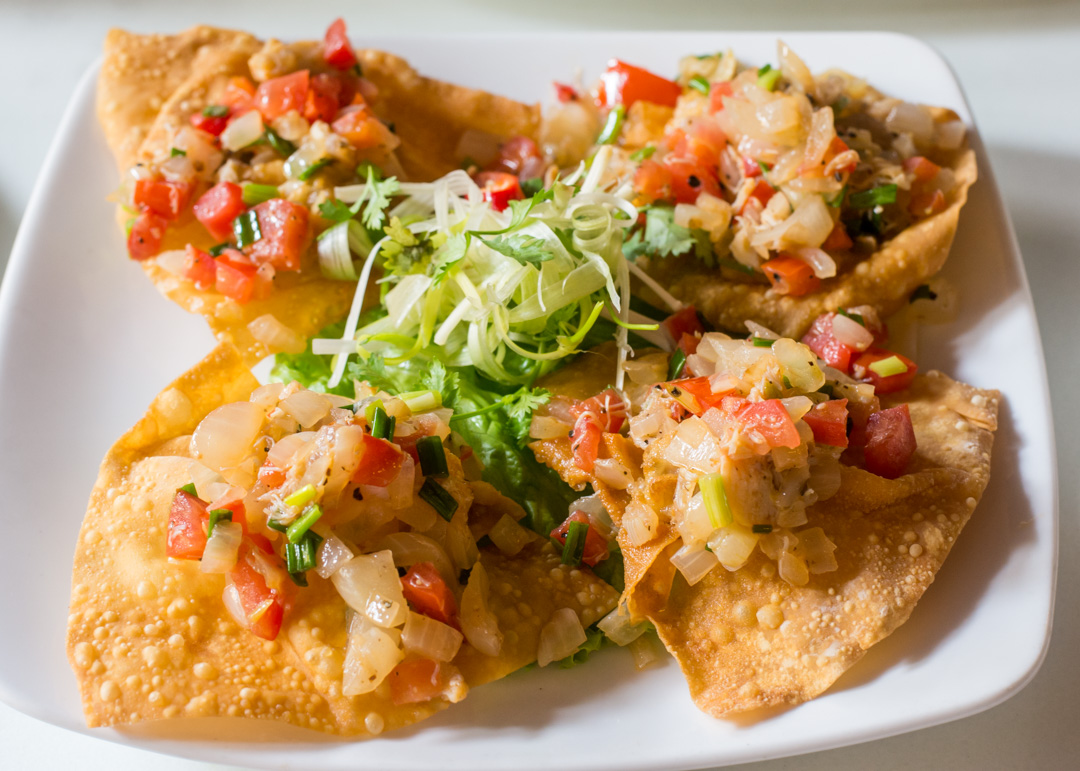
Banana flower salad with shrimps
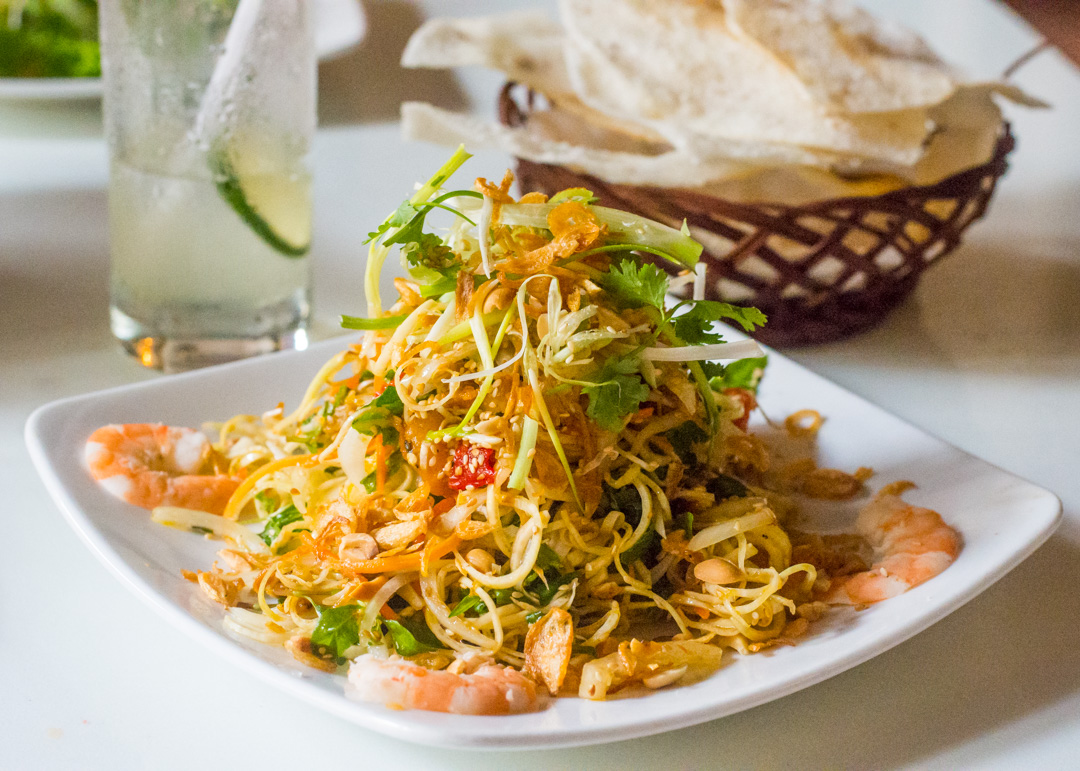
With one of the most photogenic street scene in plain view you’ll end up lingering there for a while…
…which is good since The Cargo Club is also an excellent bakery and the best place to curb your sweet cravings in town.
Mango tart with cold Vietnamese coffee
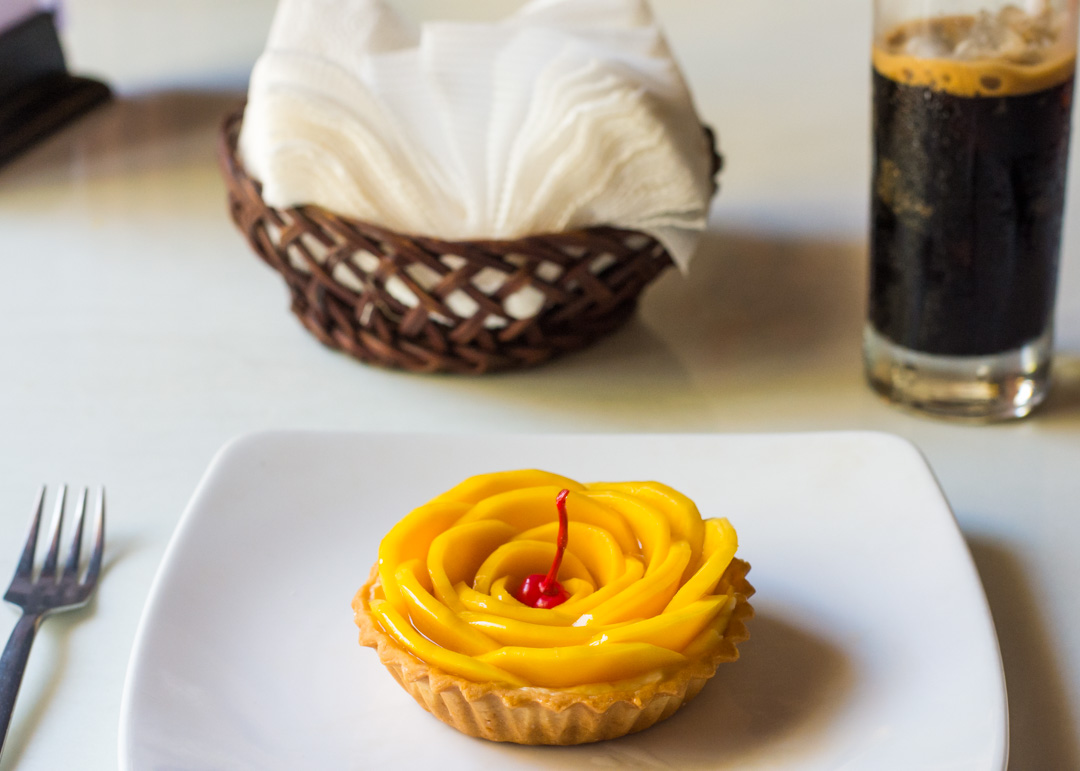
For a memorable local meal when you’re especially starving, you can’t beat Ba Le Well, a real institution which you can find down a back alley (there will be plenty of signs ensuring you can’t miss it!).
The street cooking is in plain view with banh xeo (savory friend pancake) ready to be distributed.
People come to Ba Le Well for one thing: the barbecued pork, served up satay-style, which comes with a whole table of rice paper wraps, heaps of fresh herbs, pickled vegetables, friend spring rolls and chili sauces for a one-of-a-kind ‘make your own roll‘ extravaganza. Wait for the staff to show you how it’s done, rolling is an art more complicated than it looks!
It’s a LOT of food and you’ll likely never finish and that’s OK…the tab will only run you under $5.
After eating so much it’s good to stretch your legs and feel the tiniest breeze, so a nice walk along the river is called for. Head out east away from the bridge for a gentle stroll.
After about 20 minutes you will have arrived at another of my favorite finds: U Café. Facing the river, the three-story building is 100% eco-friendly and totally opened to the outside.
As you go up, you’ll pass fish ponds, plants and lotus flowers and will eventually settle on the perfect chill out spot. Order a cold local lemonade made with organic mint and settle for the rest of the afternoon, until the sun becomes a bit more bearable.
Emerging from your afternoon break as the sun slowly starts making its way down is like stepping into an entirely different town. The bright, overly quiet Hoi An changes shape after 5pm as its streets fill up with throngs of locals and tourists, finally comfortable to walk around, browsing the galleries and doing their shopping.
The greatest frenzy is happening along the river though, as everyone gathers for the festivities surrounding the Full Moon Festival. It’s the most magical time to be in Hoi An as the town celebrates every 14th of the lunar month and I was lucky enough to time my trip right… 🙂
Food vendors set up along the water, selling everything from meat skewers to noodles to fried donuts.
I can vouch for the fried banana pancakes!
The river is filling up as much as the streets with locals offering rides on their boats.
Its a prime occasion for engagements, romantic photos and celebrations of all sorts and you could spend hours tenderly gazing at the loving couples gliding by.
Inside the Old Town, the streets are all marvelously decorated with colorful paper lanterns, casting the most festive of lights on the buildings and passersby.
Restaurant space is hard to come by with everyone out celebrating so you stand more chance at some of the bigger ones like the famous Morning Glory across from The Cargo Club.
It’s an excellent choice for sampling classic, home cooked Vietnamese dishes which the chef has redesigned from her grandmother’s recipes.
No visit to Hoi An would be complete without eating at least a serving of white rose dumplings. The shrimp dumplings made from translucent white dough are bunched up to look like a rose and unique to the city as well as being utterly delicious!
Among the many comforting dishes on offer I chose the umami-rich stuffed squid with pork, a real flavor bomb.
Another solid option though likely with a bit more wait is the excellent Miss Ly Cafeteria by the central market.
The family-run restaurant is one of the most welcoming in the city with Miss Ly’s husband managing the front house while his wife gets busy in the kitchen like she’s been doing for over 20 years.
Their tasting menu is the best introduction to the local cuisine, especially if you’re only here for a short time. You’ll start with the familiar white rose dumplings…
…then move on to fresh roasted pork spring rolls…
…followed by fried wontons topped with shrimps…
…and for the finale what is probably Hoi An’ signature dish: Cao Lau, a mix of chewy noodles, smoky pork, crisp greens, crunchy croutons and refreshing bean sprouts.
After seeing so many of them hung above every streets and buildings, it would be hard to leave without buying one of Hoi An’ signature silk lanterns.
The brightly lit shops will certainly attract you like a moth to a flame and your only issue will be to make a choice among the hundreds of different shapes and colors…good luck!
After dinner, everyone heads back to the riverfront where the real celebrations are happening.
You’ll be accosted by locals from every side selling cardboard lotus flower-shaped lanterns with a candle inside to be released on the river.
Those floating lanterns are a beautiful sight and are meant to bring happiness, luck and love… and I’m thinking also quite a bit of rubbish! Nevertheless, embrace the magic of the moment which you likely won’t see anywhere else.
Across the river, the festivities continue with lanterns-clad pagodas and street fests in the pedestrian areas.
It’s yet one more occasion to sample some tasty street snacks and do some more souvenir shopping, this time with a distinctly more local feel as Vietnamese from outlying communes swarmed the town to attend the celebrations.
Sitting proudly on a prime riverside plot and literally glowing from within, Mango Mango is another hugely popular restaurant from a local celebrity chef. Facing the Old Town across the river, it offers stunning views and is a prime spot for happy hour while watching the sunset.
The innovative menu blends Vietnamese cuisine with global influences and I find it’s best saved for a cocktail/snacks combo than a full blown meal.
My fish and passion fruit salad was original but lacked the light Vietnamese touch and flavor combo I favor in the more classic establishments.
One last look from the front porch of the restaurant towards the now brightly lit and mobbed Japanese Covered Bridge and you can safely retire to your hotel with your head still full of the enchanted glow of a thousand lanterns.
Hoi An’s compact Old Town can be visited in a day (even though you’ll want more time to sample its culinary delights!) but there’s a lot more to see in the vicinity, at least to fill in two more days of basking in that blissful state. The best way to get around is without a doubt to rent a bicycle as you would have seen so many on the streets already. For a mere $2 you can have a solid vintage edition for the day and set off to explore the rest of the city and beyond.
A brief 2 km ride will get you to Chuc Thanh Pagoda, the oldest and the most respected pagoda in Hoi An.
Built by a Buddhist Chinese monk in 1454, it currently houses 5 monks which you’re likely to encounter as you stroll around the peaceful grounds.
Some newer pagodas were erected and there’s also an extensive cemetery plot that you can wander through.
Back on the bike, spend some time getting lost in the residential streets west of the pagoda. It’s an entirely different world here as you’ll cross small streams, rice fields and bucolic landscapes just 5 minutes outside of the town center. This is the true Vietnam you’ll be so glad you got to see.
Cycling among rice fields is nice…but it’s way nicer when you know that a further 10-15 min will get you to a world-class beach! That’s right, just outside of Hoi An you’ll find one of the nicest stretch of white sand on An Bang Beach for that well deserved R&R.
You can opt to either hide under one of the many thatched umbrellas for the day…
…or hang out at one of the casual bars.
You can order your fresh beach fare right from your lounging chair and I strongly suggest you pick a seafood option, the specialty here.
While fairly empty and quiet during the day, the beach gets flooded with local Vietnamese at the end of the afternoon for sunset family beach barbecues, similar phenomenon than in the city center.
Lastly, before heading off to your next destination in Vietnam, you should take a half-day to stop by My Son Sanctuary, roughly an hour’s drive away.
The remains of the ancient imperial city that flourished during the Champa dynasty, between the 4th and 12th centuries, are hidden in a lush valley surrounded by two mountain ranges. Although not as impressive as Angkor Wat, its closest comparison, it’s still a fascinating insight into the history and religious past of the region and the dramatic setting is worth the trip alone.
You’ll need about 1.5 hour to explore the 8 groups of temples throughout the site, some in much better shape than others since My Son was unfortunately heavily bombed during the Vietnam/American war.
The details on the impressive tower temples are stunning considering they were built out of locally made bricks with no mortar to hold them together.
You can step into a few of the structures to admire some salvaged relics depicting scenes from Hindu mythology.
Considered one of the central temple of Hinduism in Southeast Asia and the only legacy of this category in Vietnam, it’s quite remarkable that we’re still able to appreciate its beauty today, and UNESCO recognized that in 1999 by adding it to its list of World Heritage Sites.
With just a little bit of imagination, you can easily conjure images of how majestic these temples must have been to host ceremonies and burials of kings and royals.
Even where the jungle has taken over there is a hint of its former glory and architectural marvel.
Together with the enchanting Hoi An and gorgeous beach, I feel this is a winning trio for a beauty, culture and history-packed long weekend that will have a bigger impact on you than you can imagine. You’ll need to find out for yourself and join the hordes of ‘Hoi An worshipers’ out there which only keep on growing…!

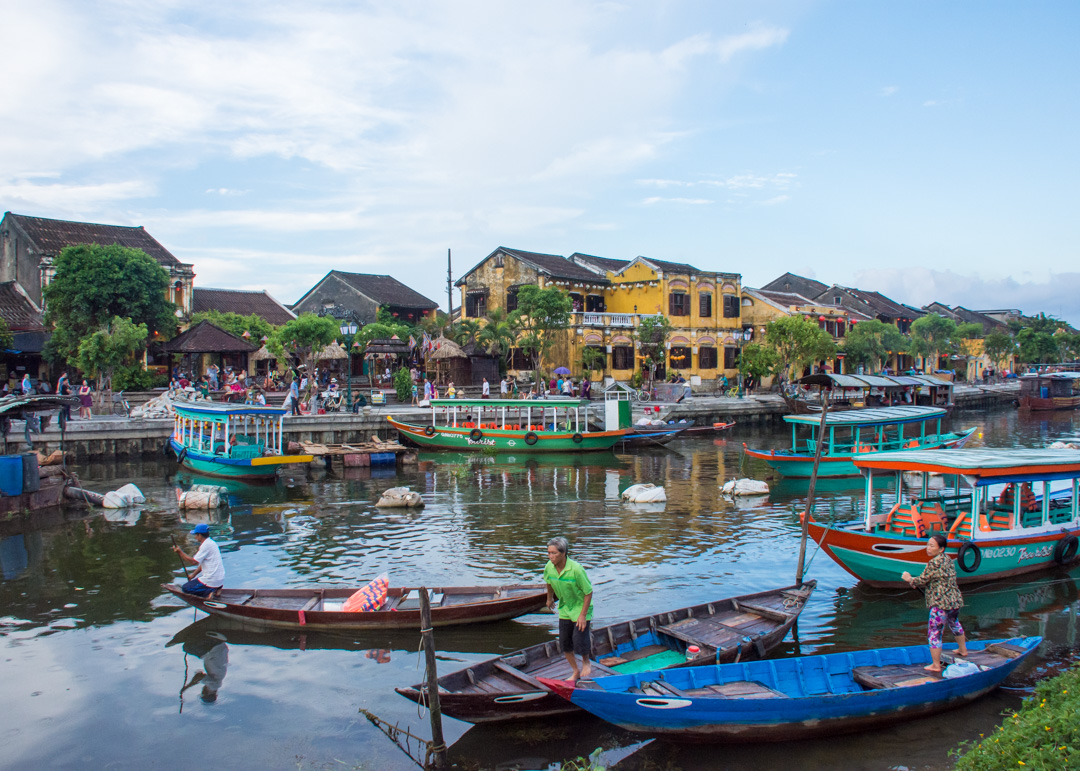
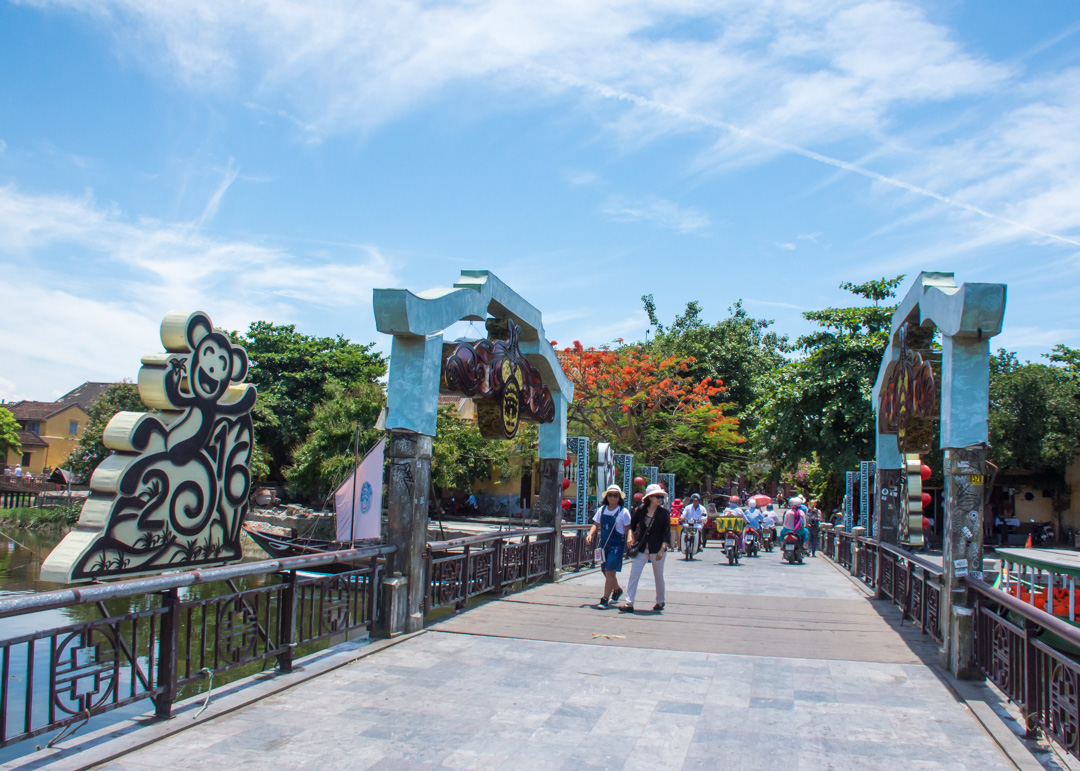
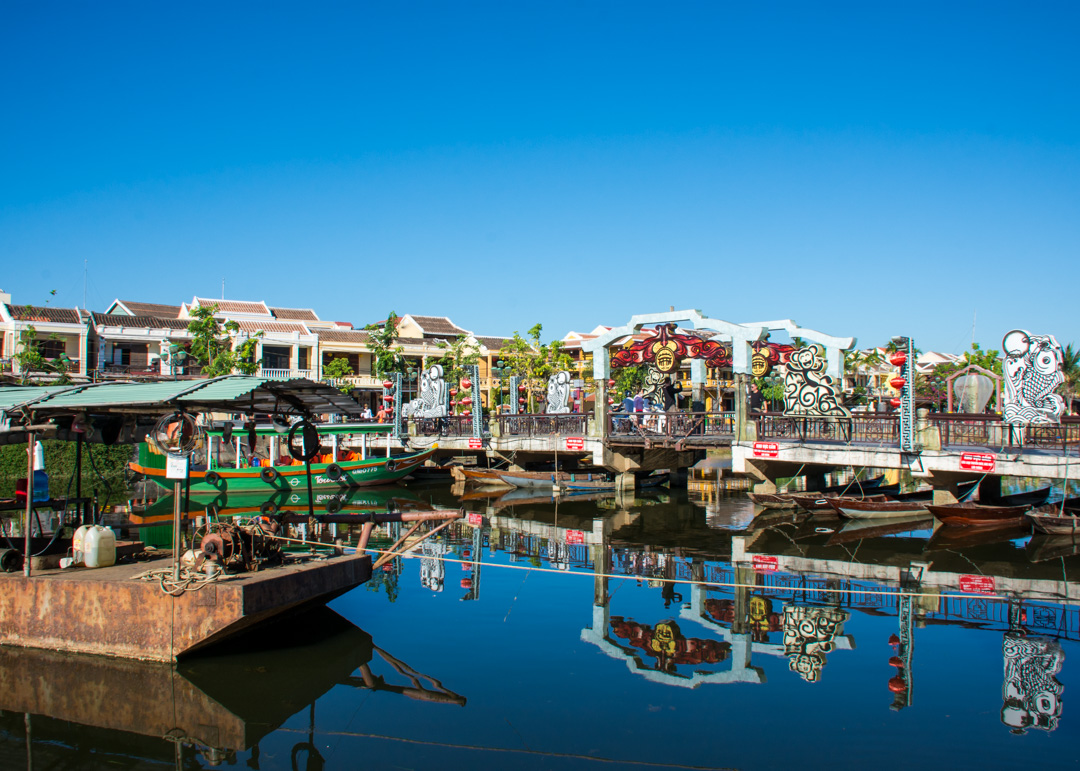
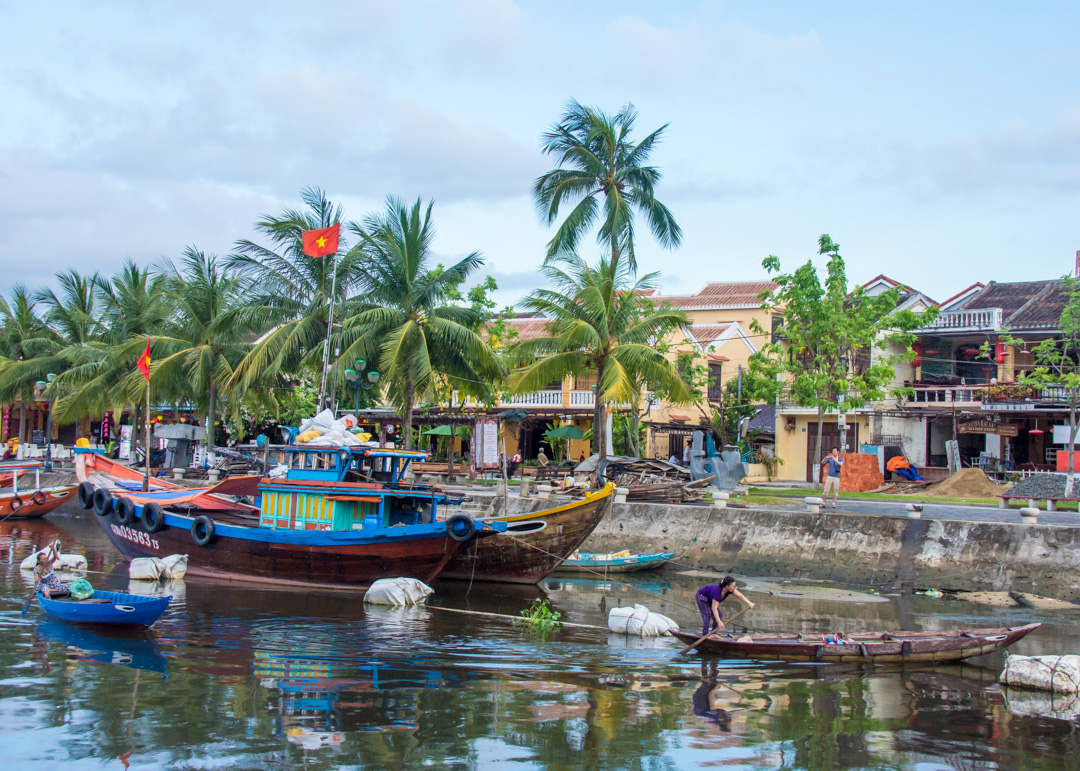

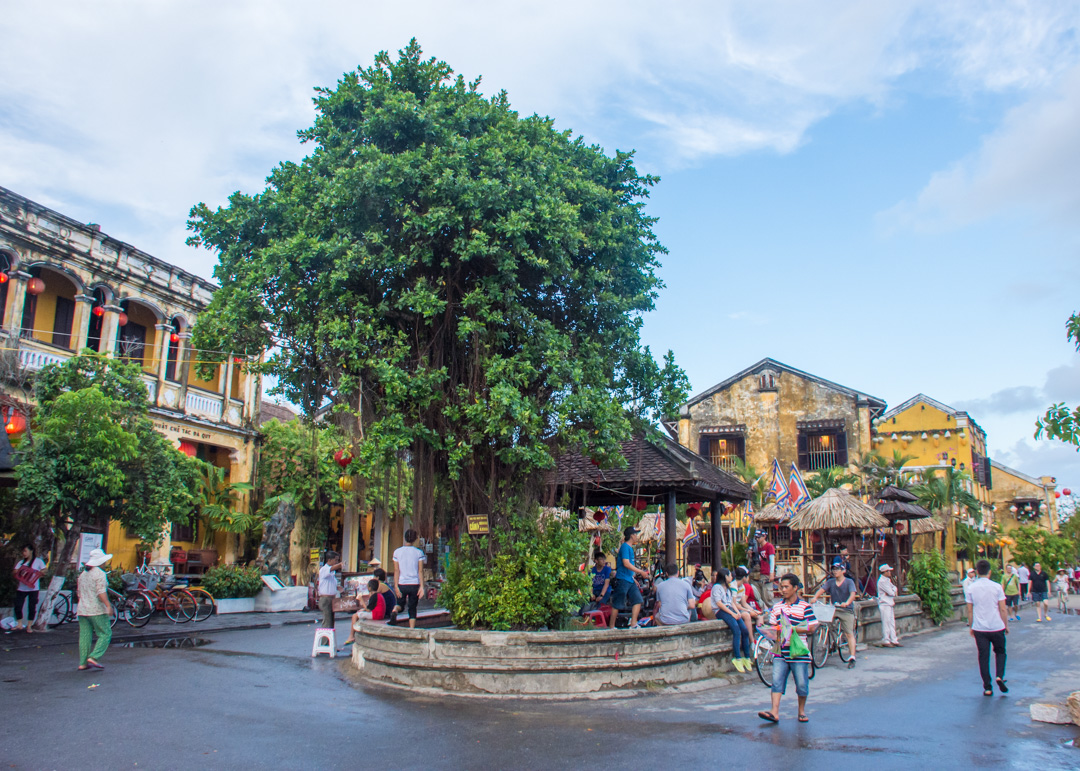
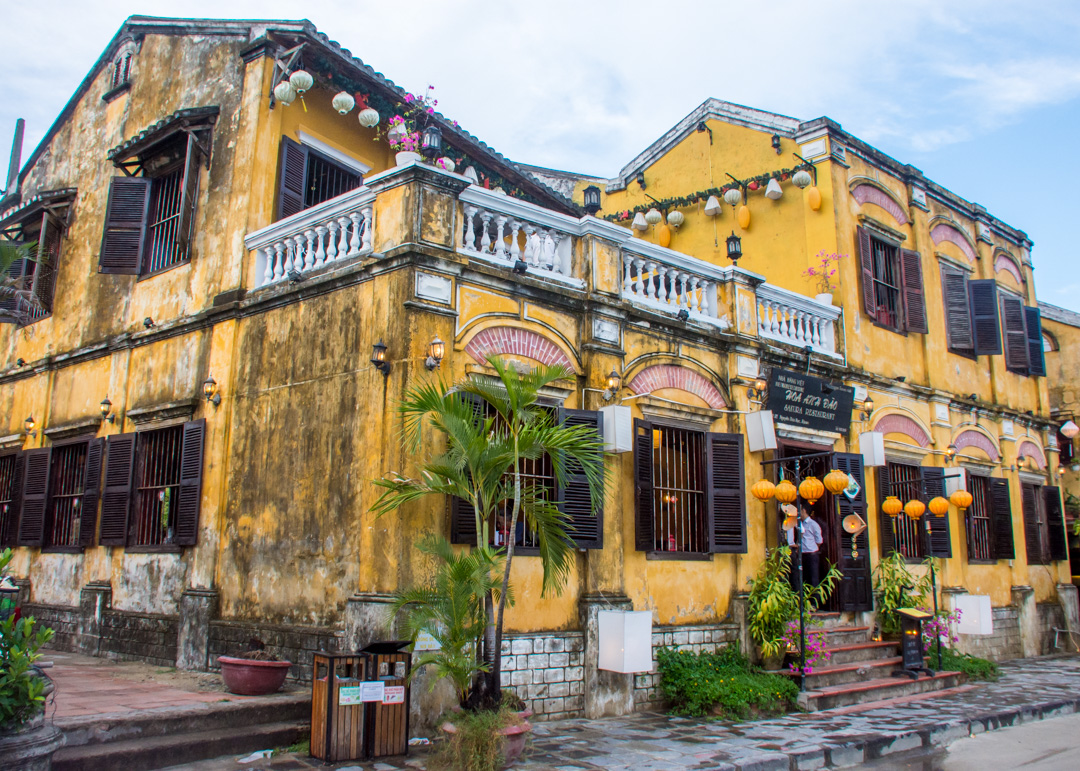
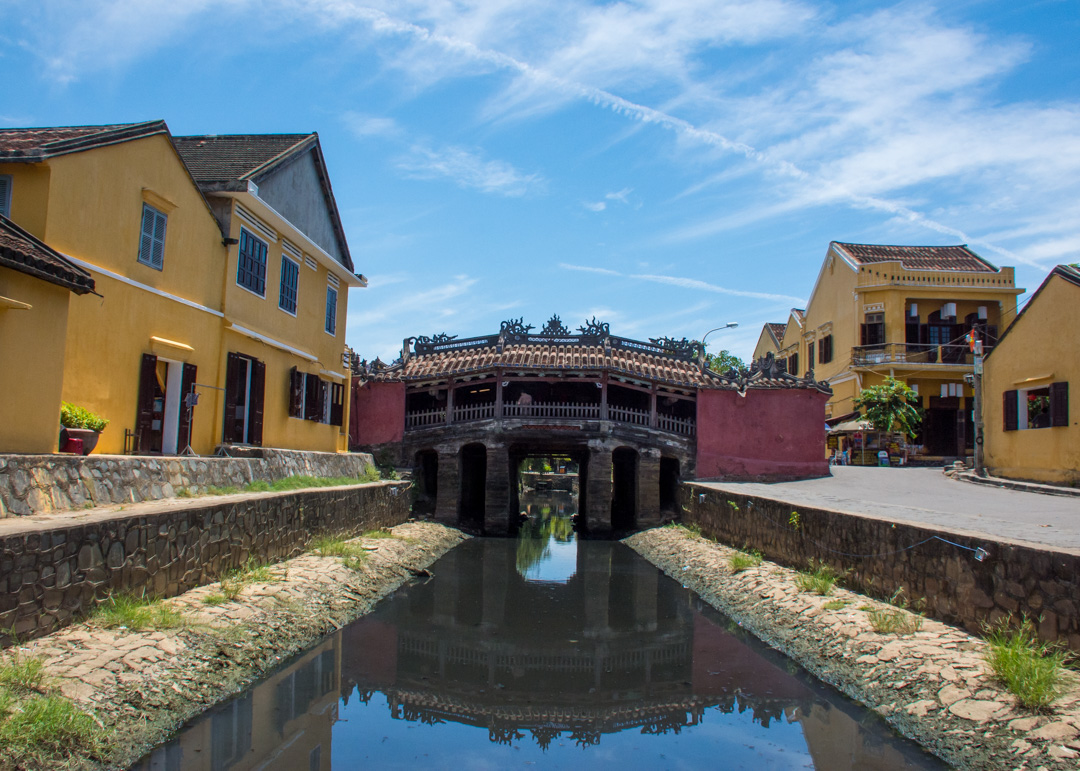
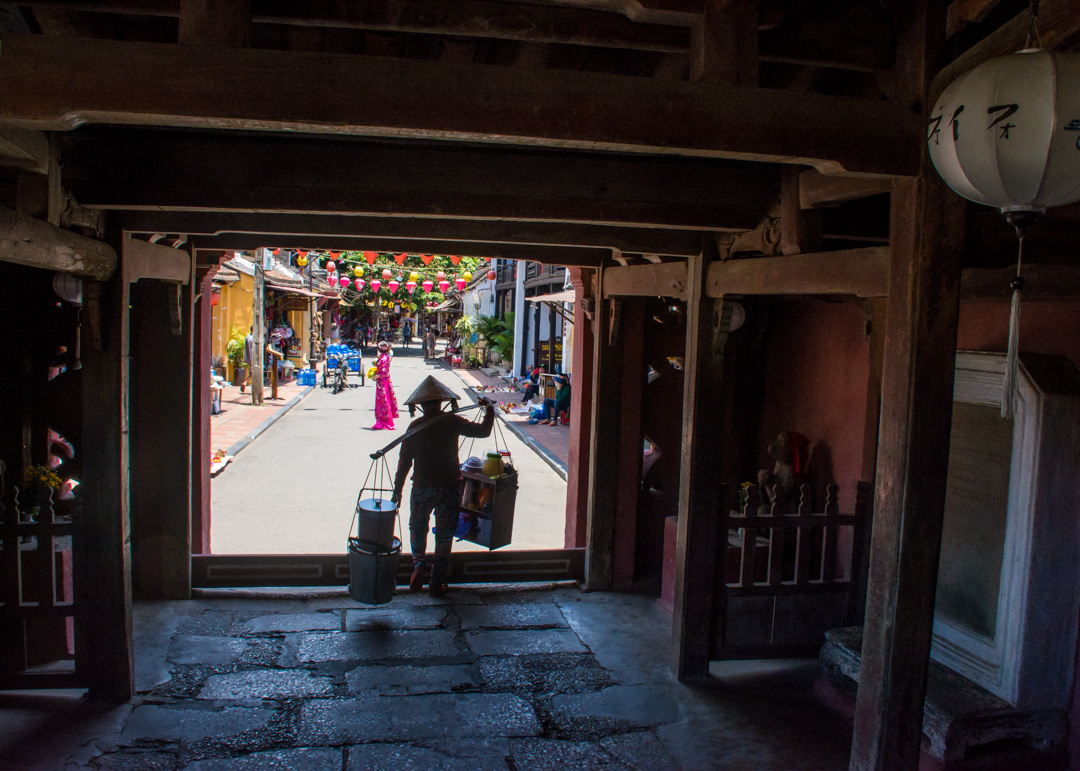
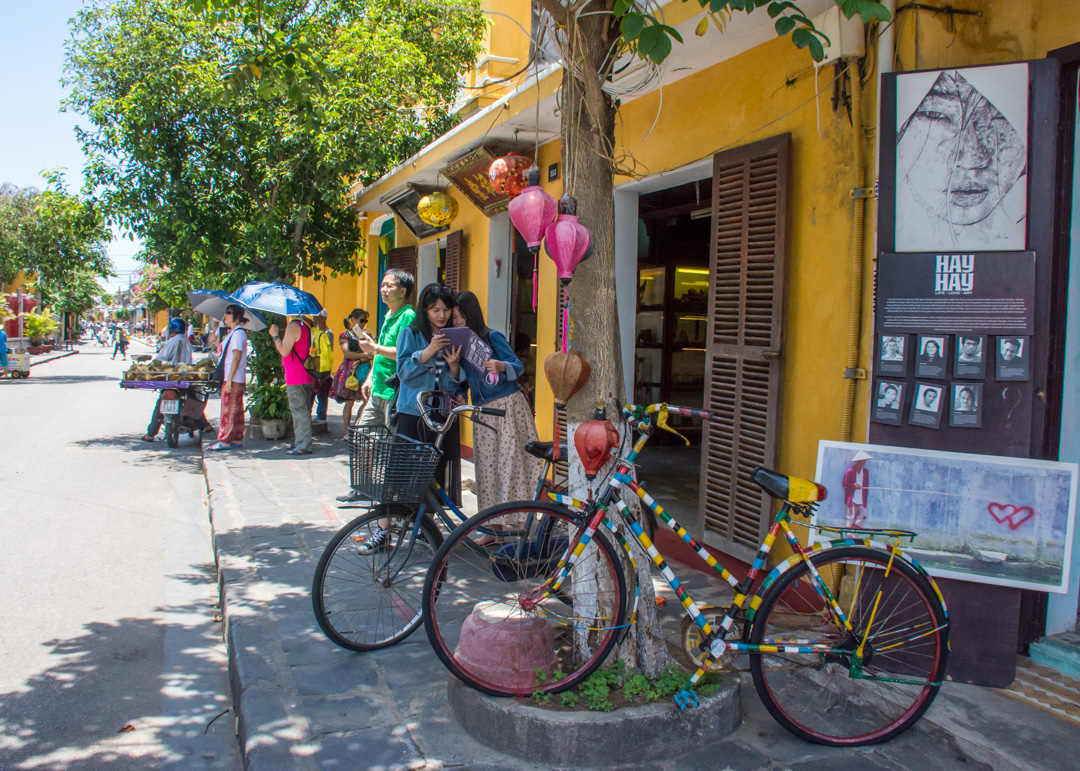
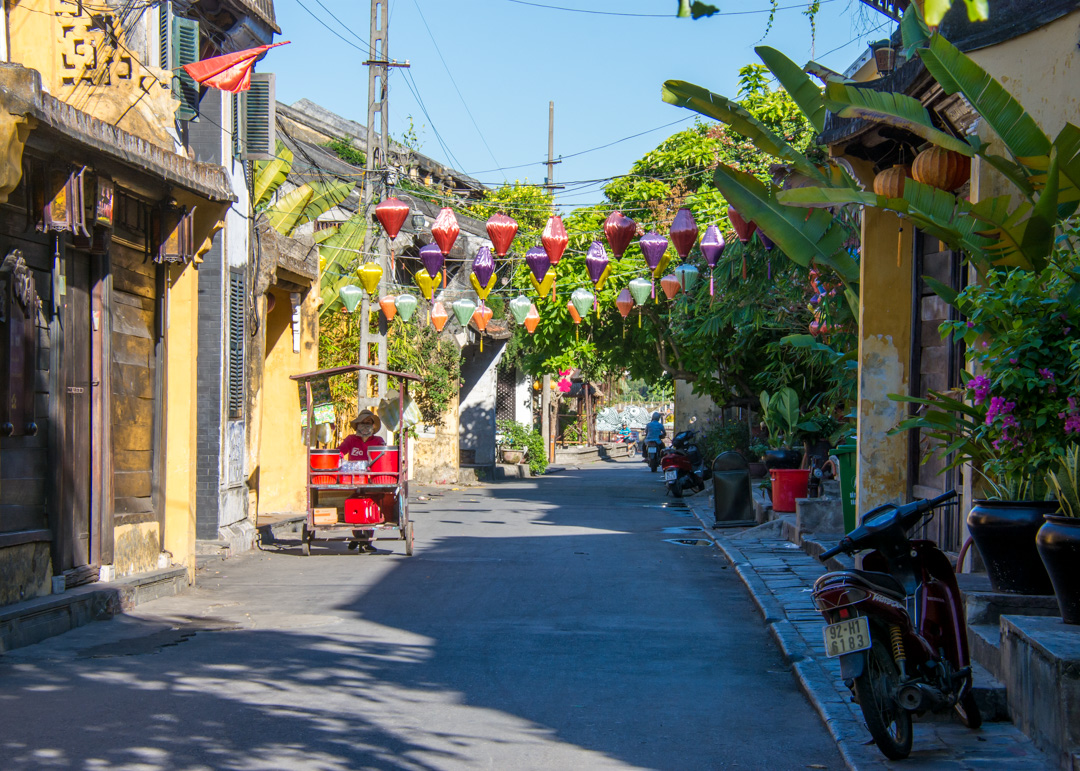
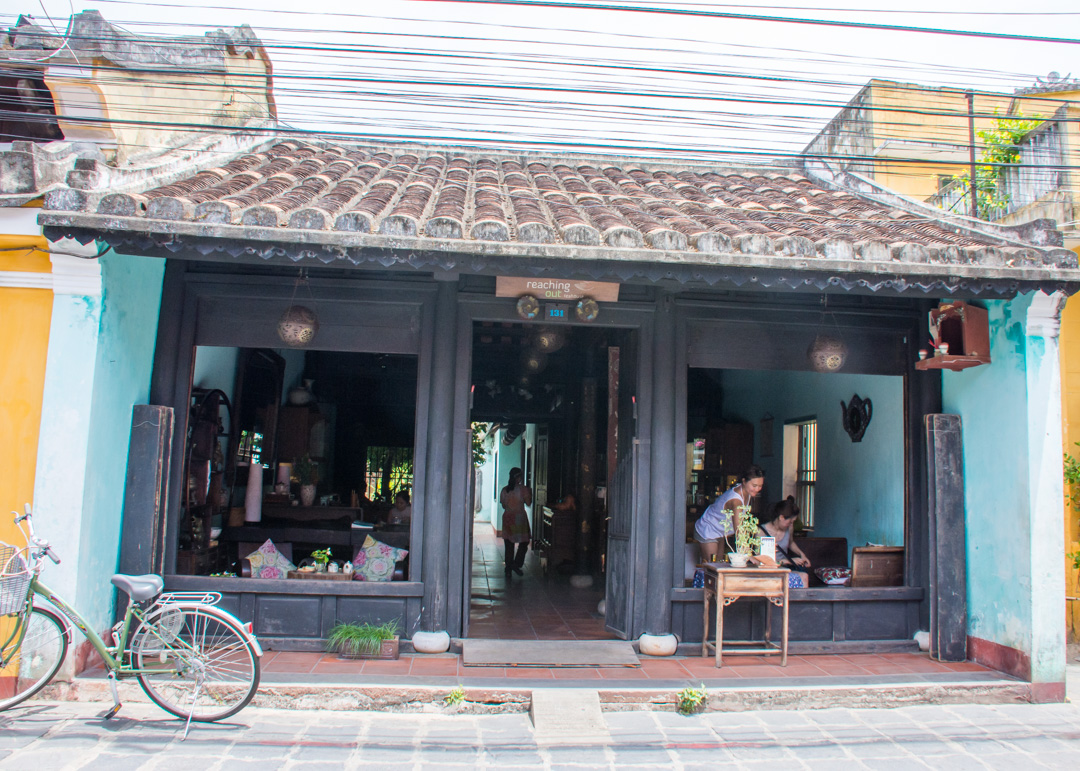
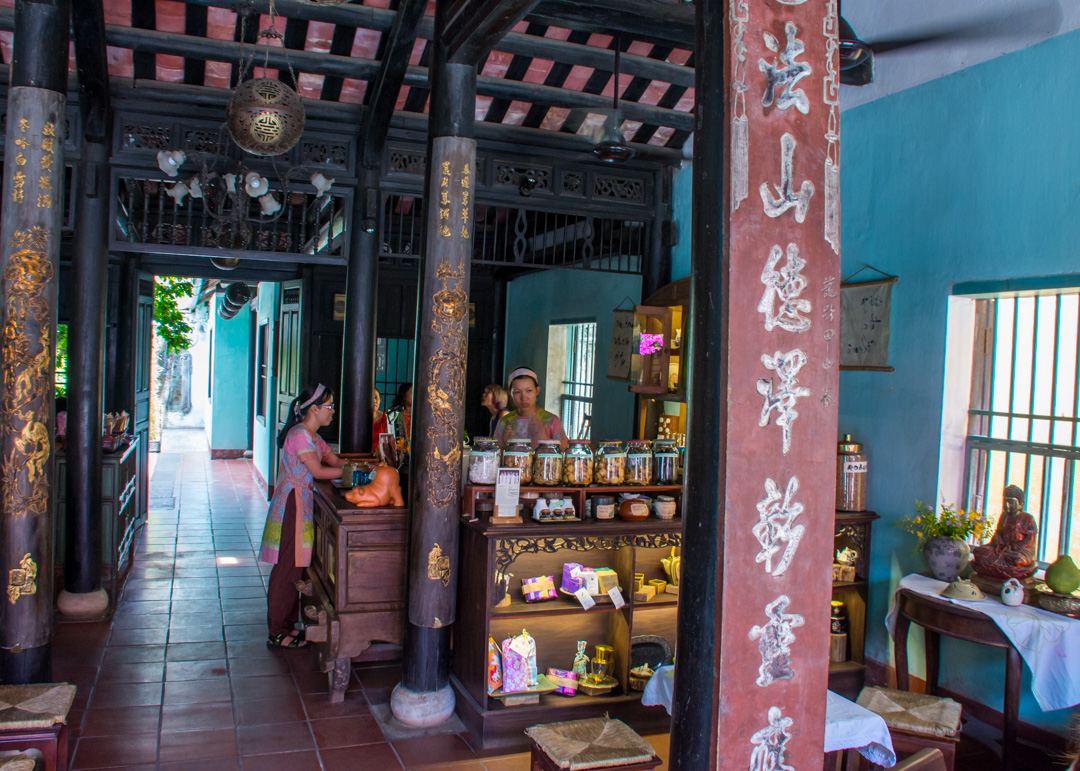
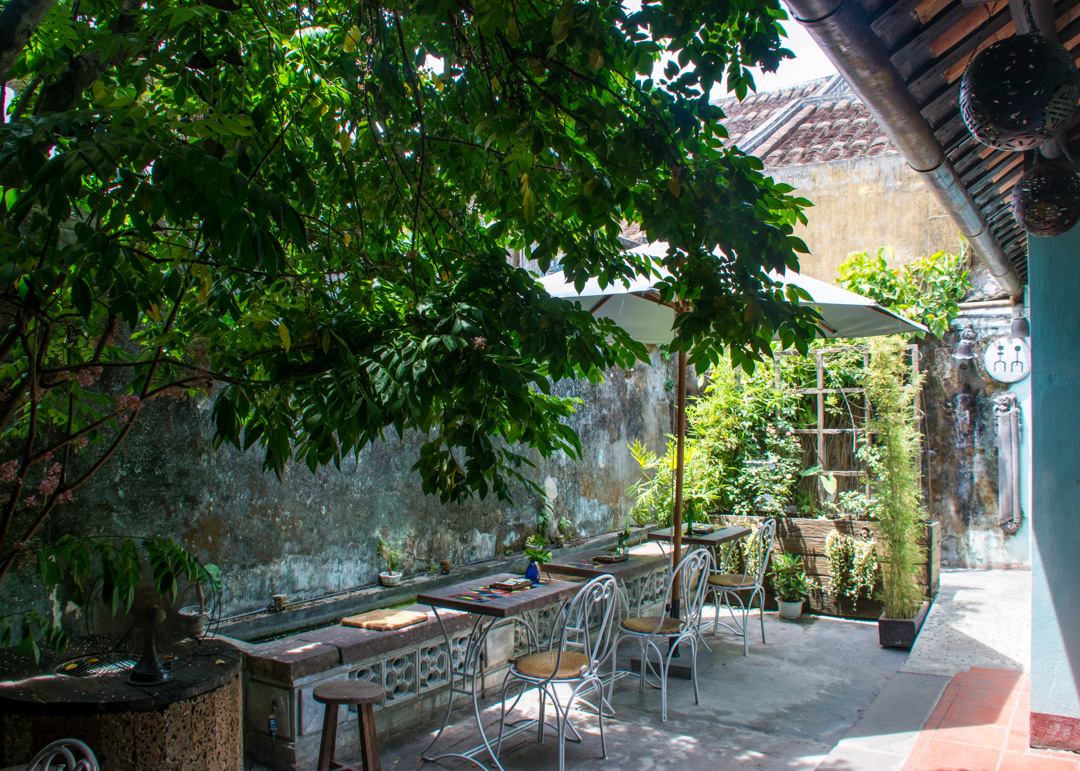
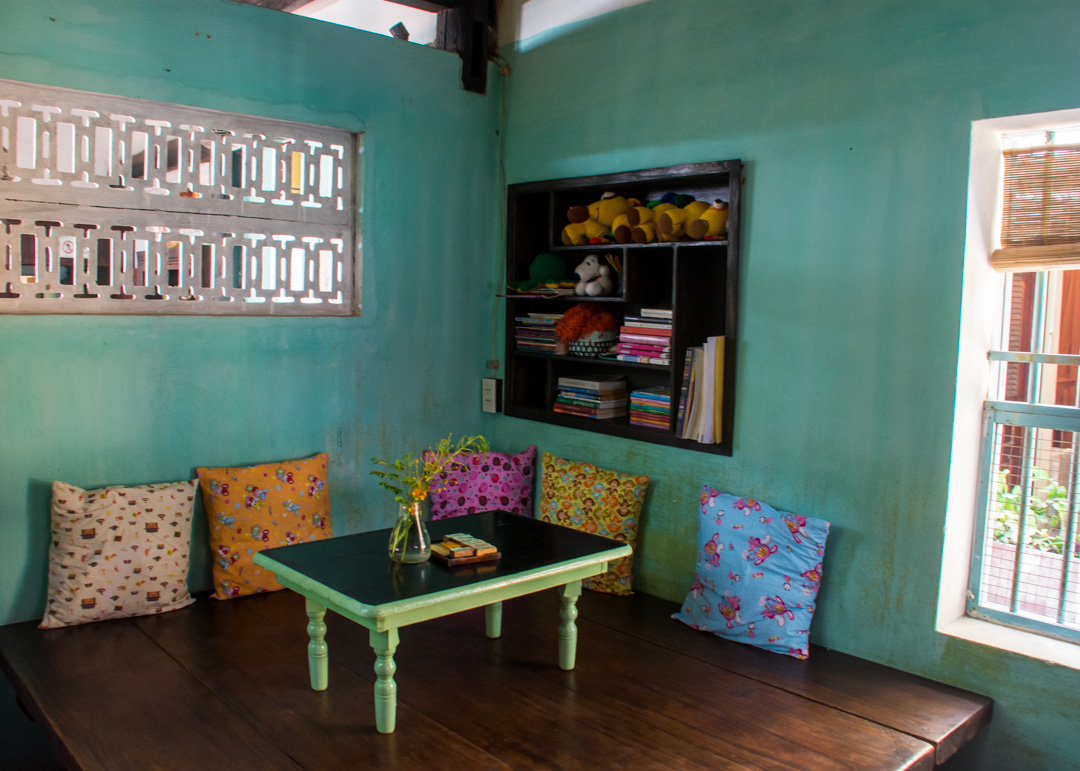
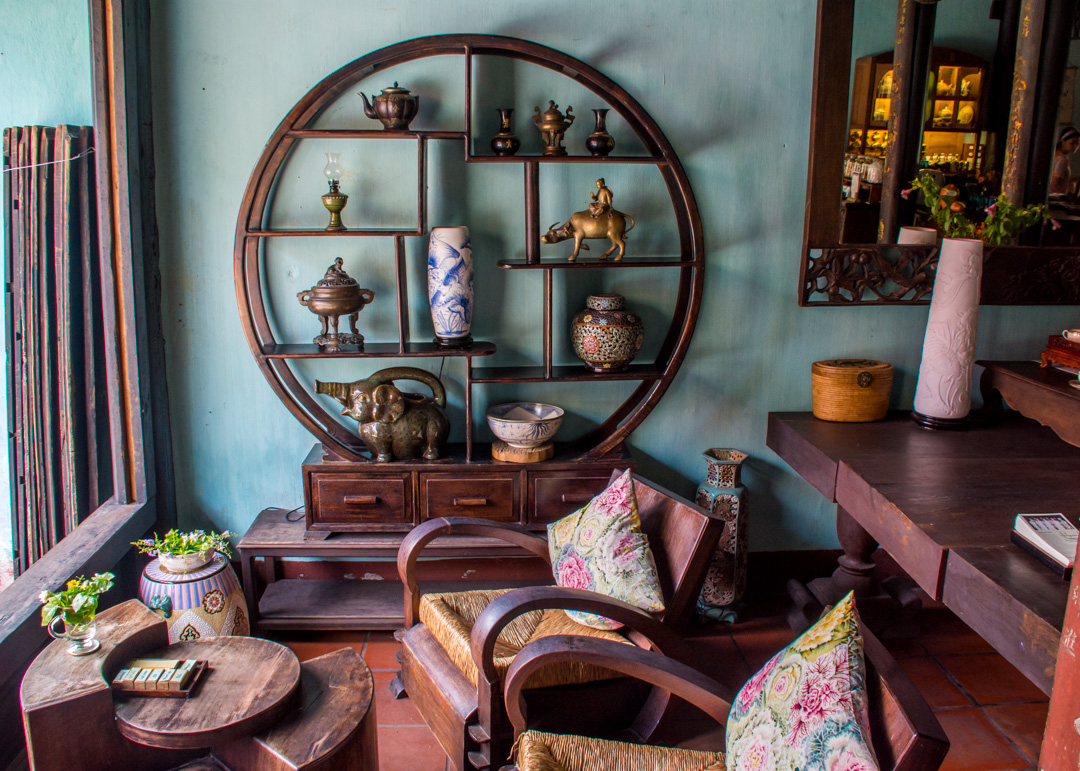
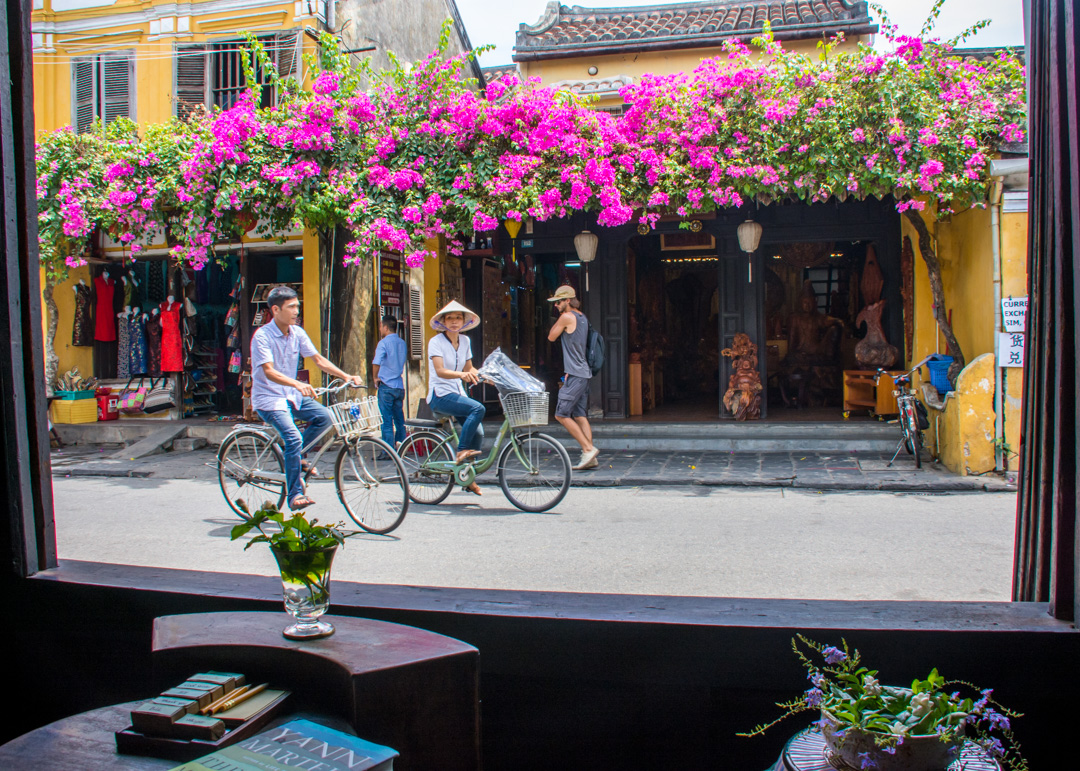
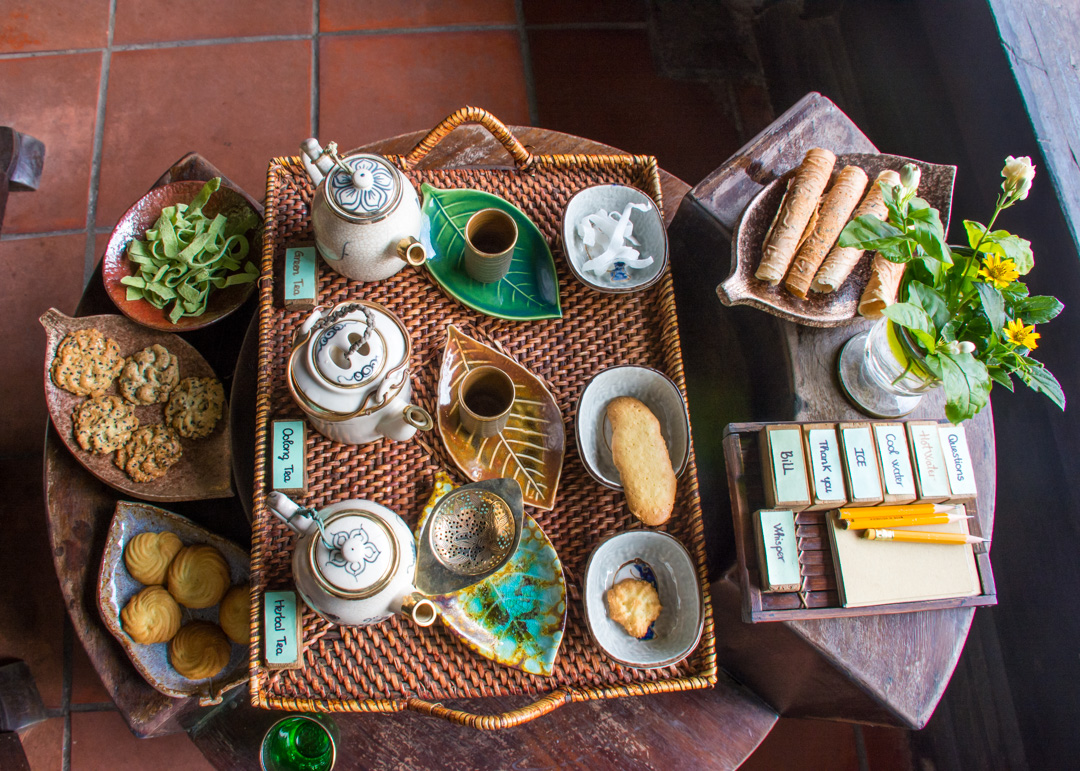
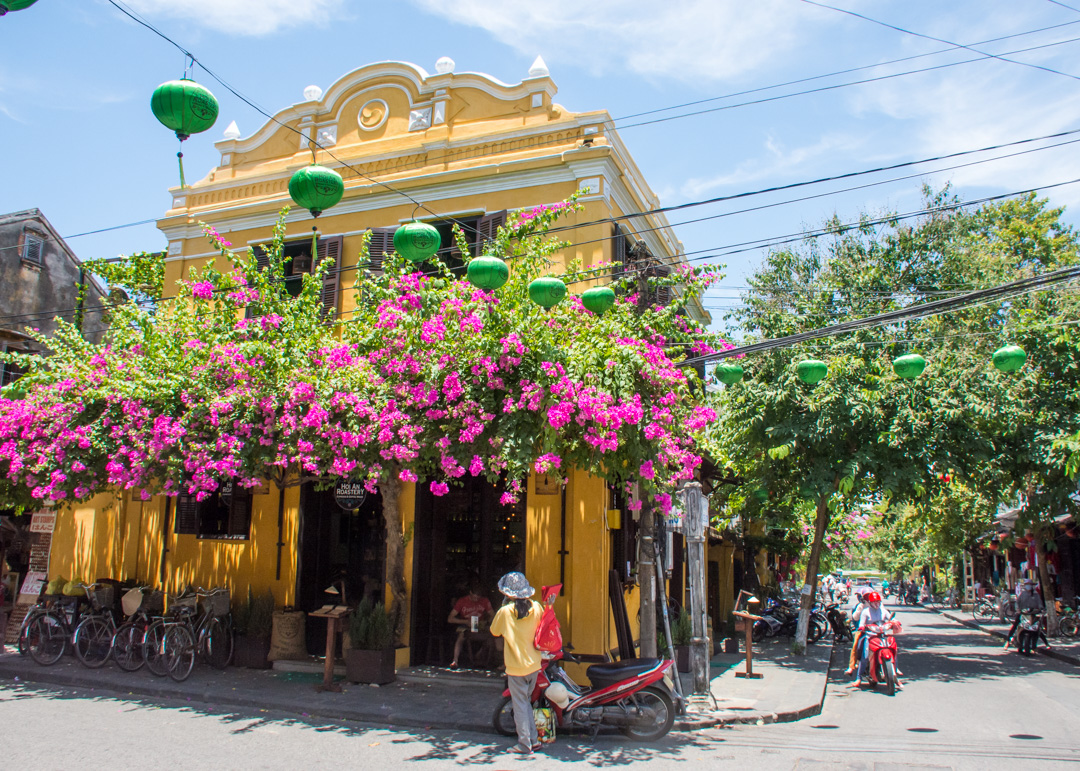
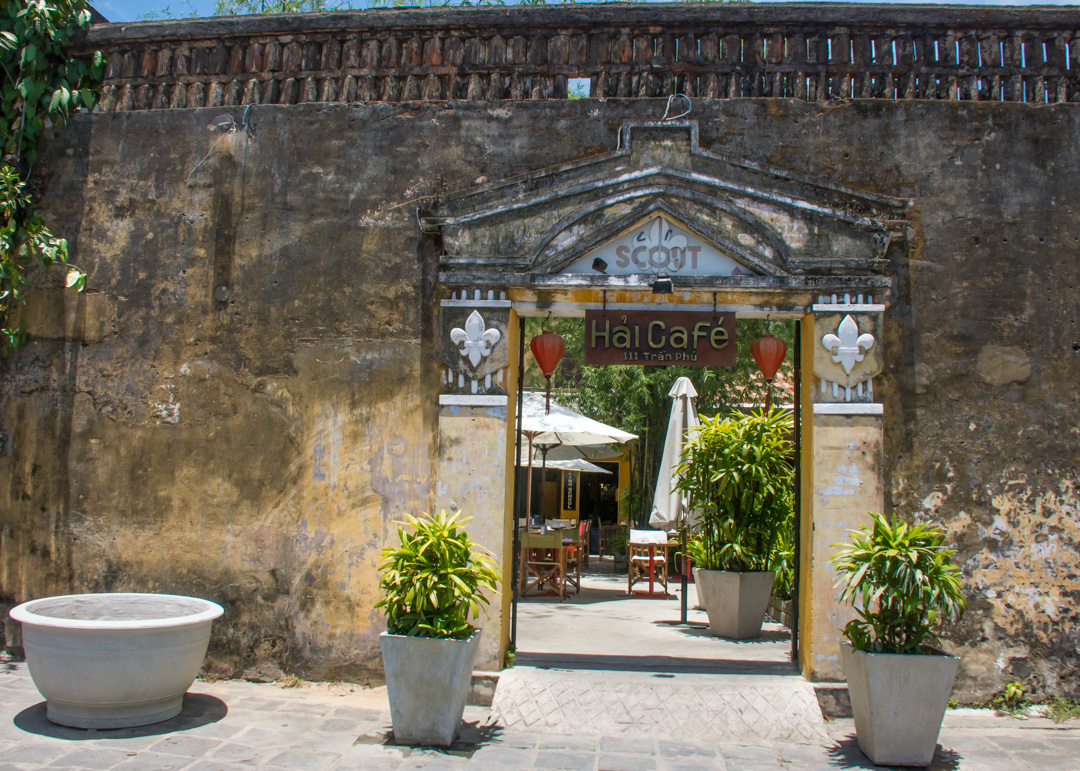
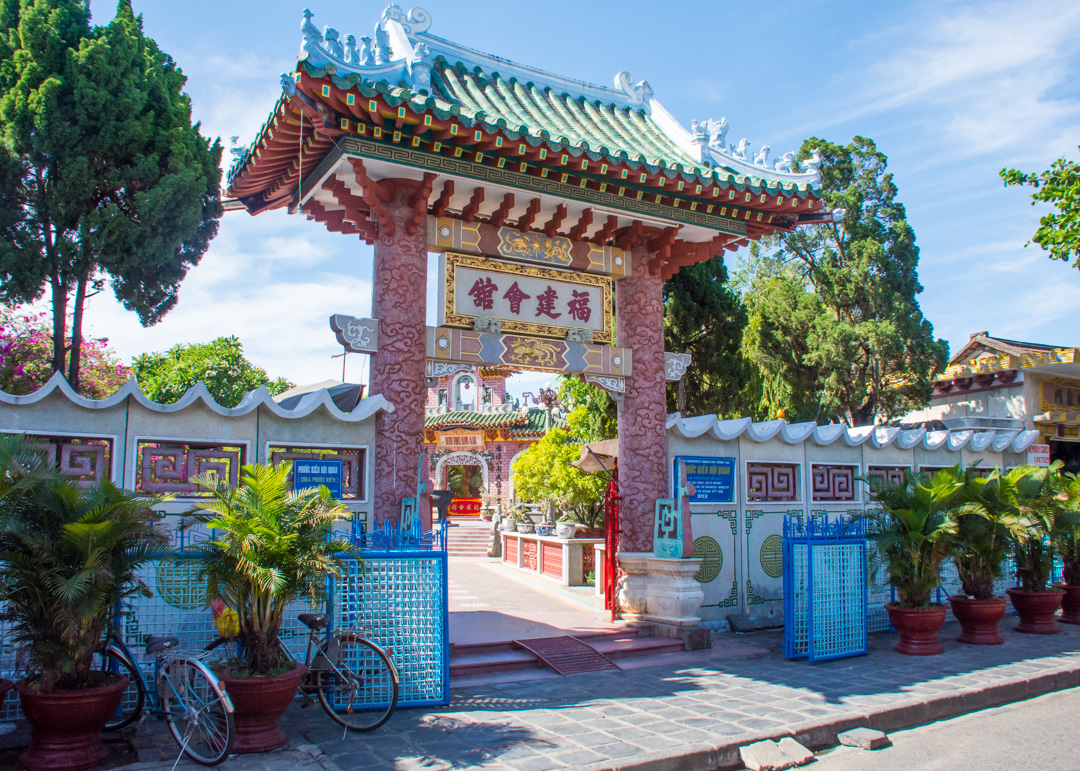
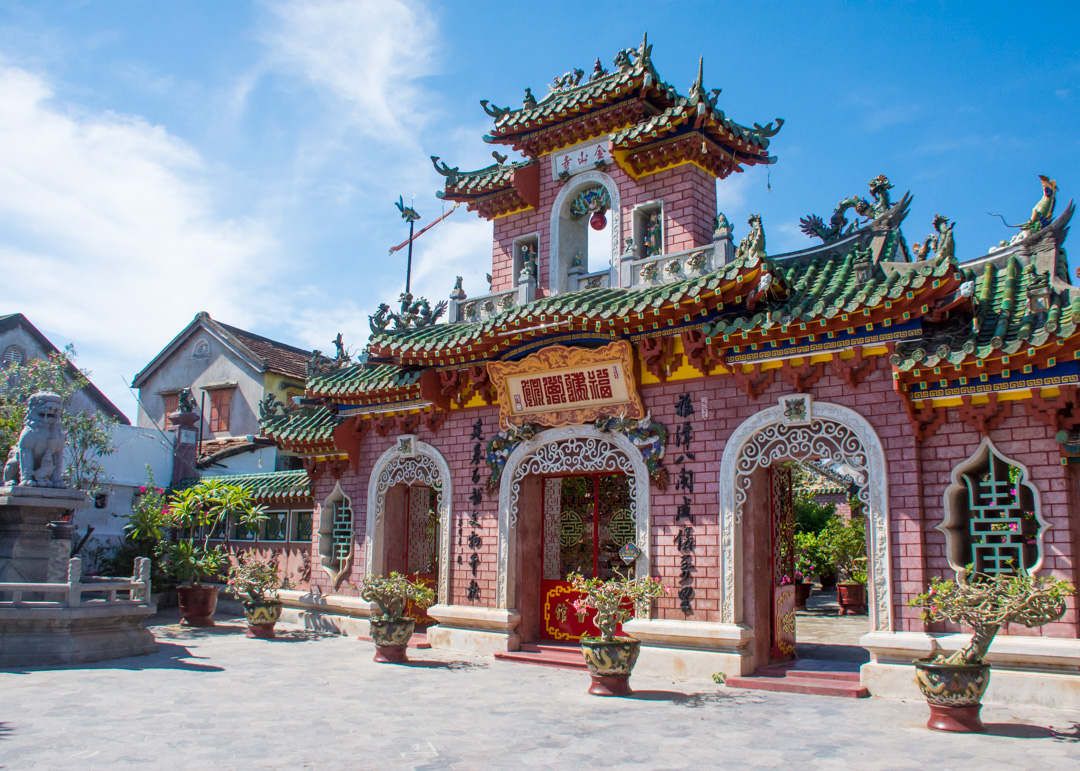
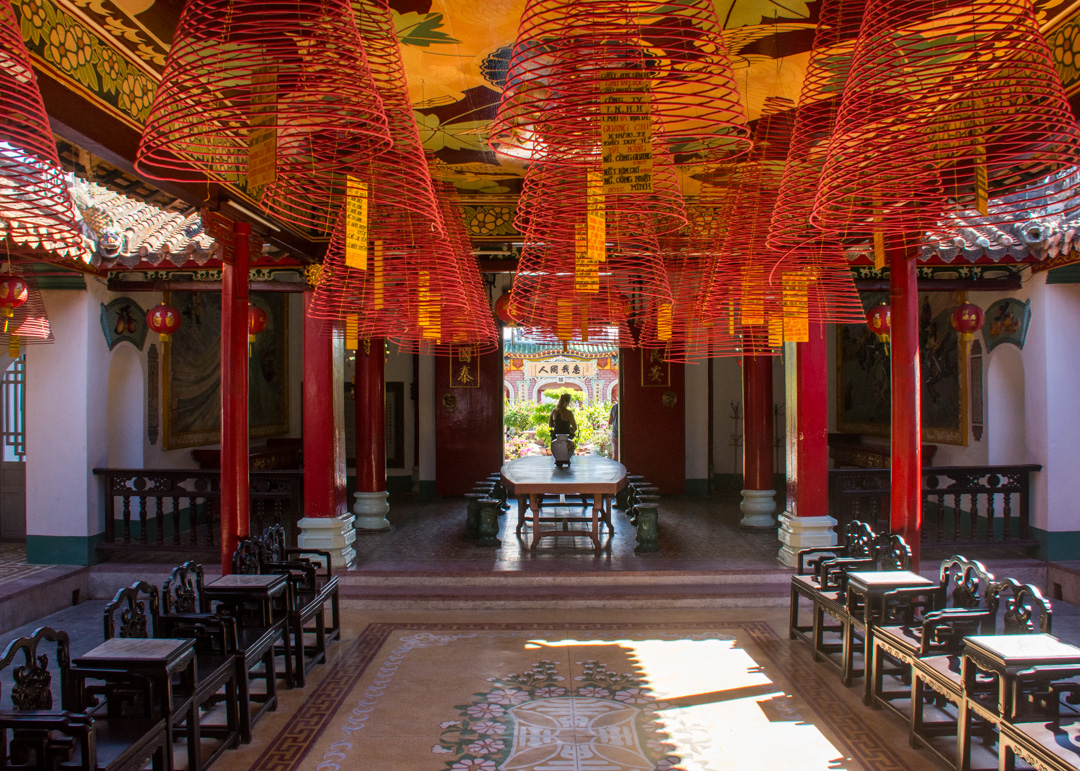
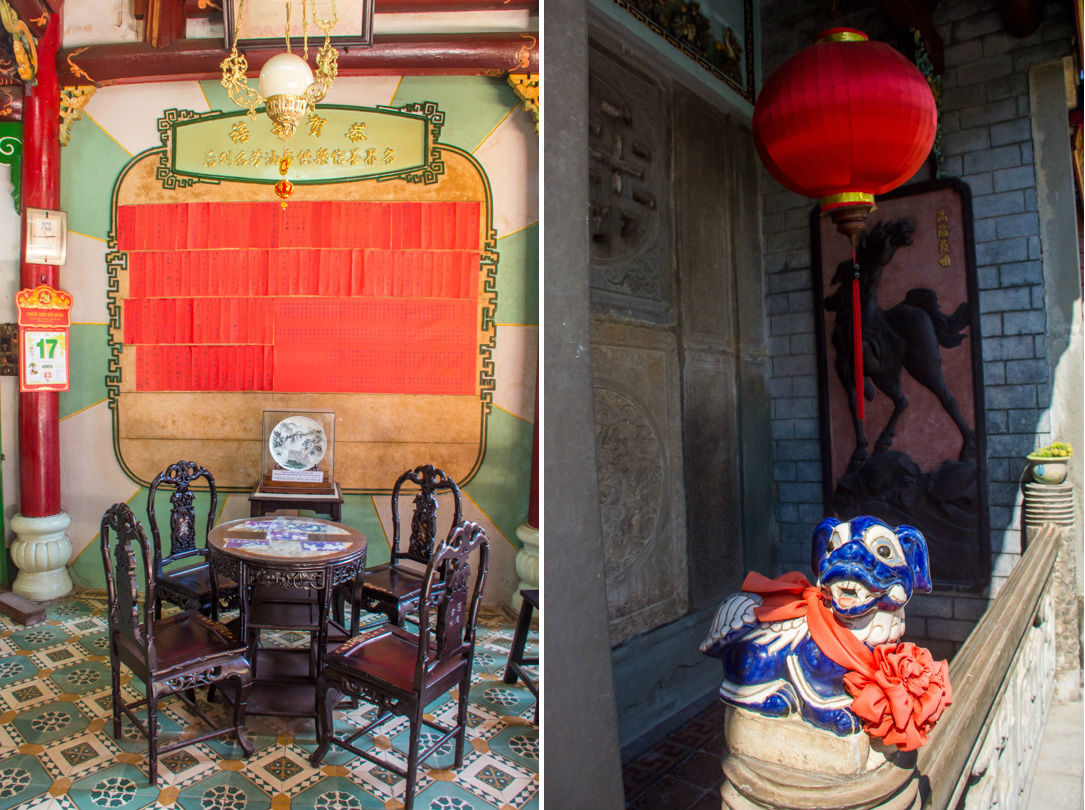
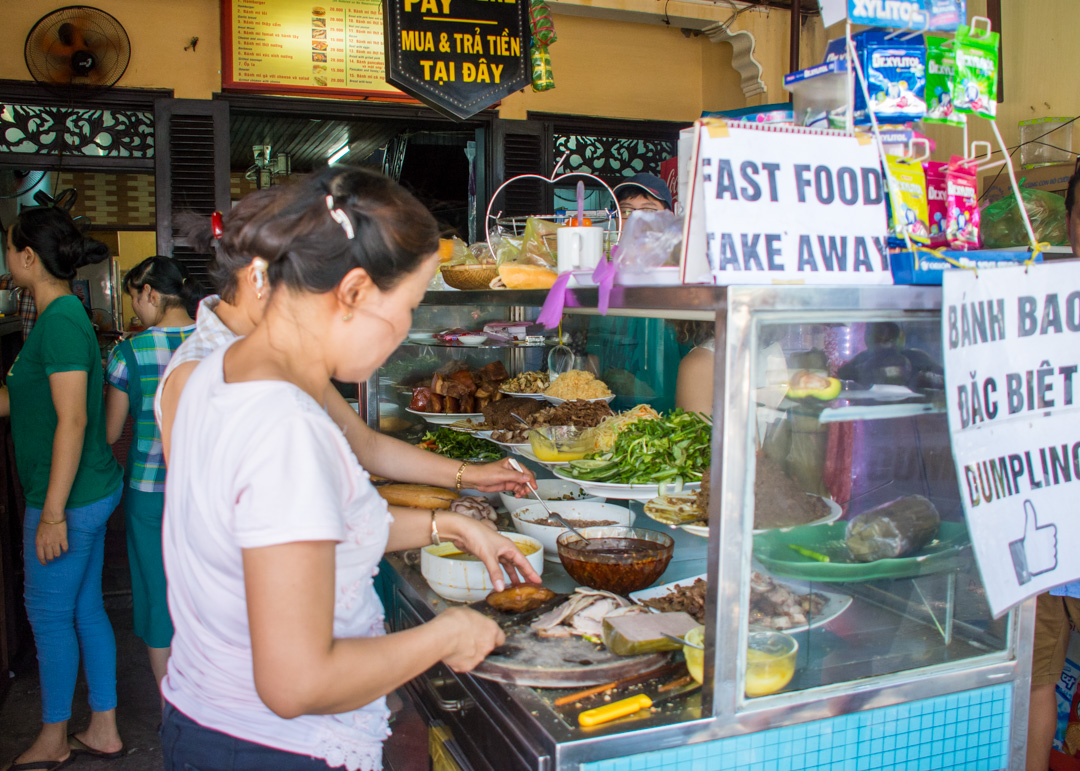
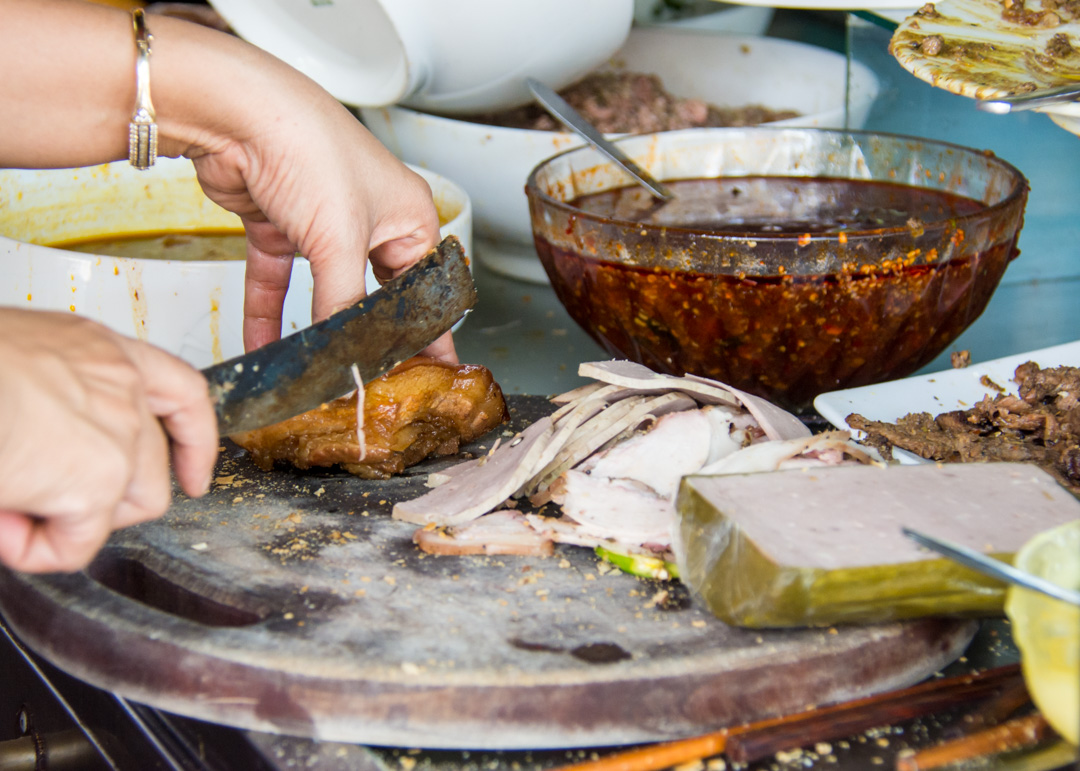
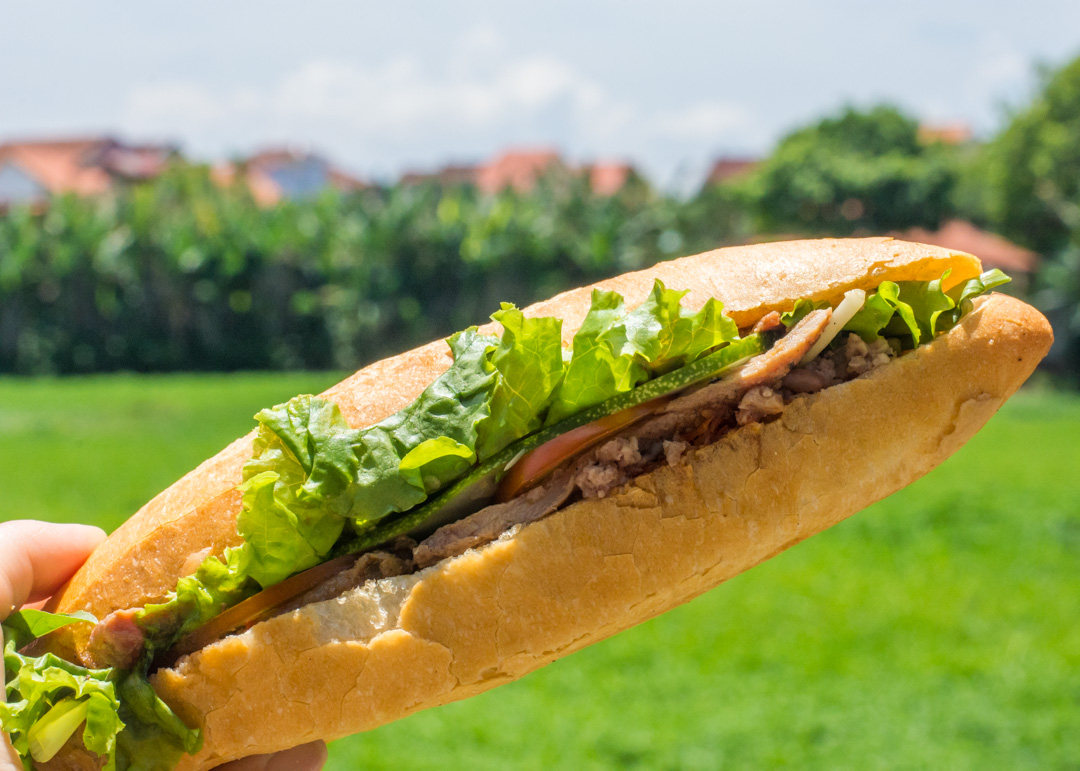
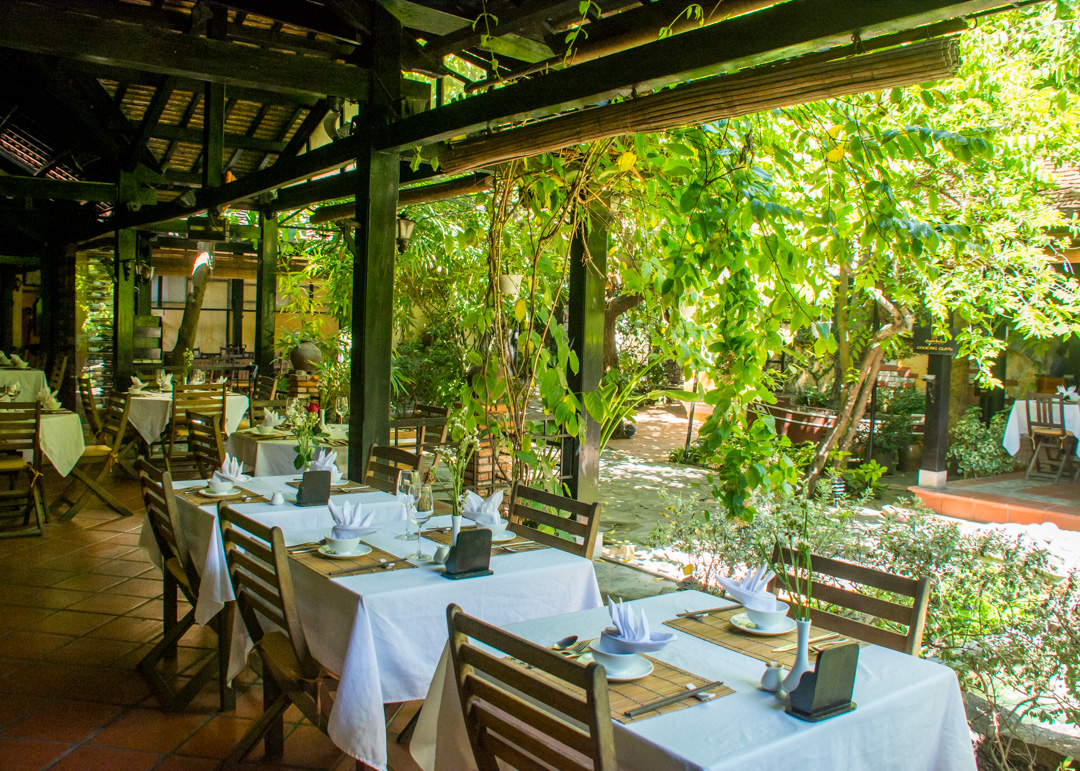
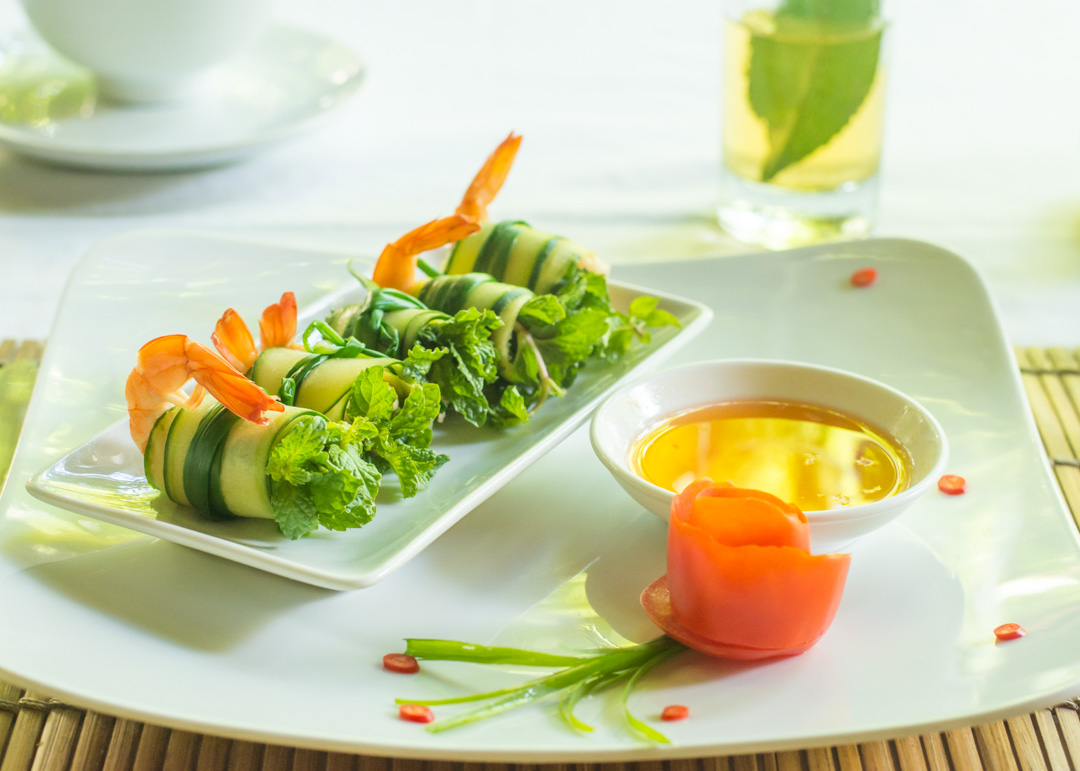
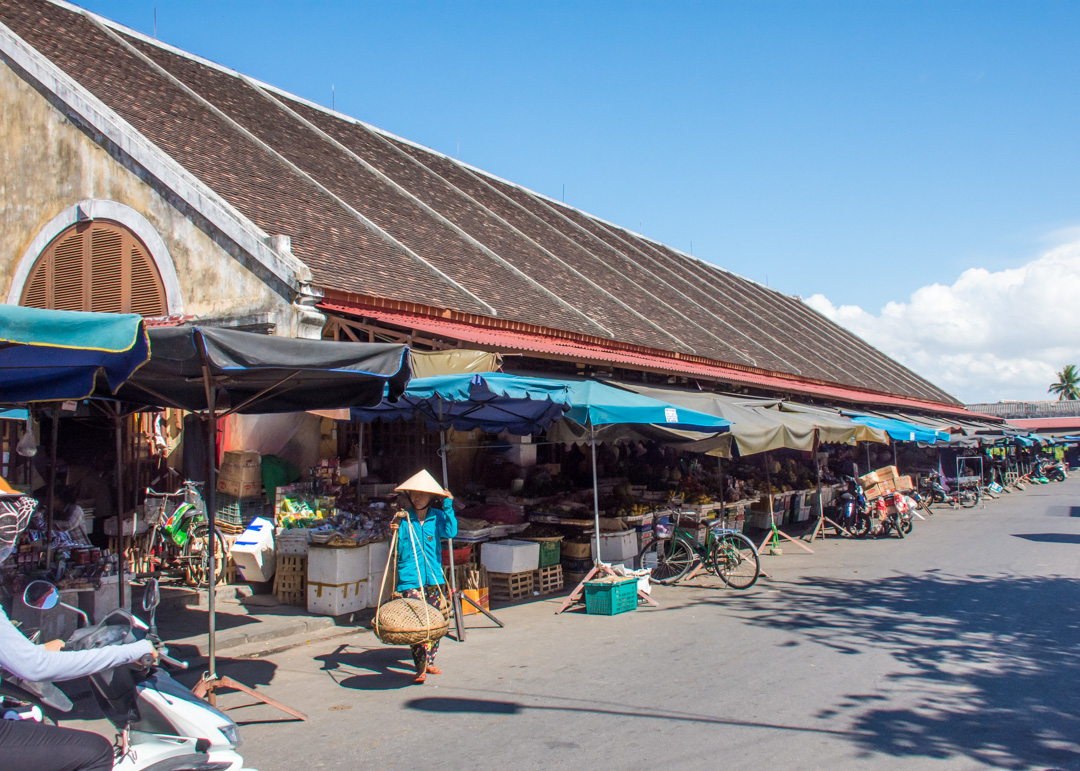
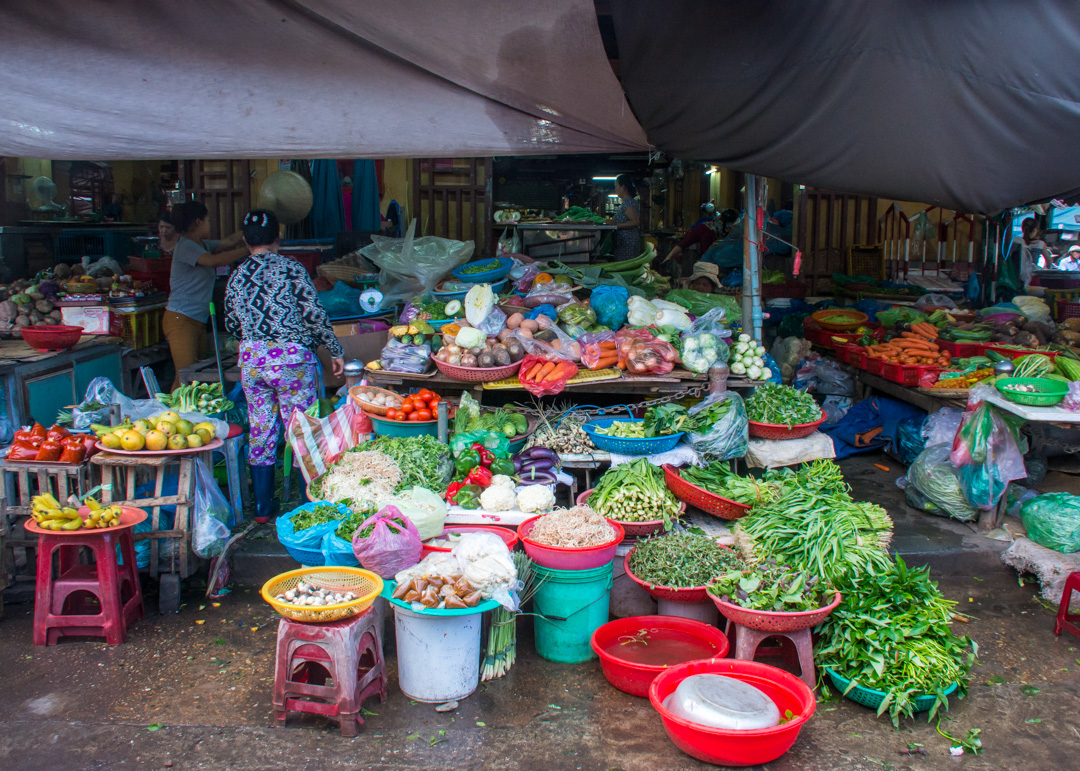
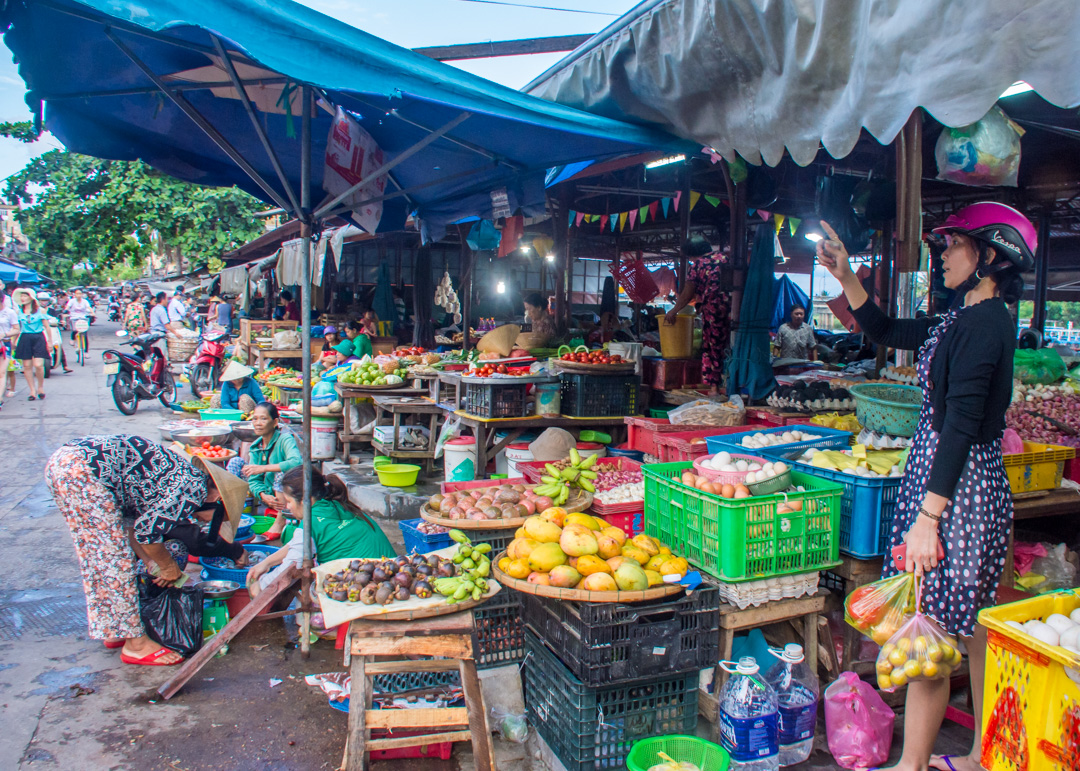
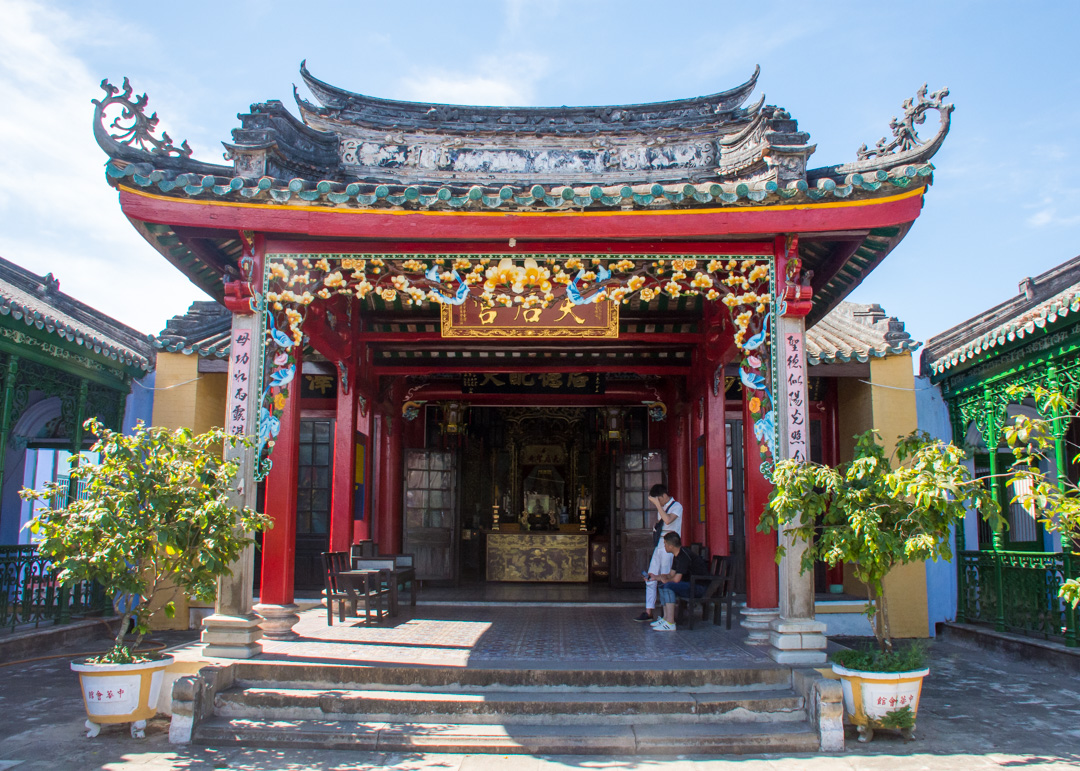
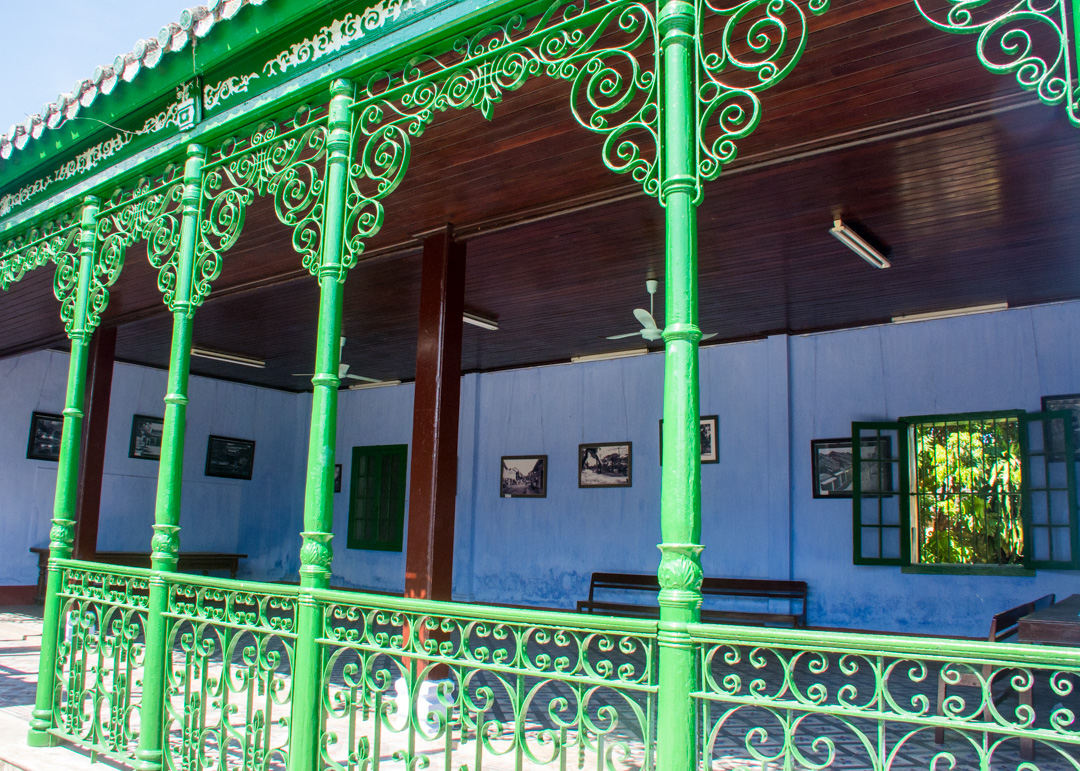
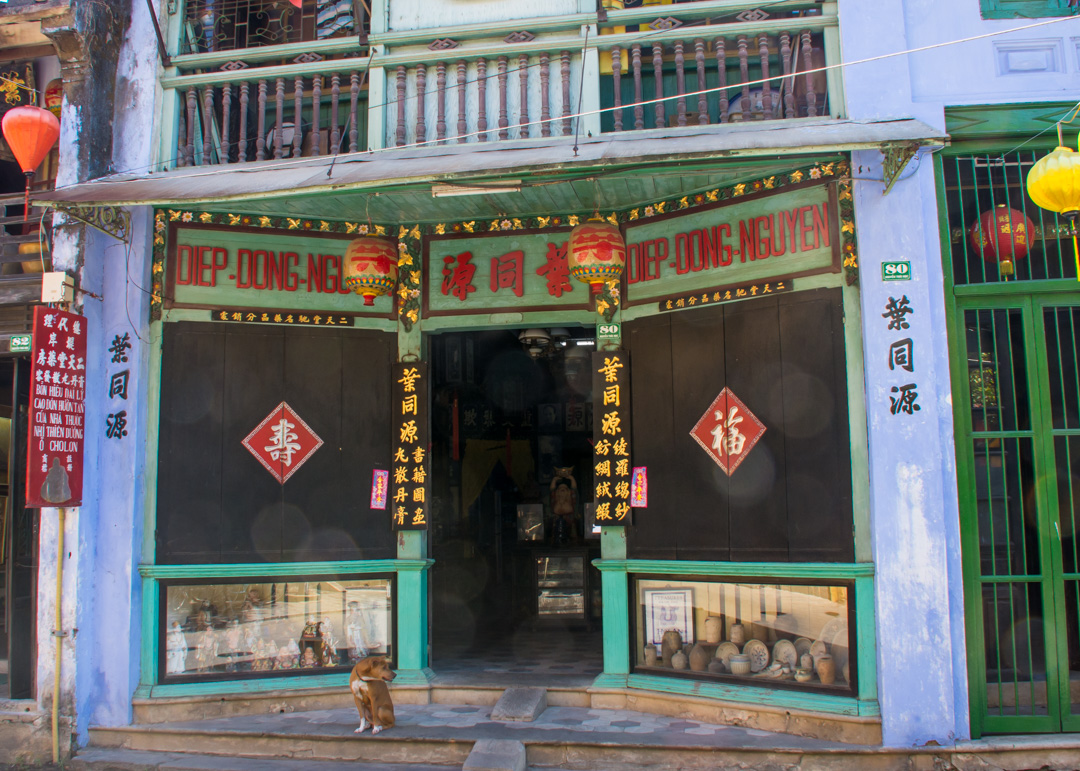
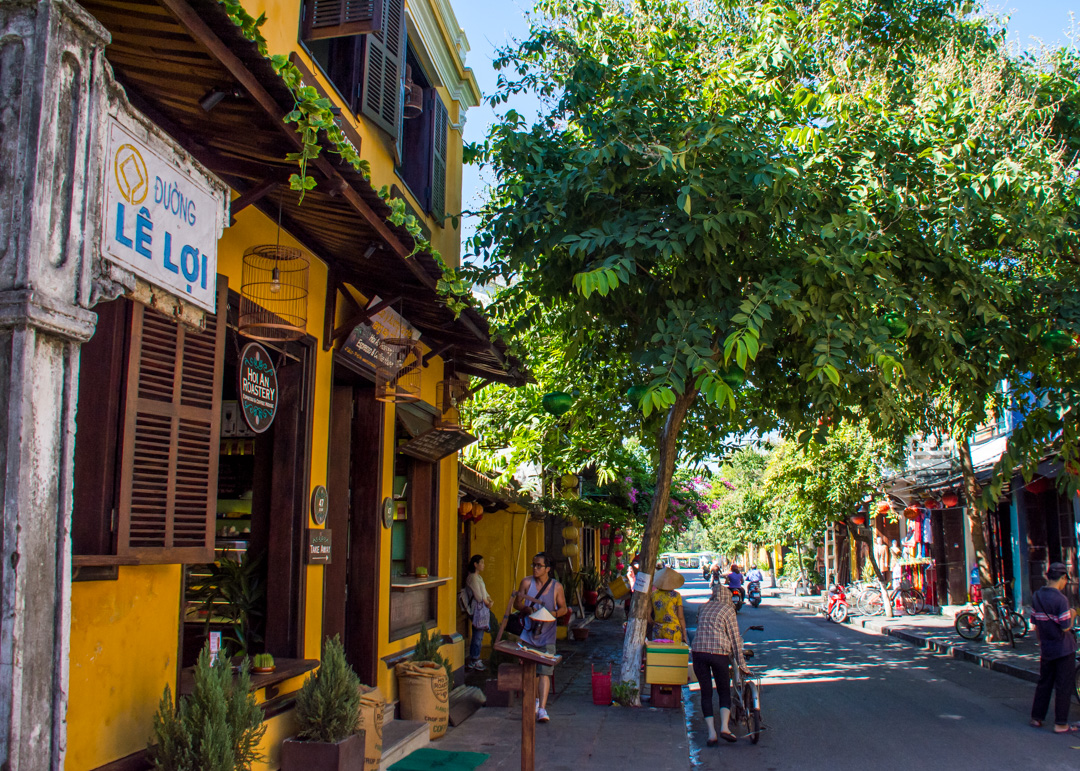
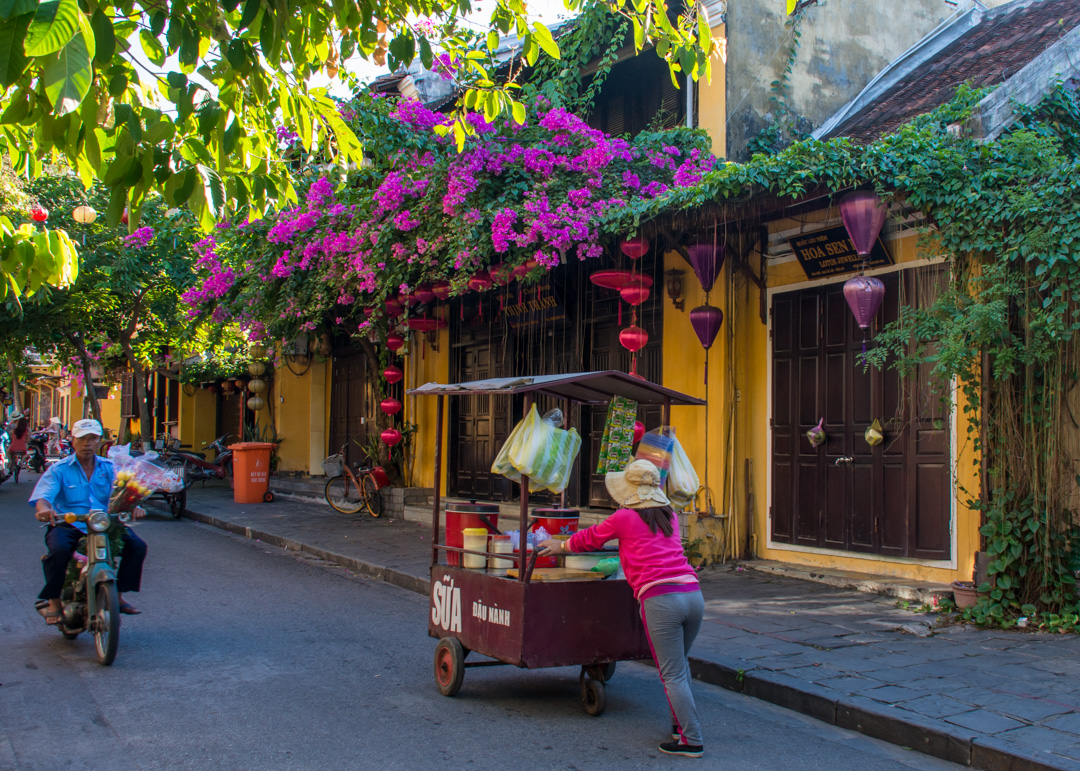
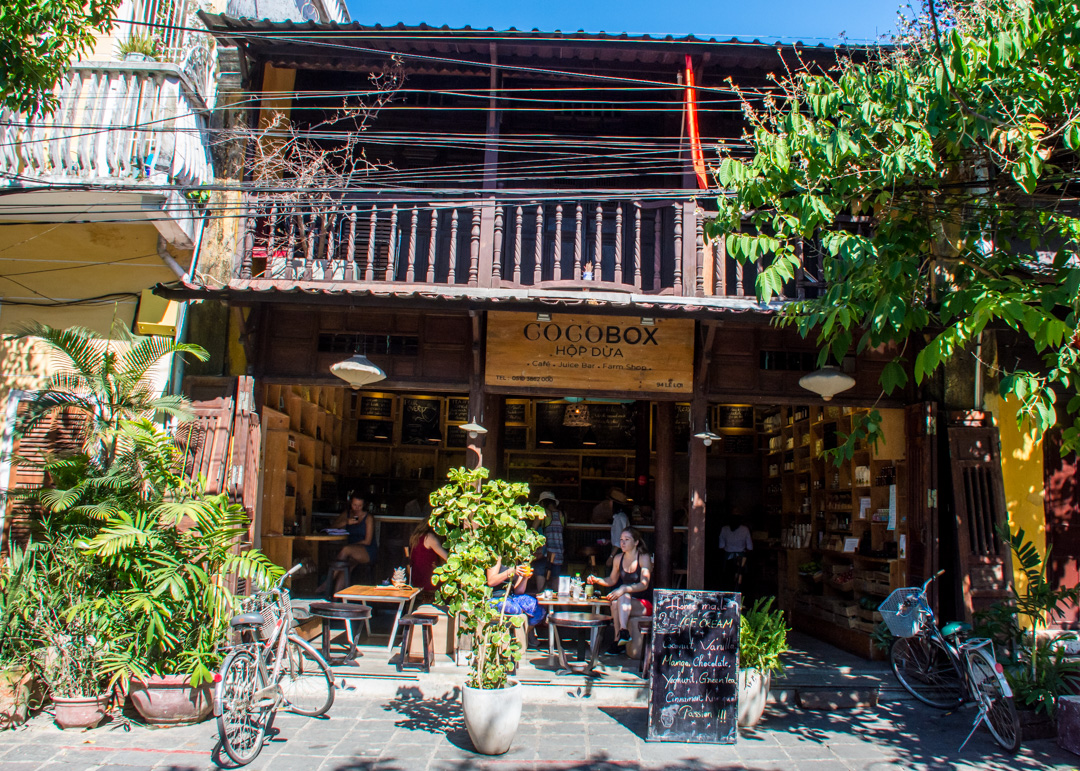
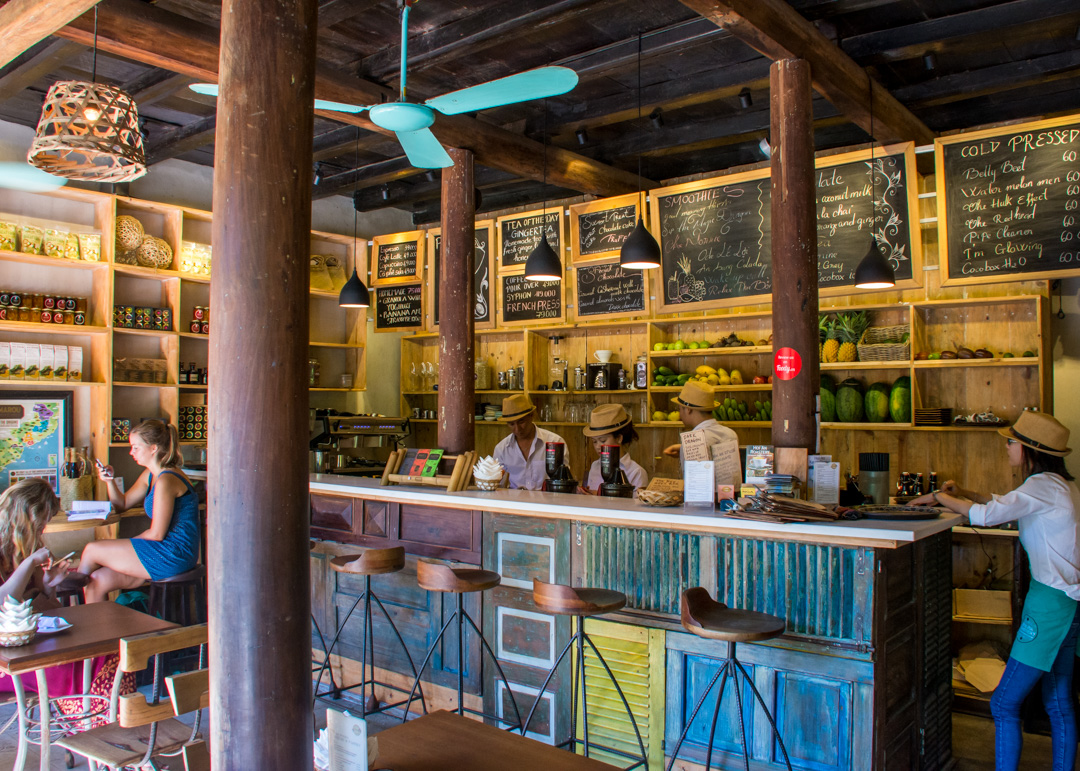
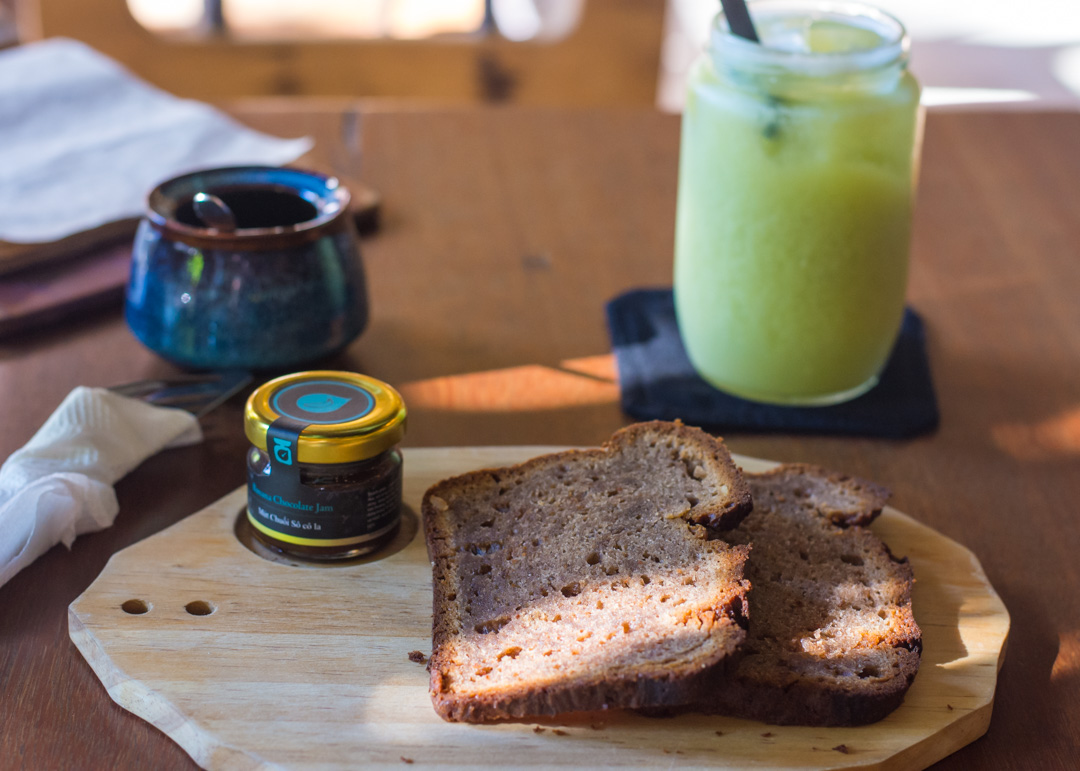
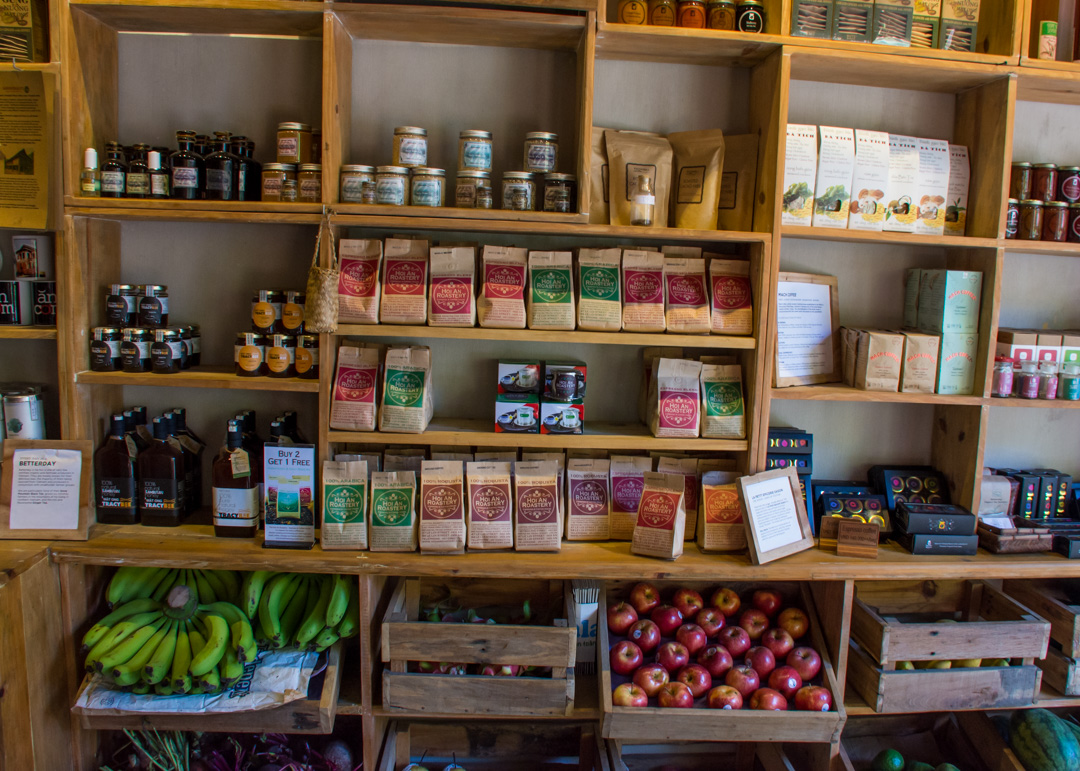
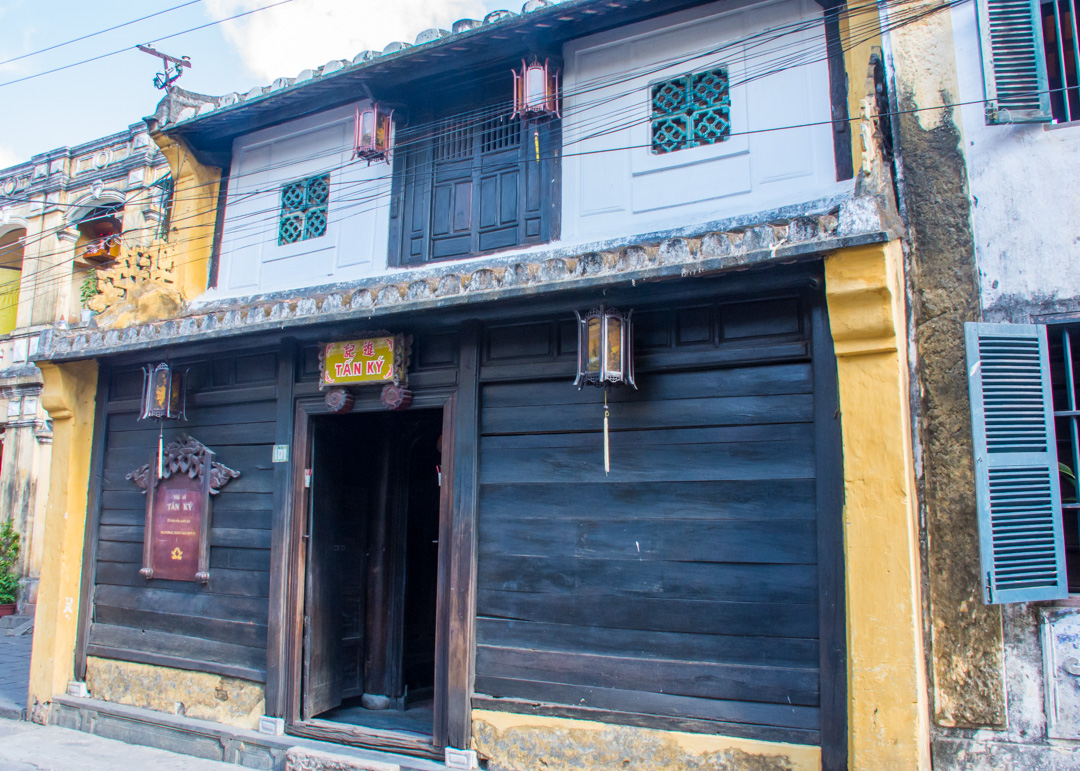
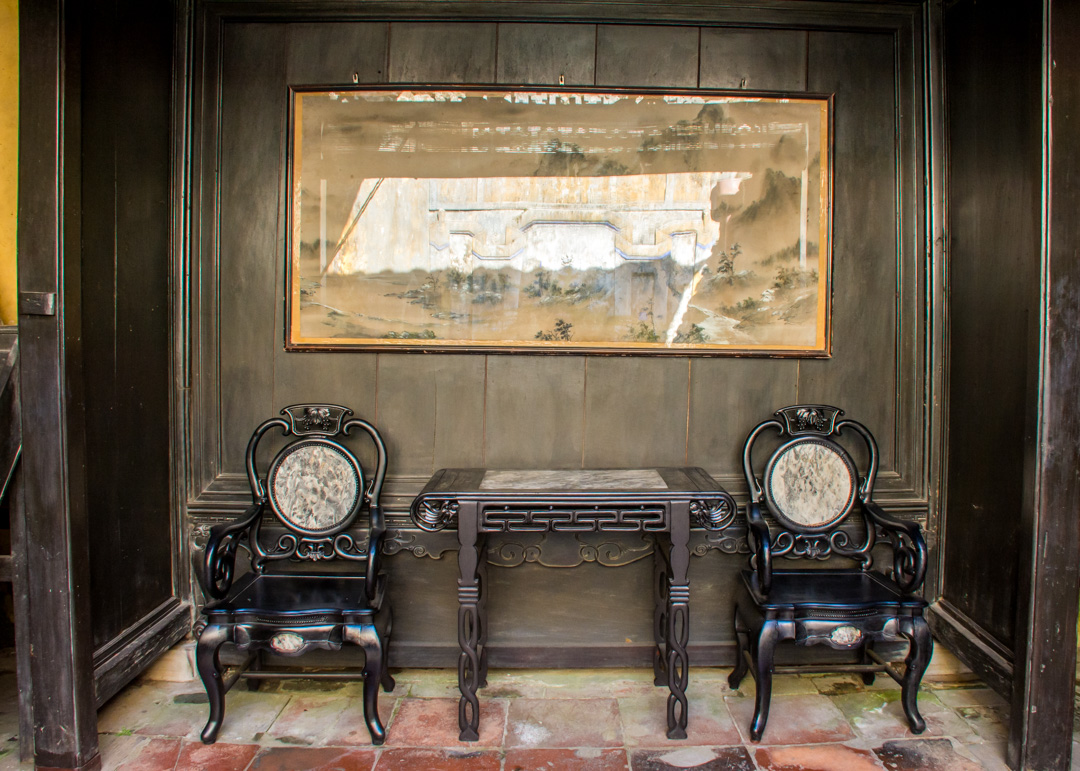
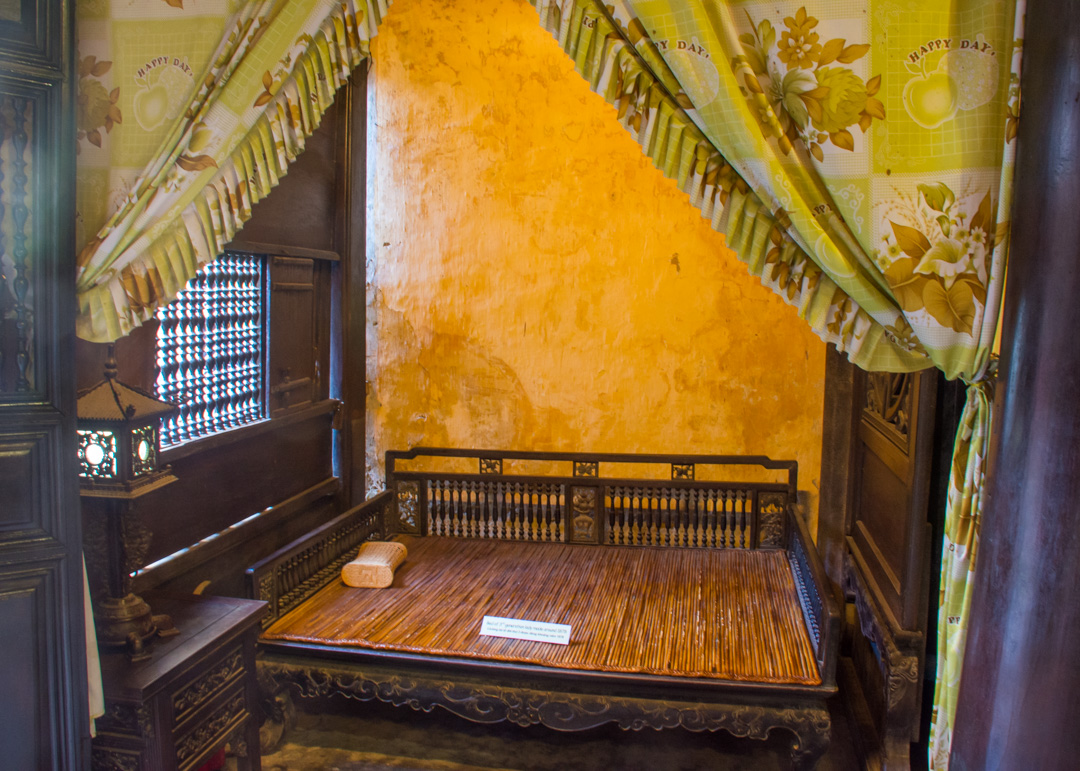
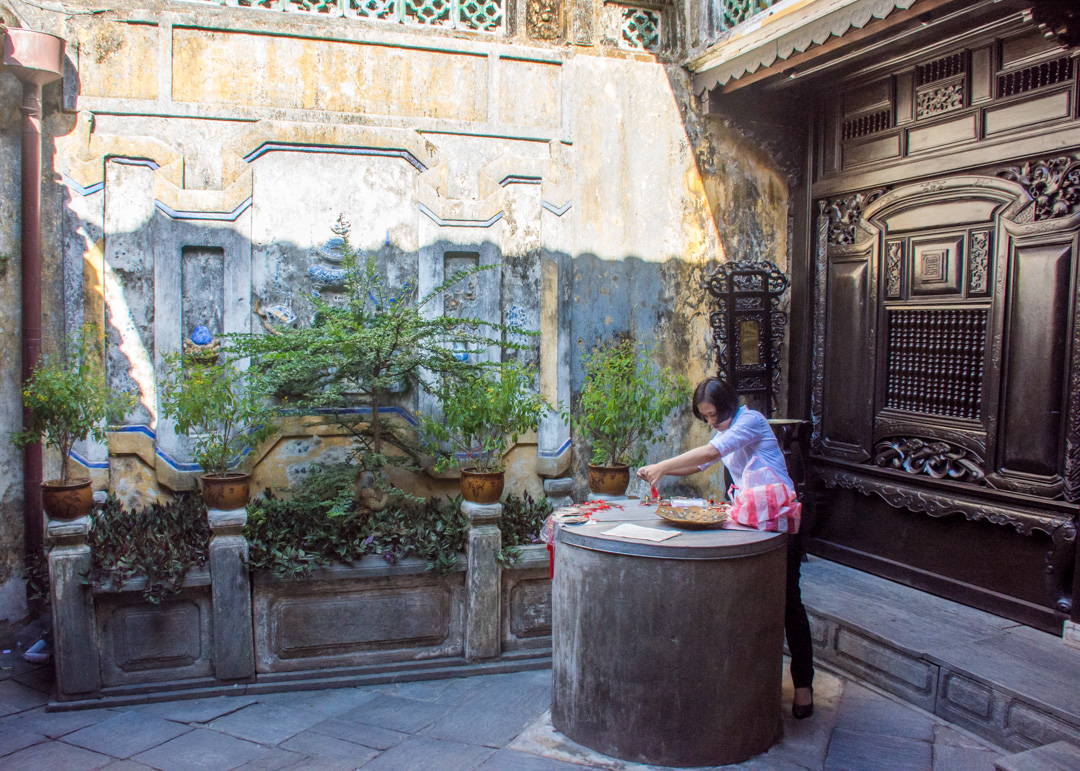
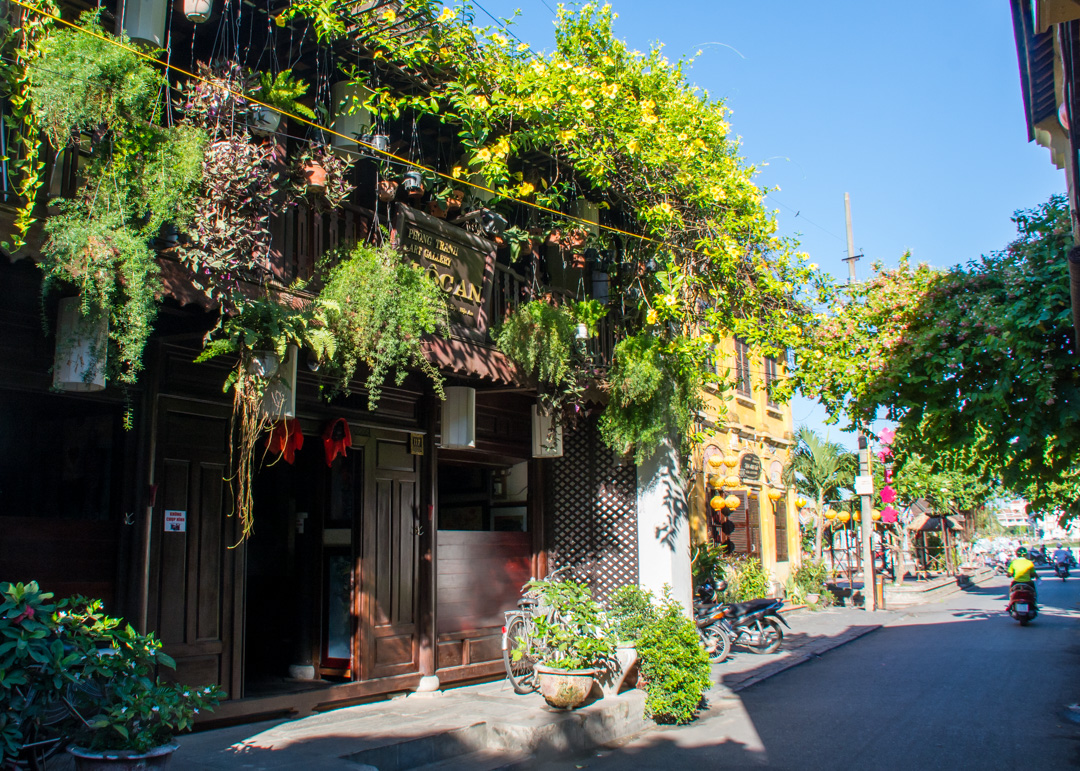
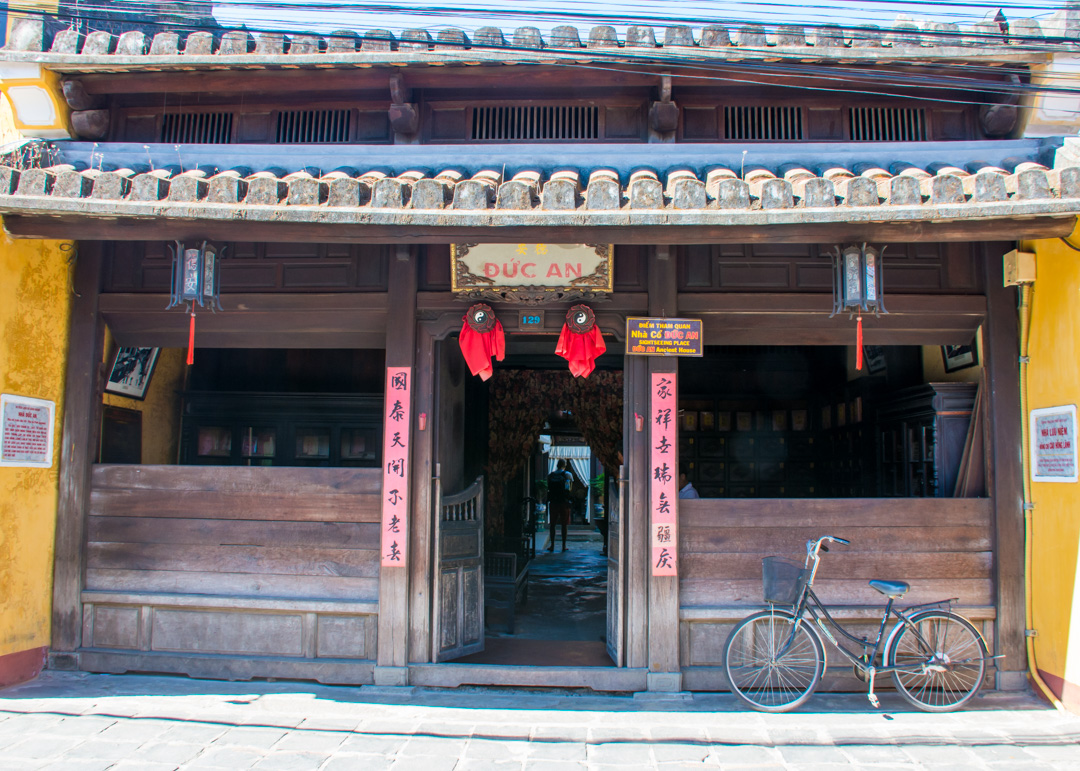
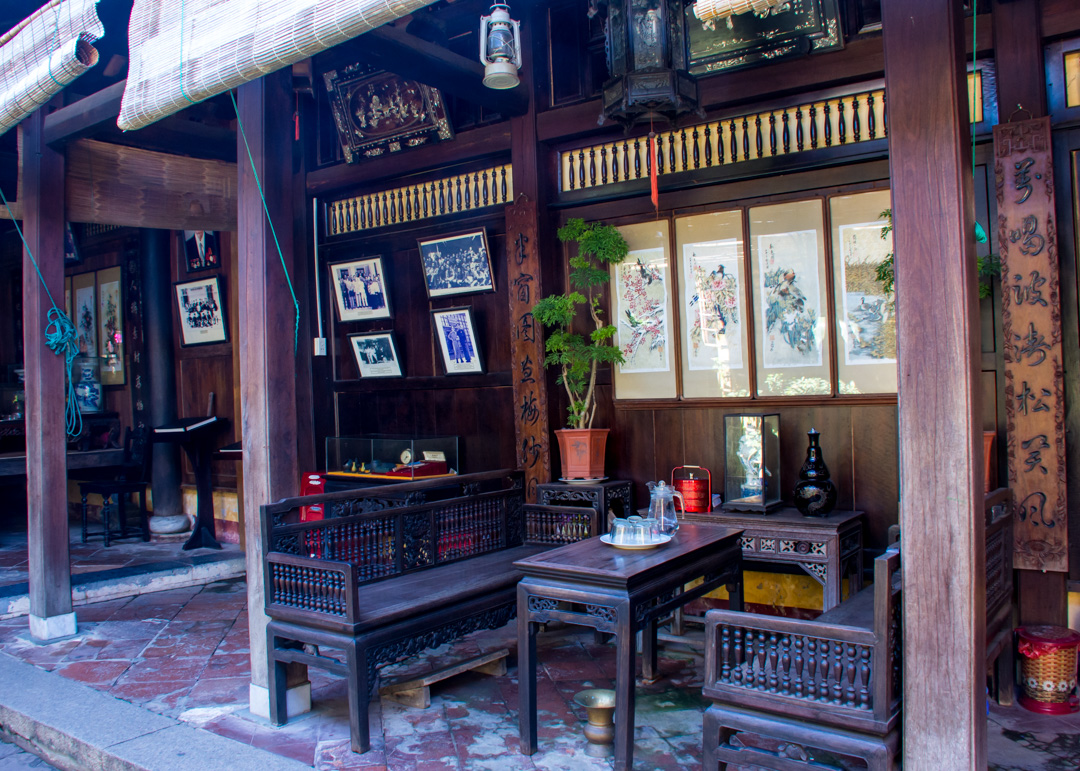
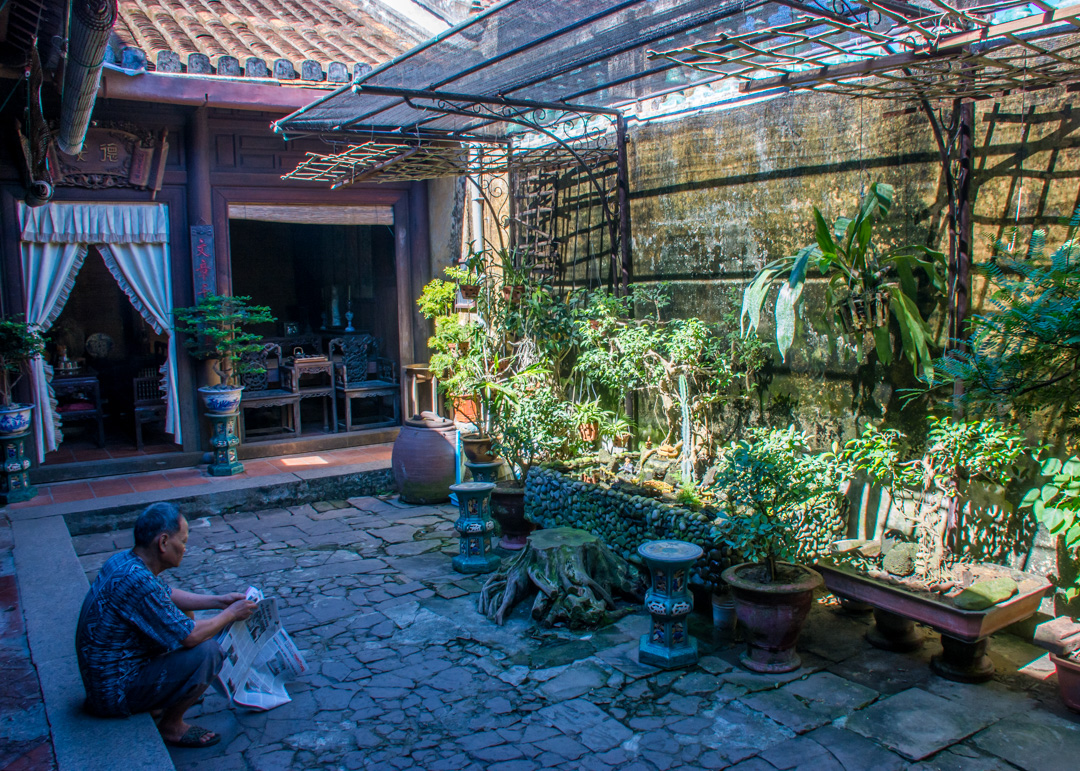
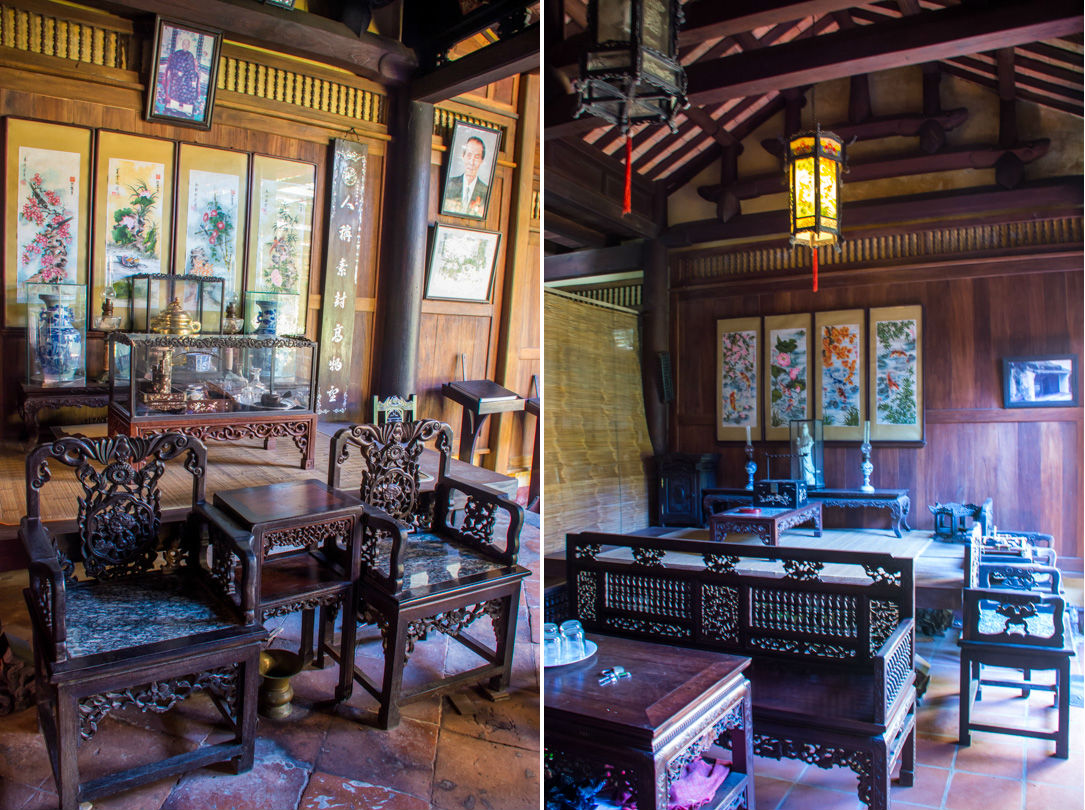
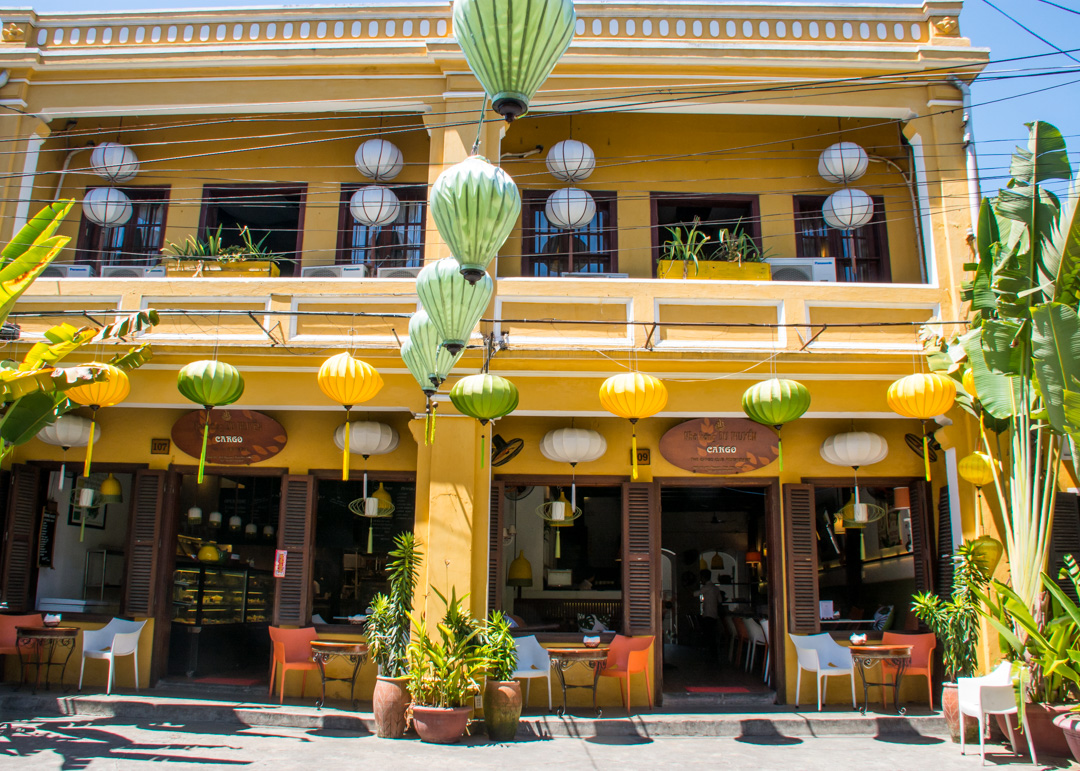
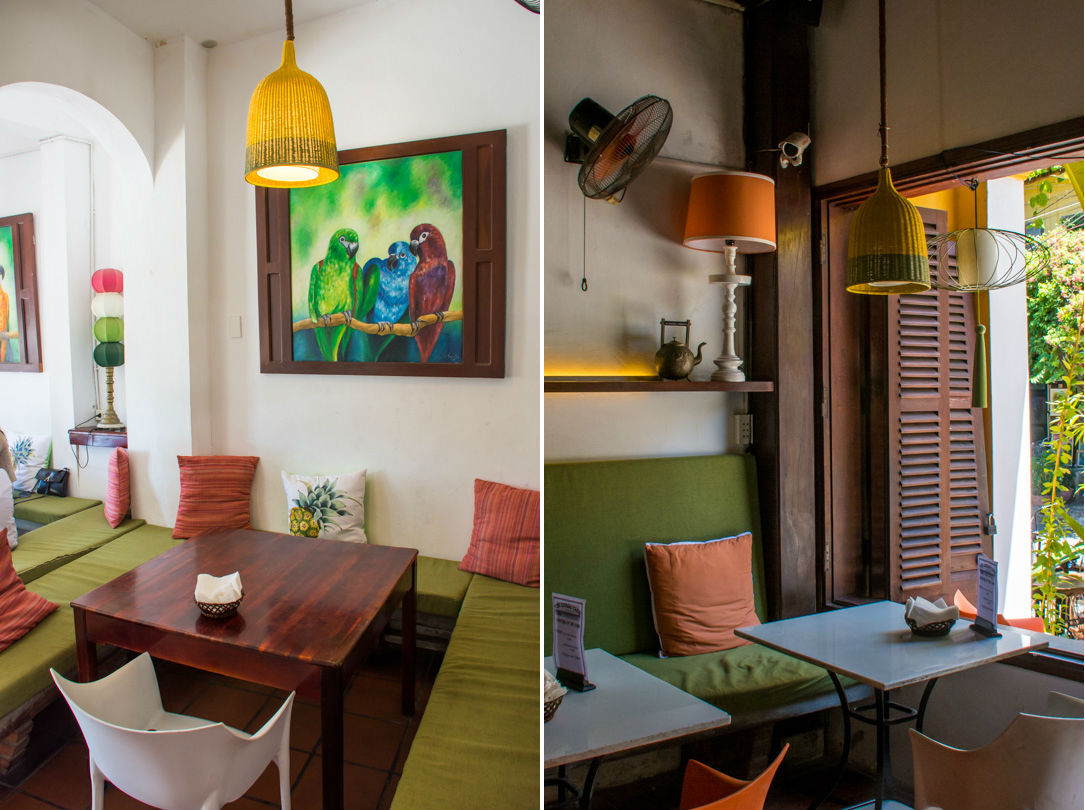
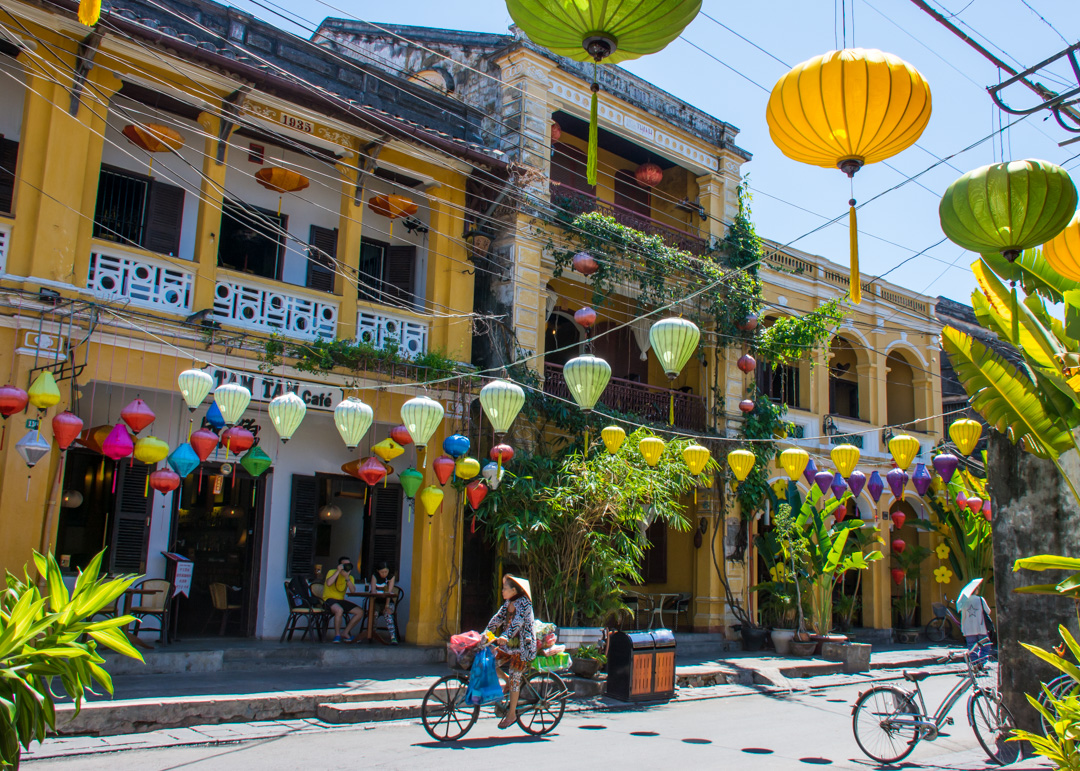
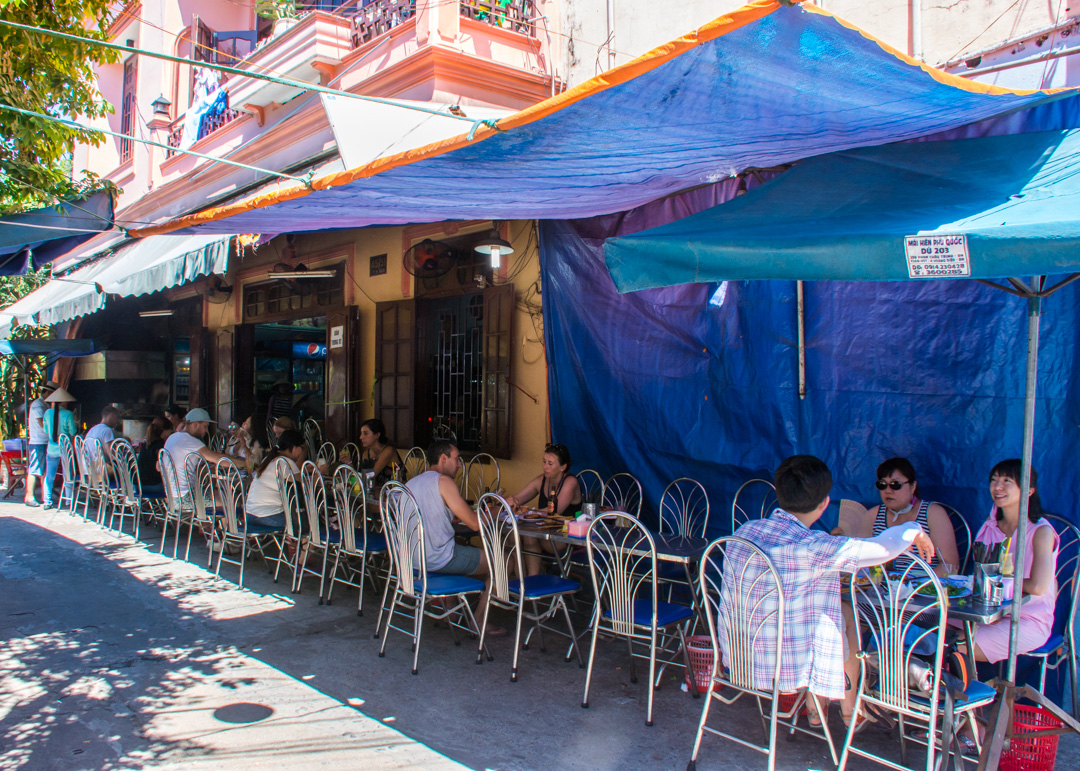
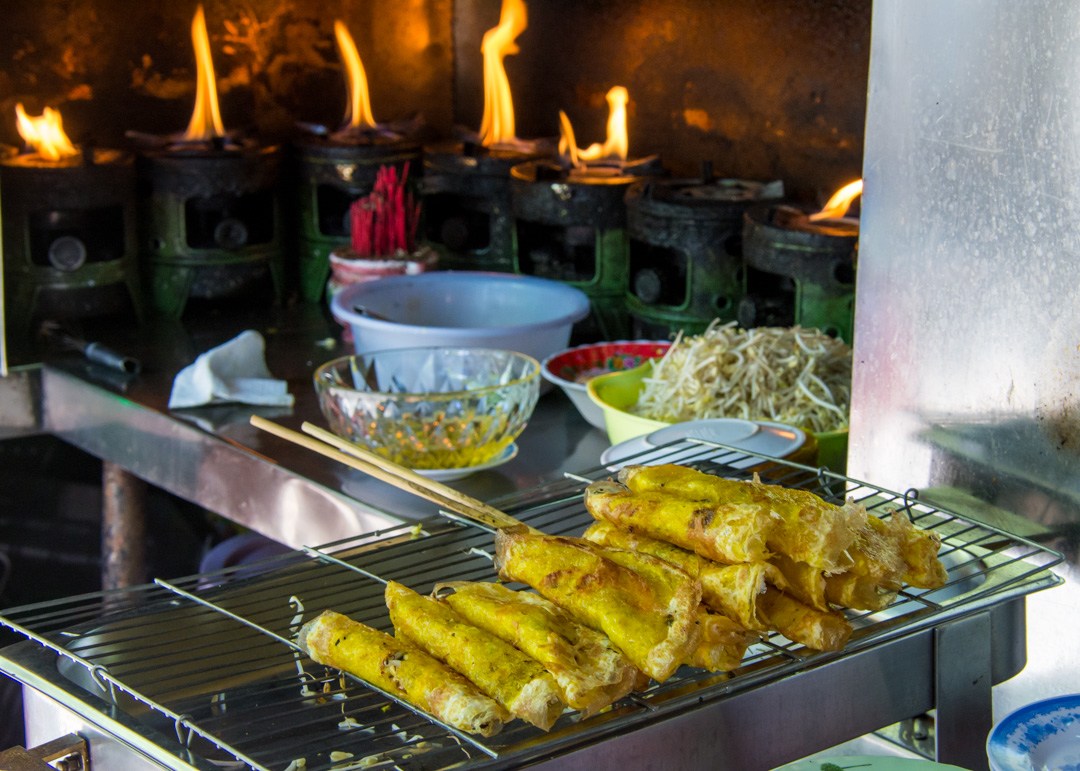
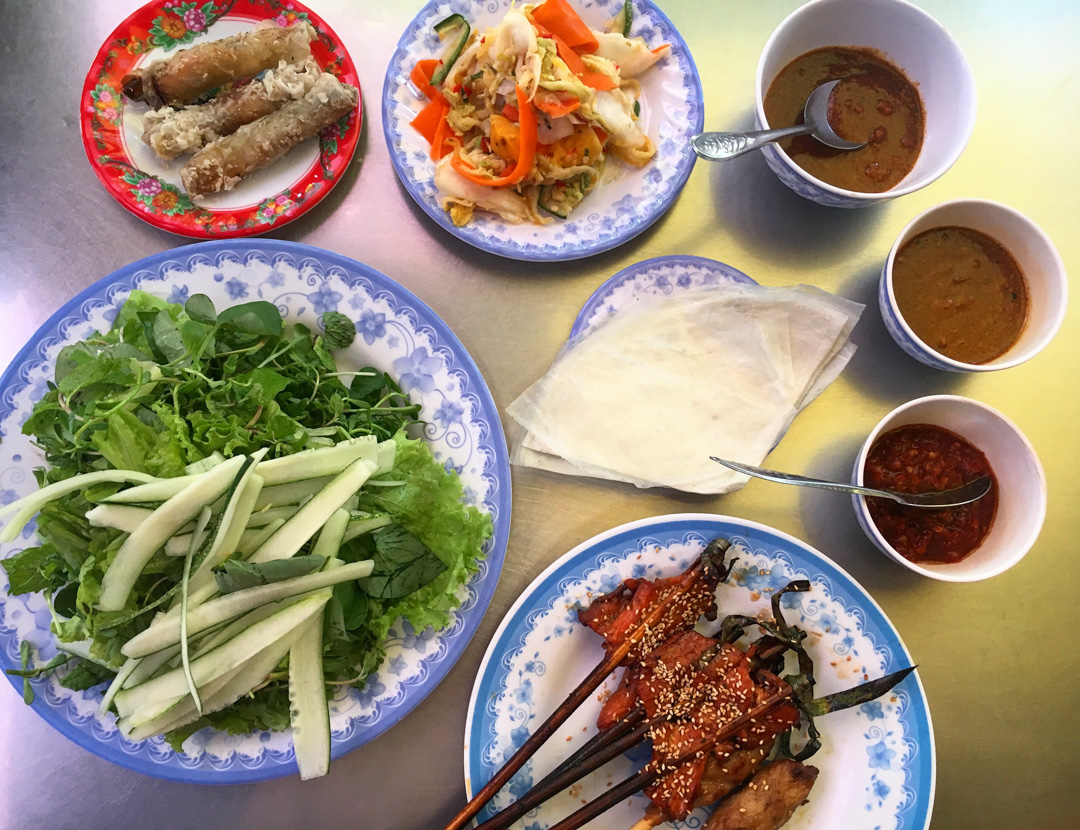
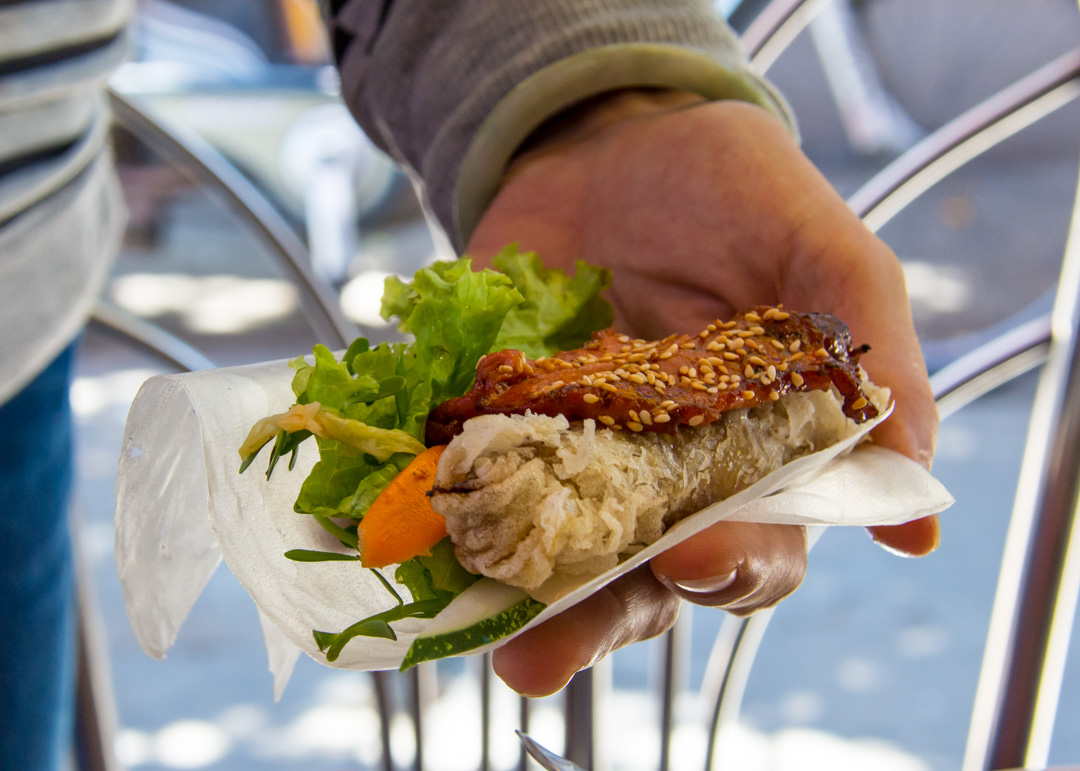
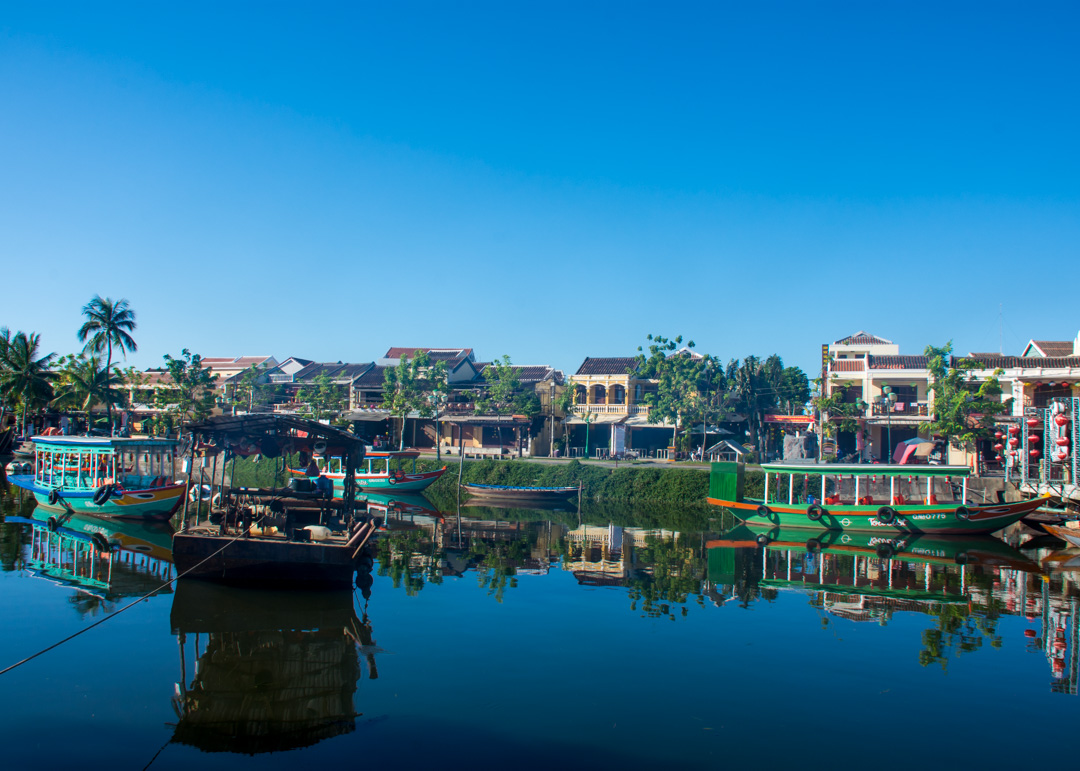
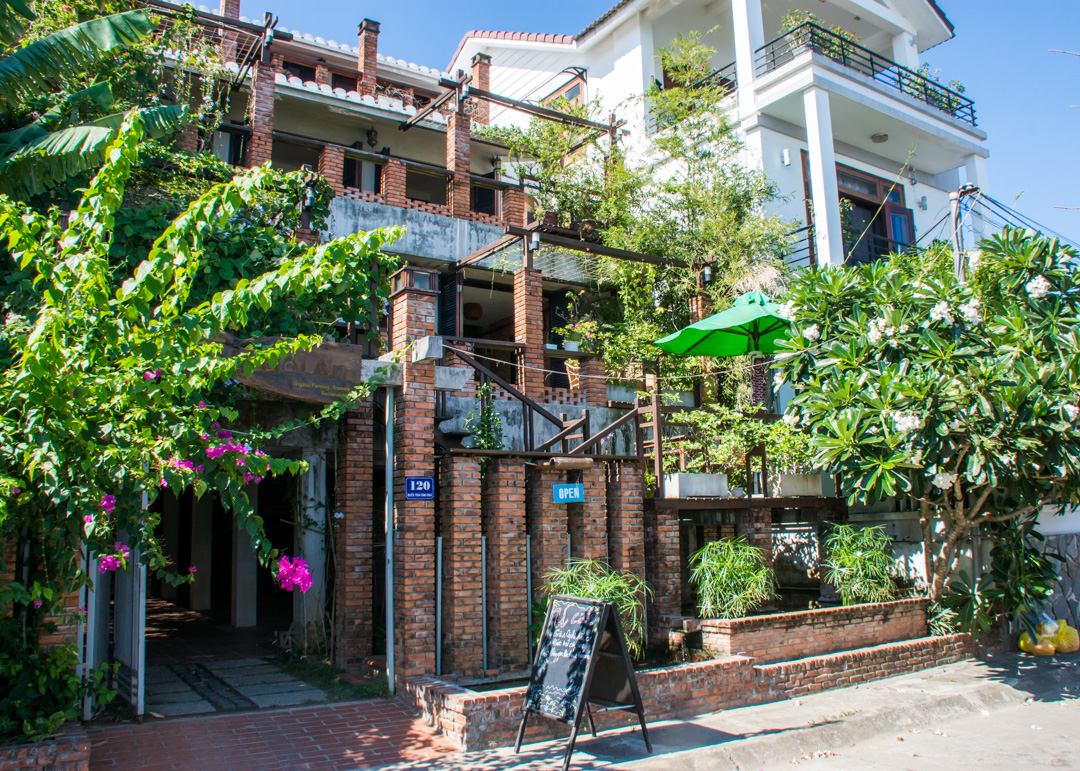
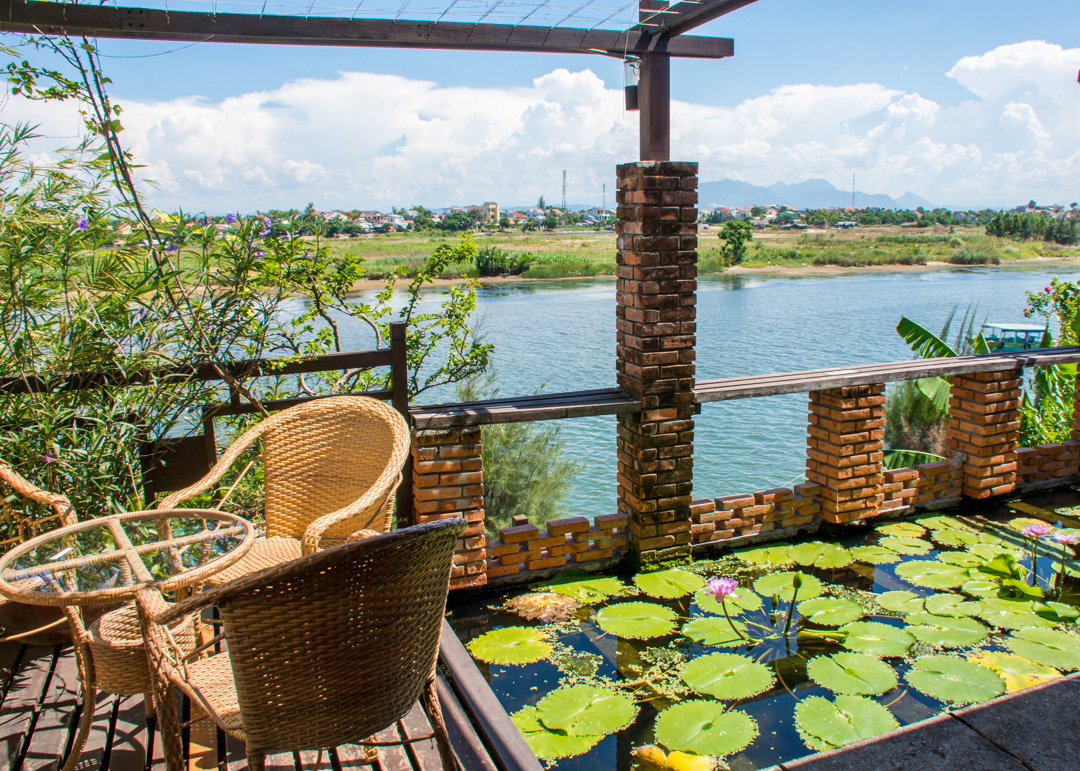

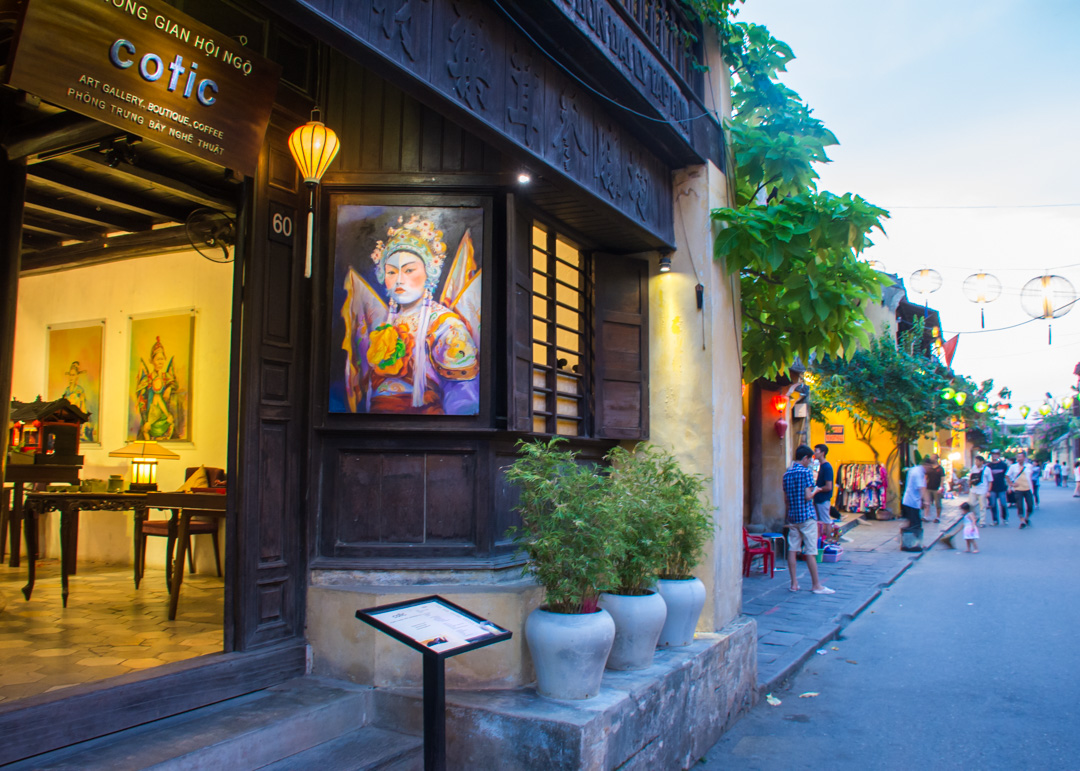
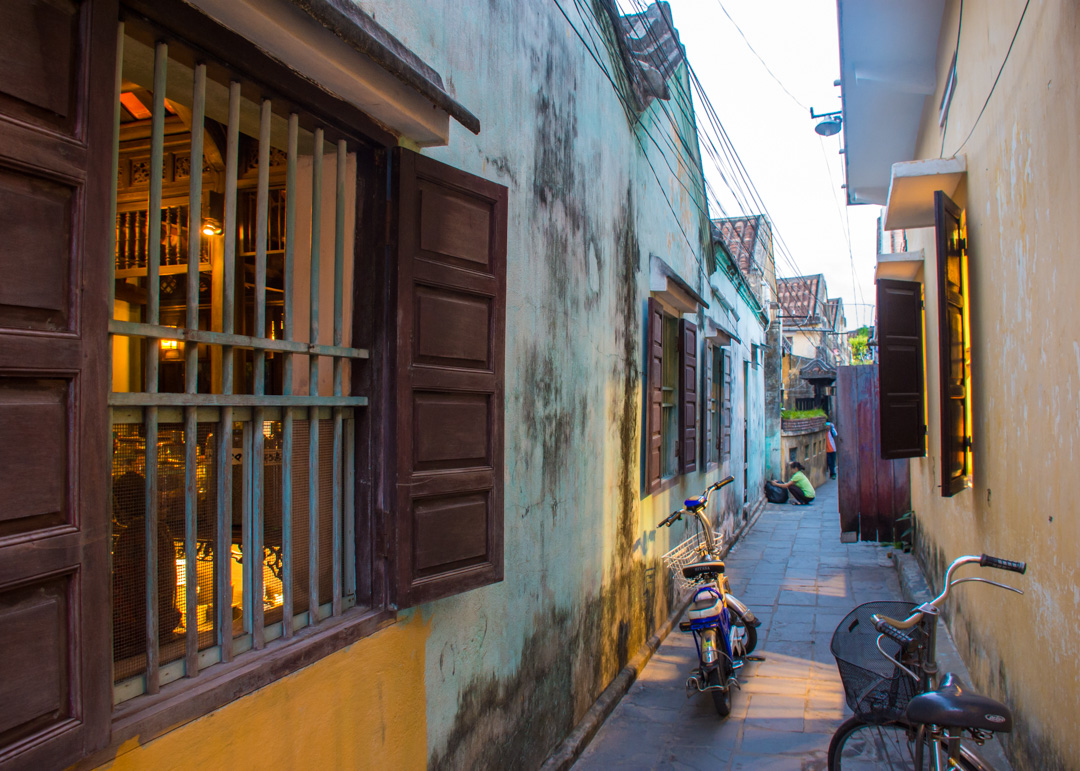
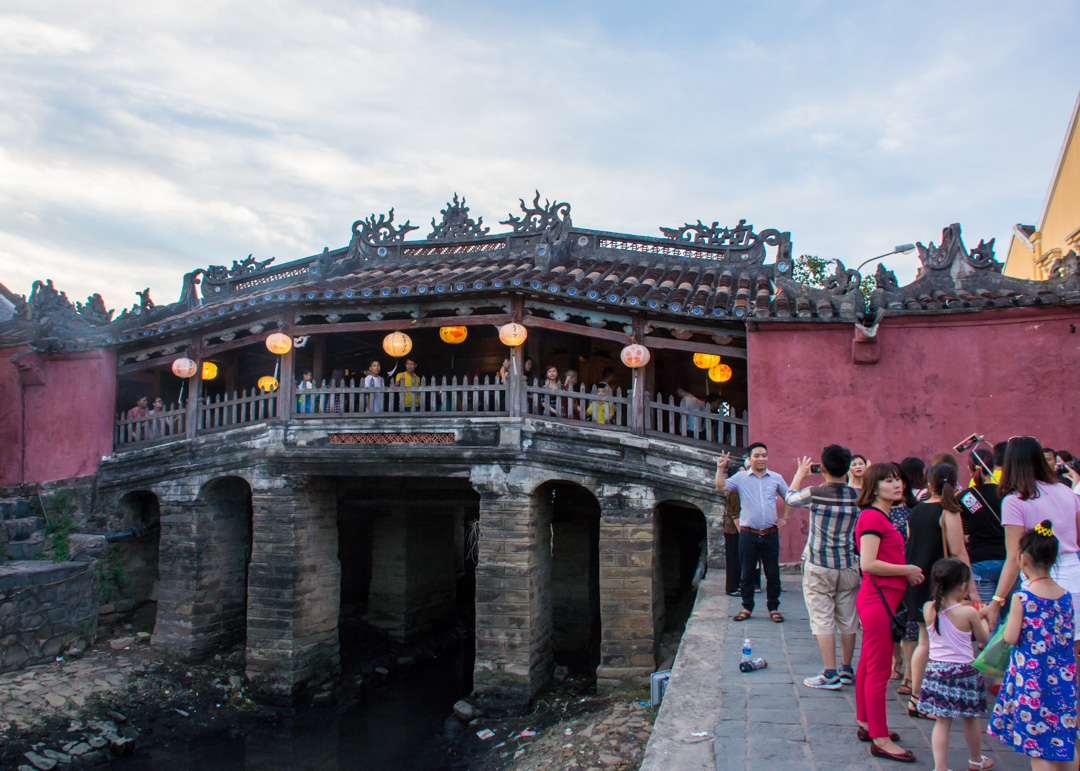
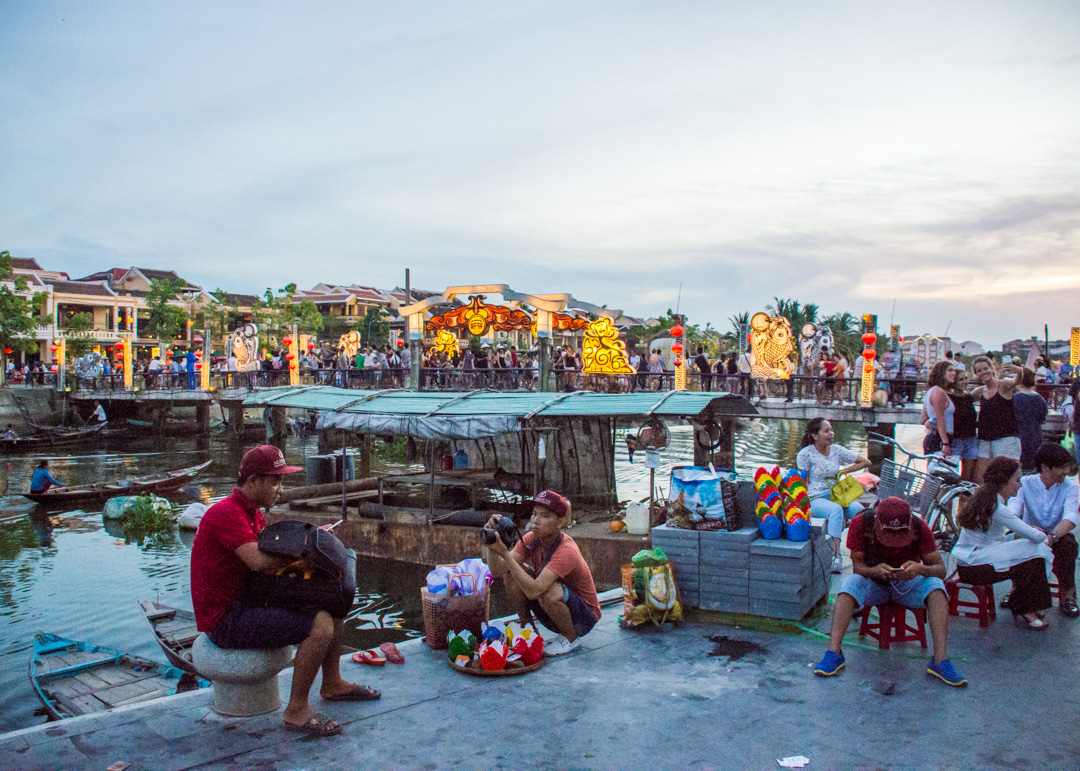
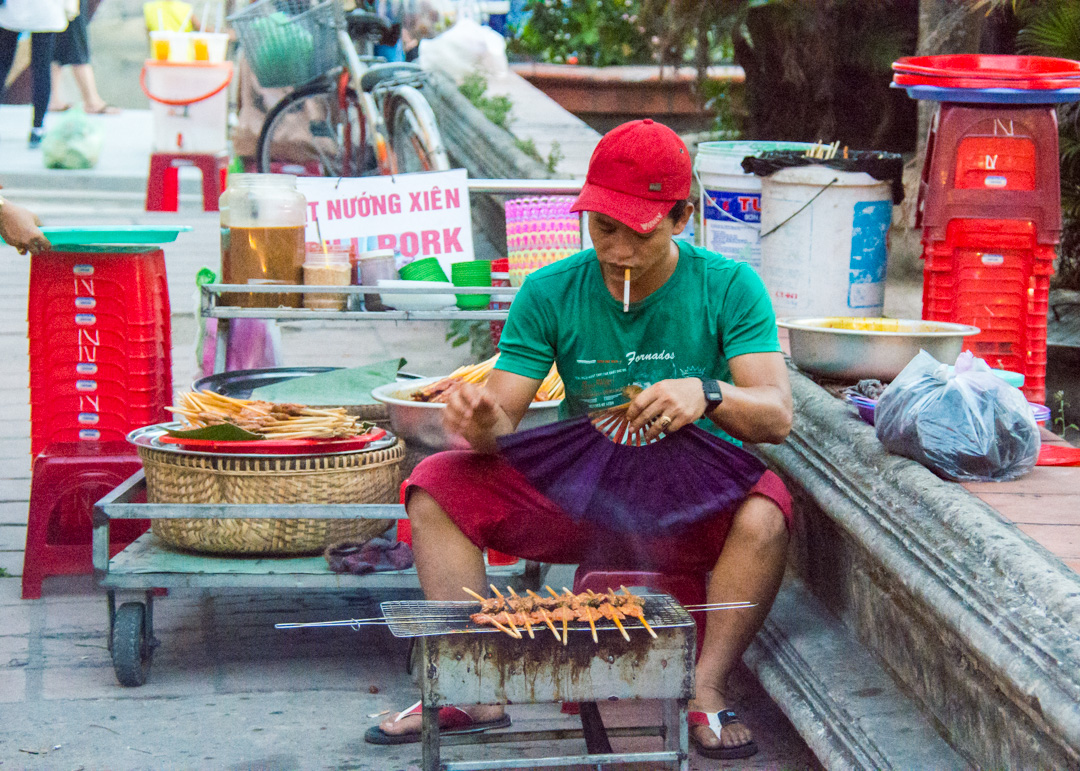
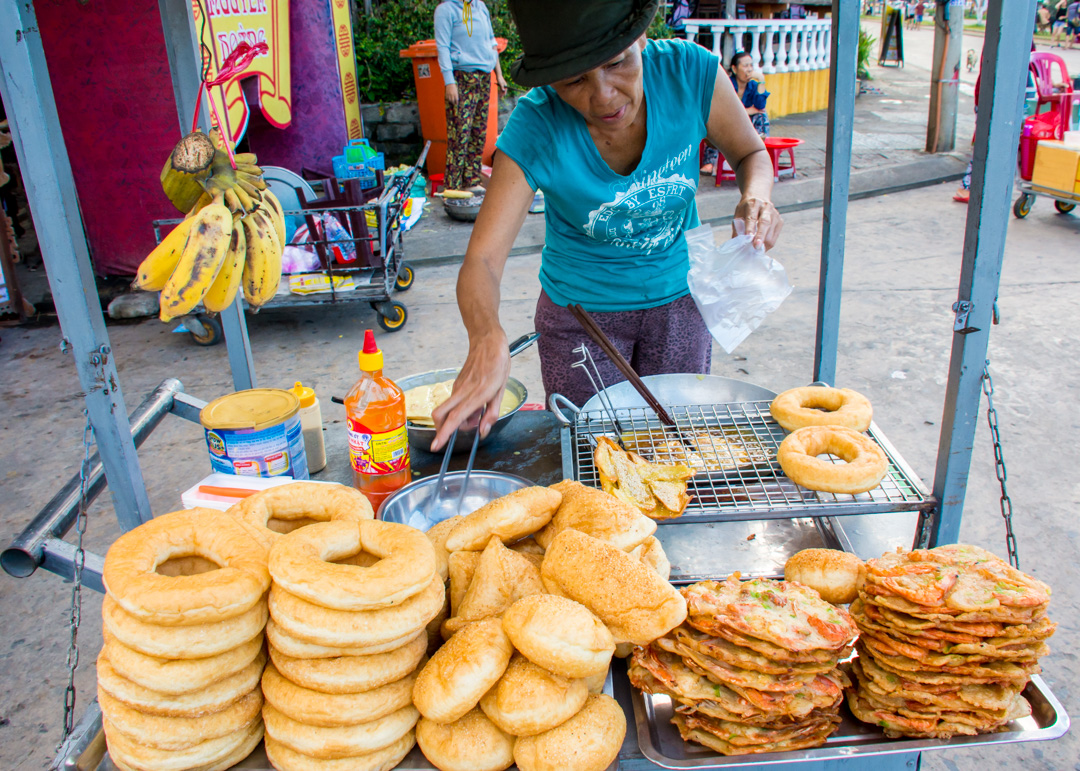
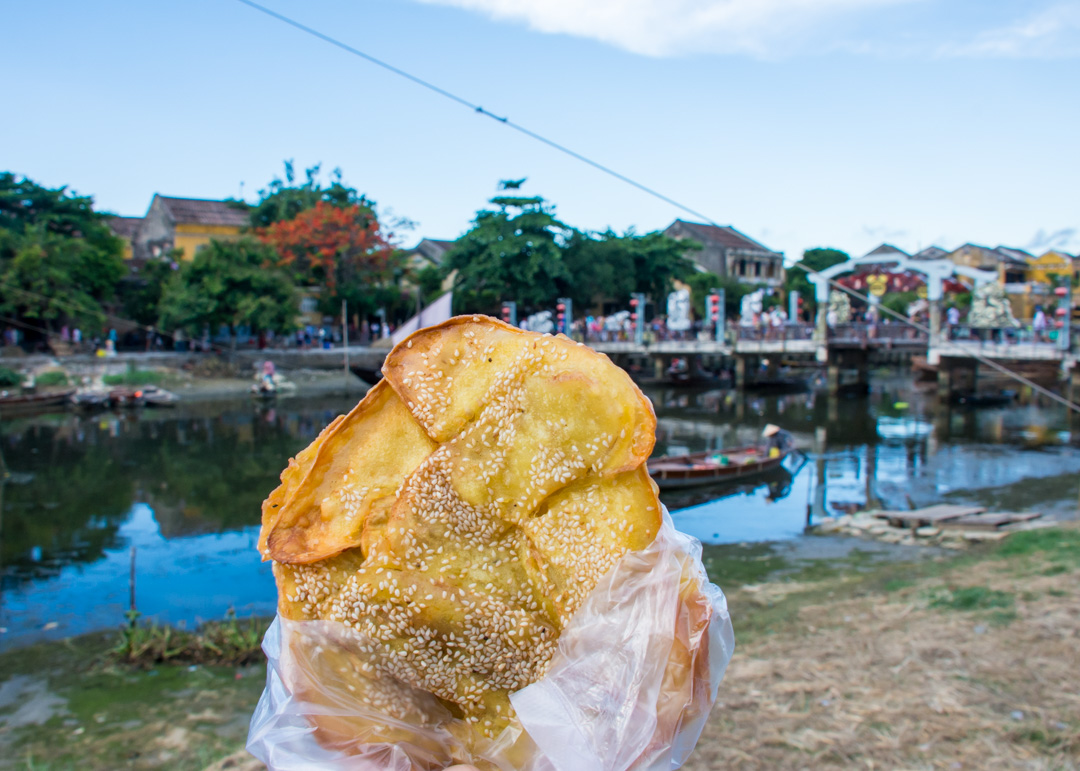
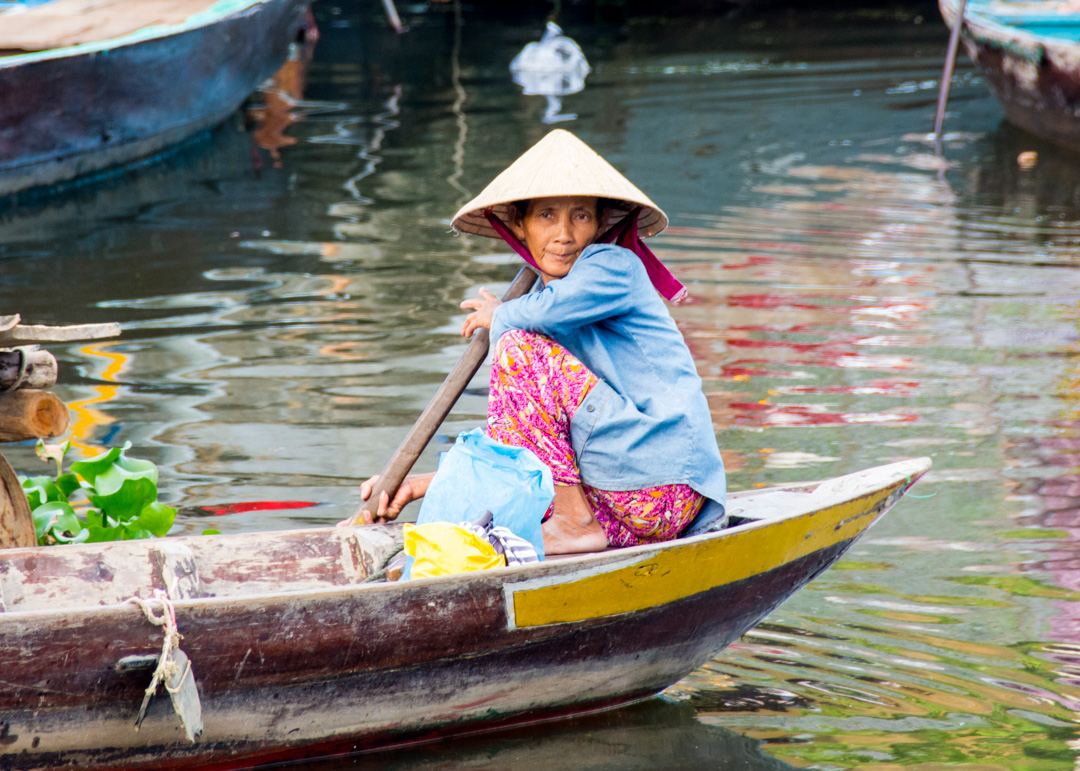
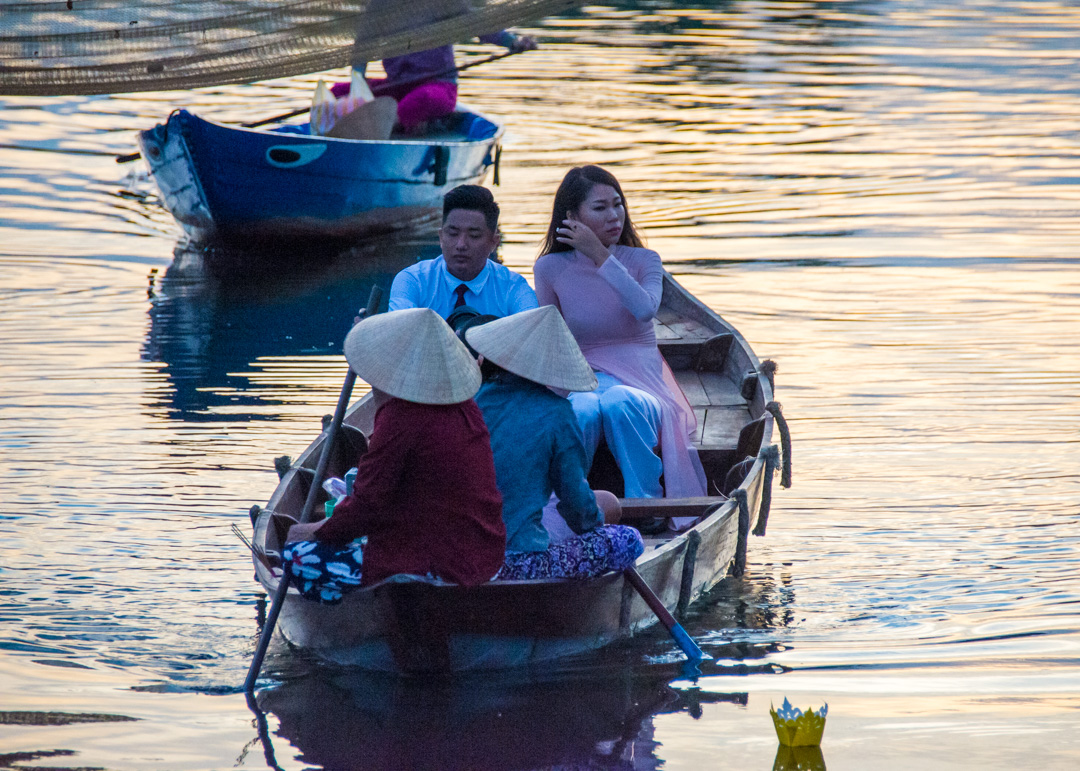
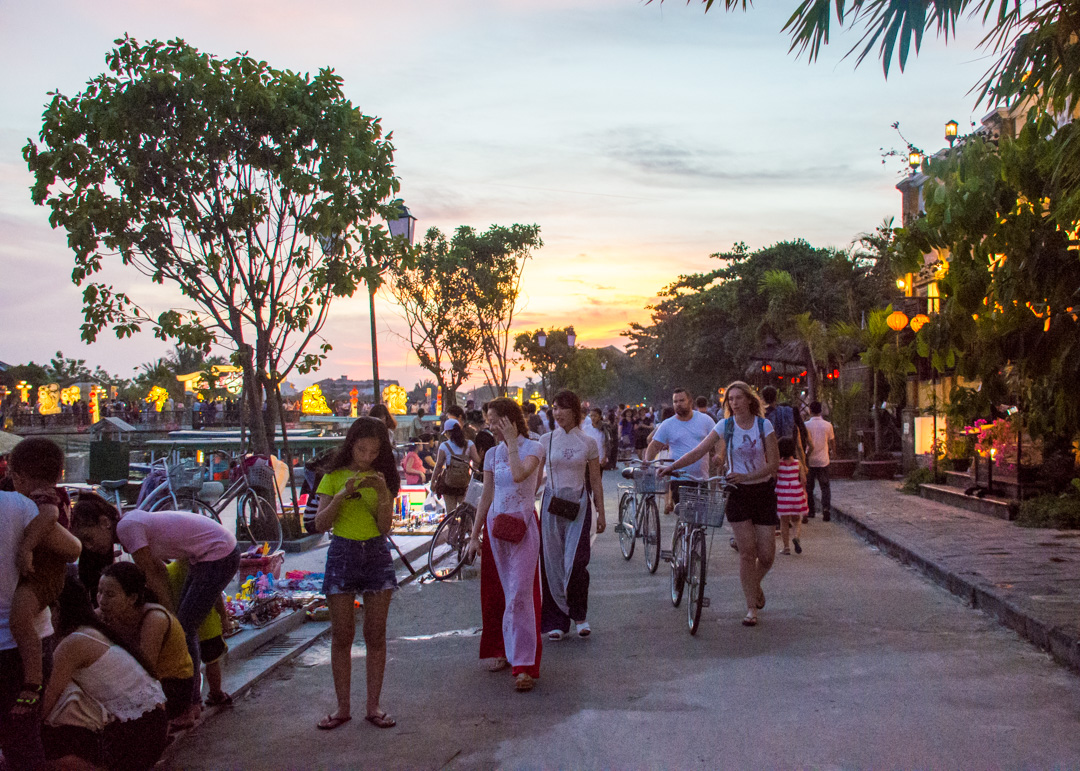
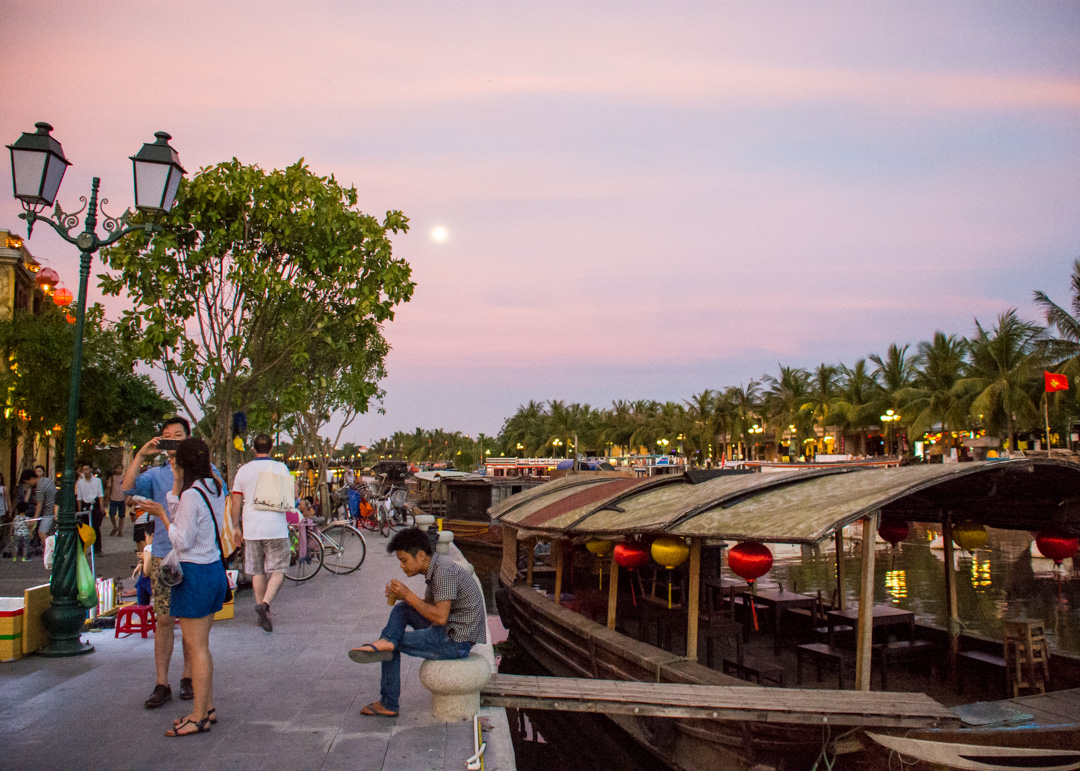
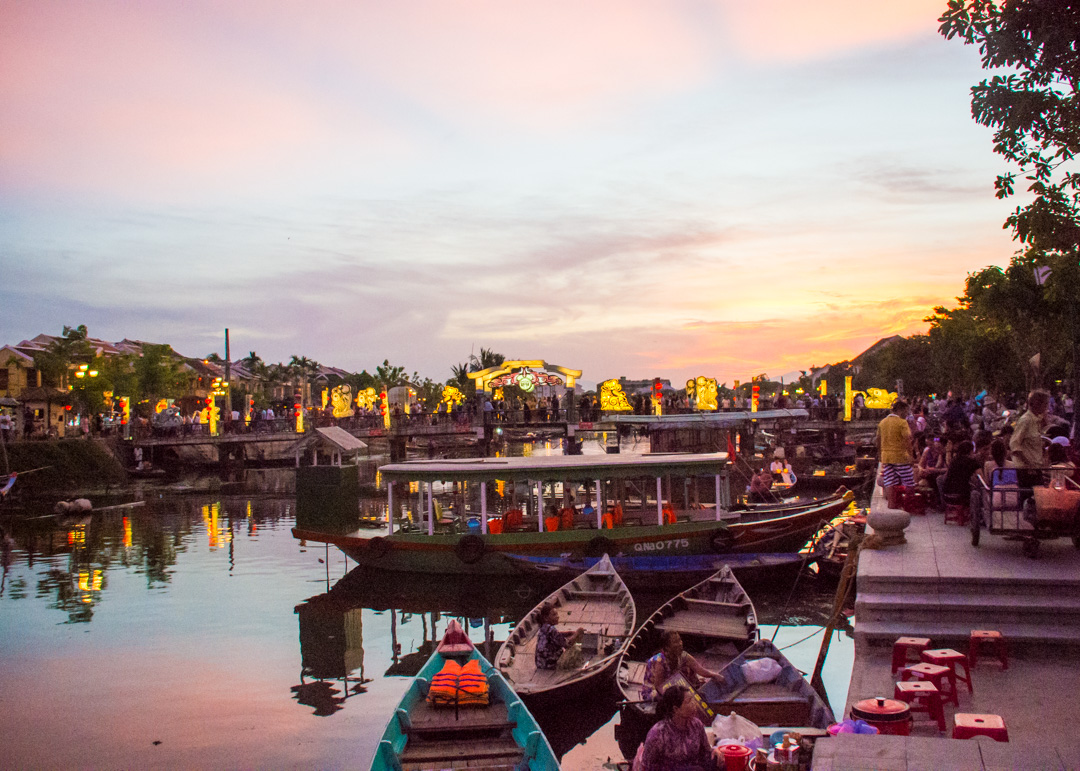
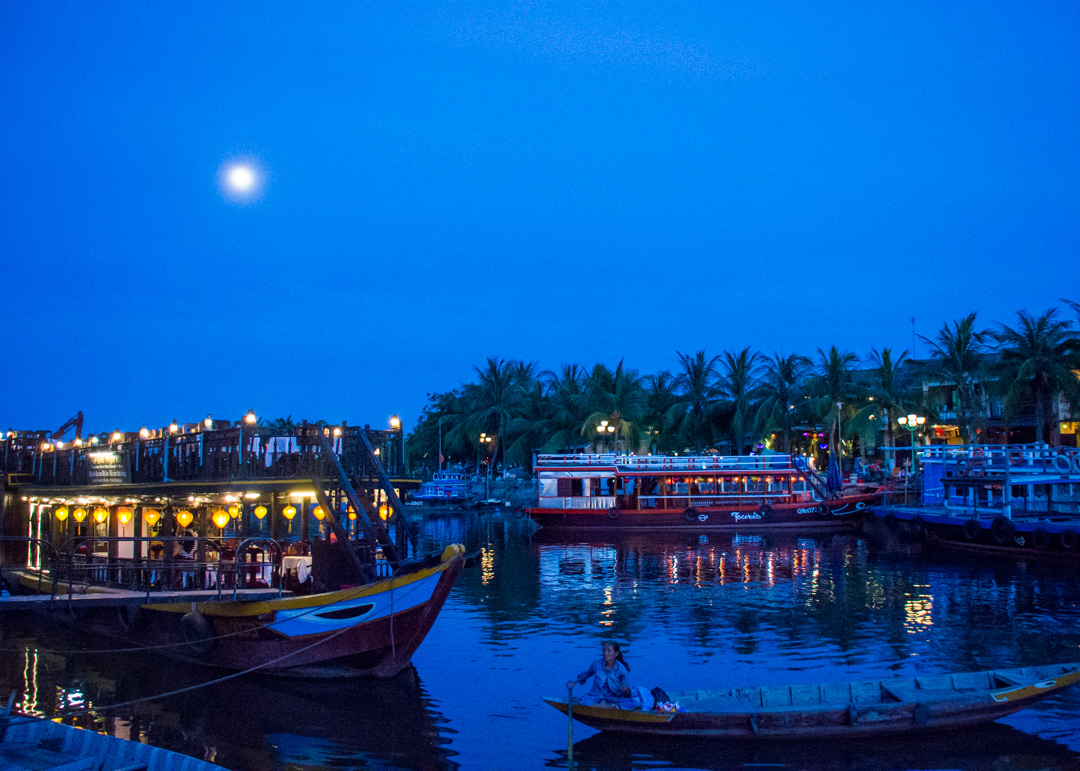
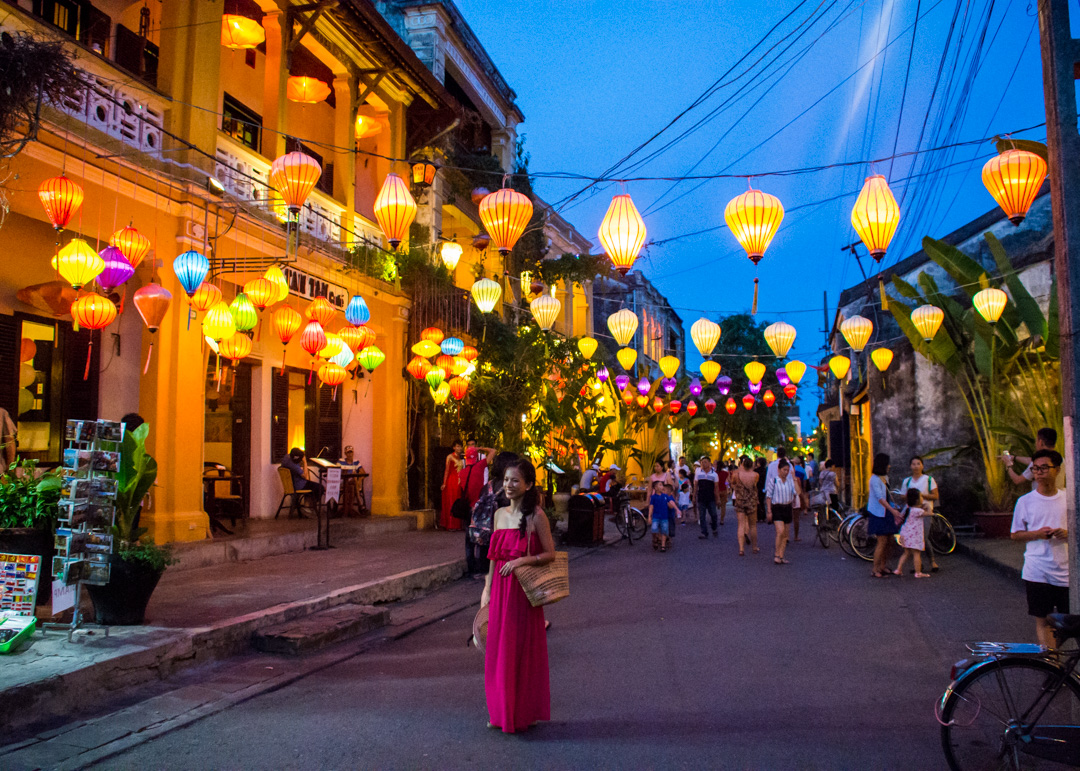
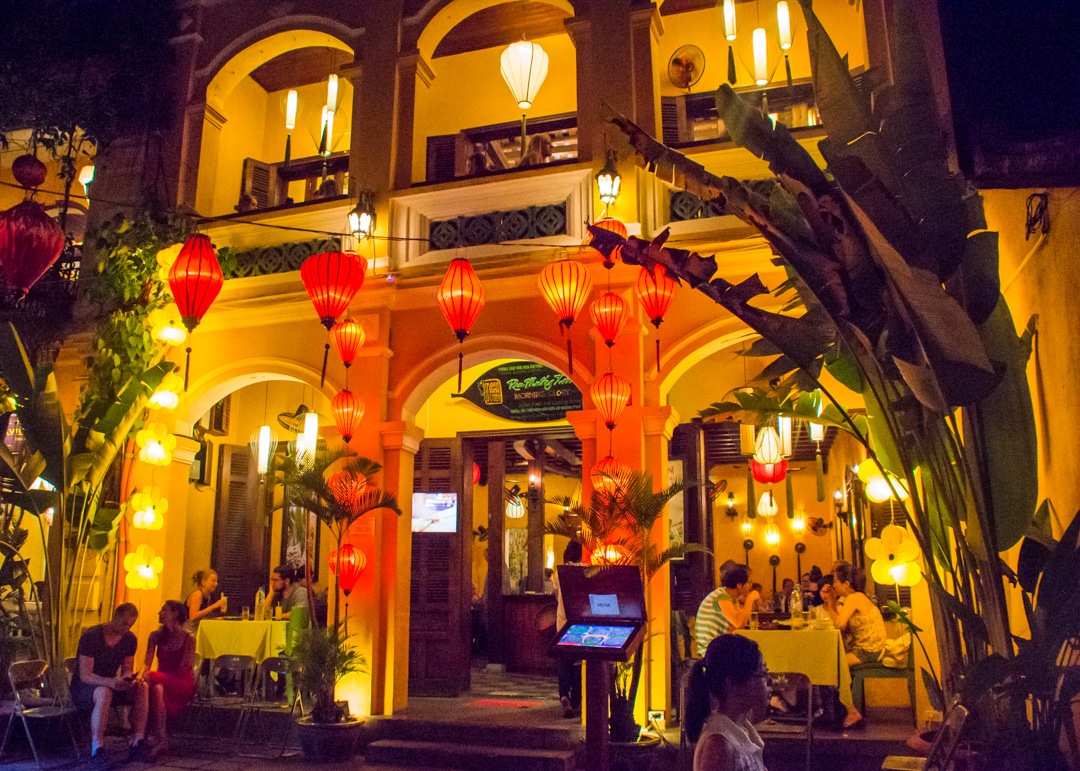
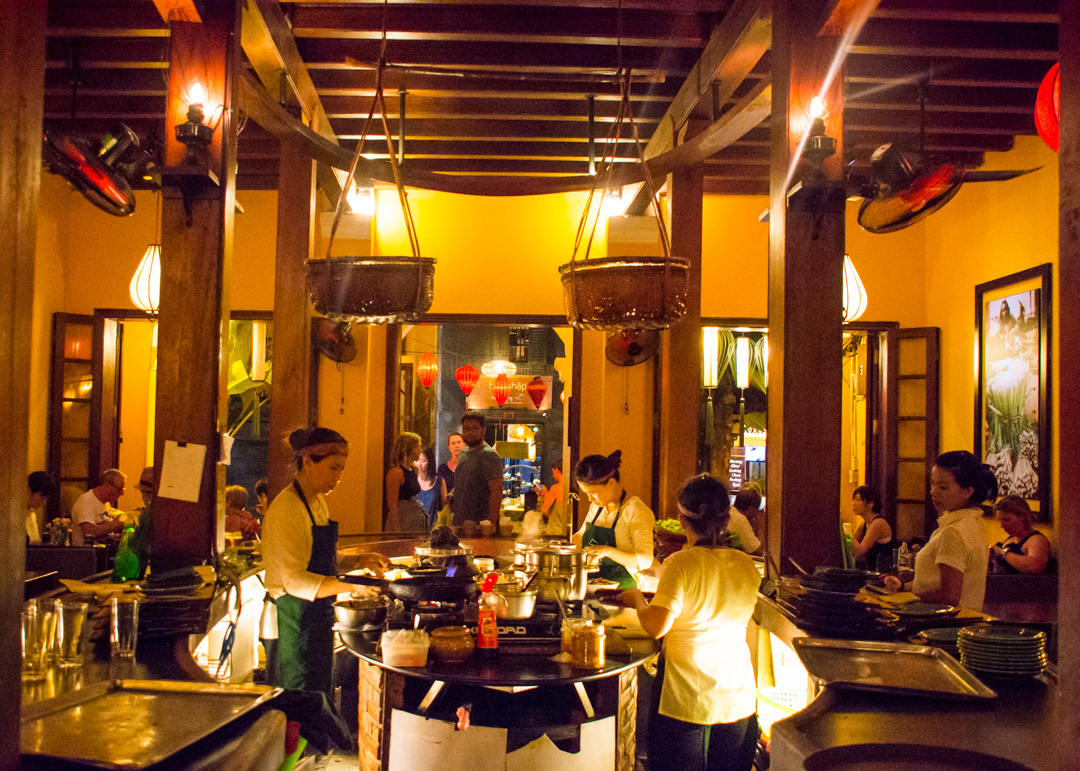
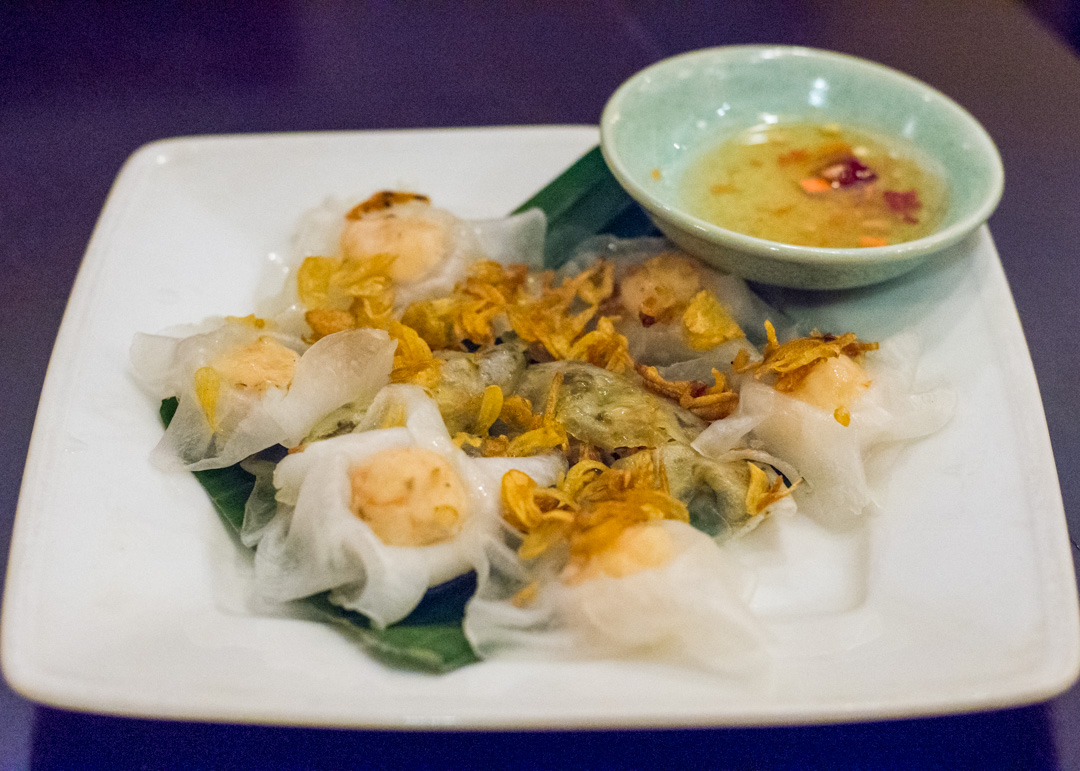
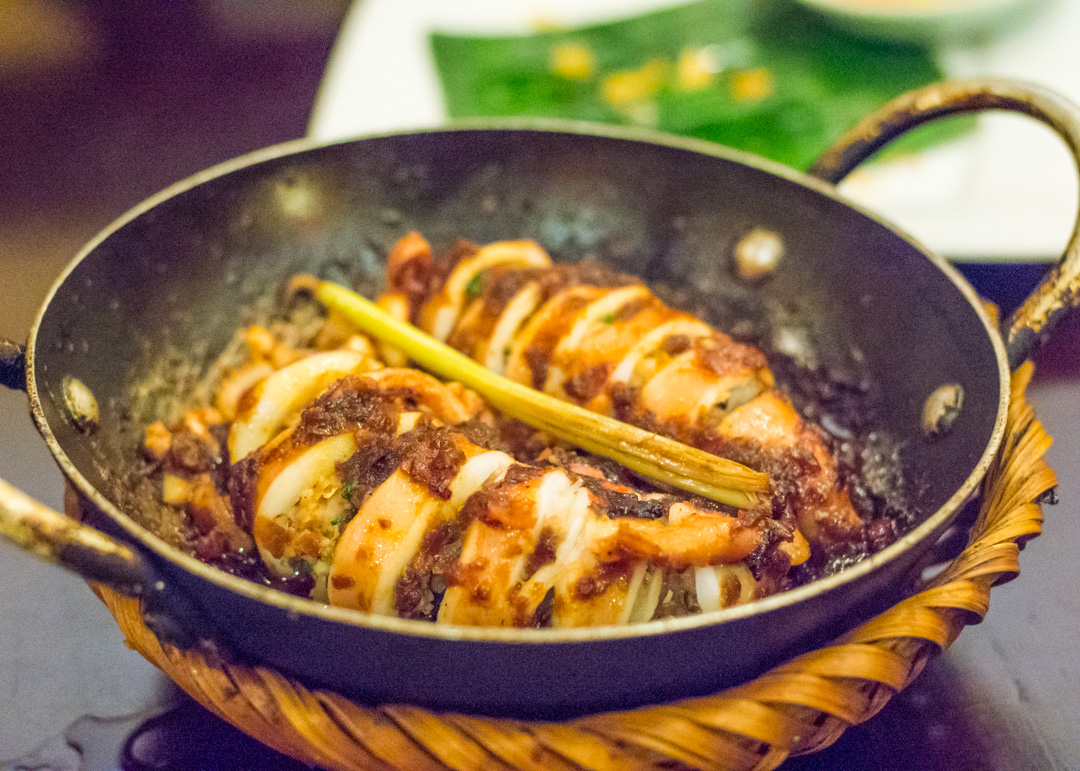
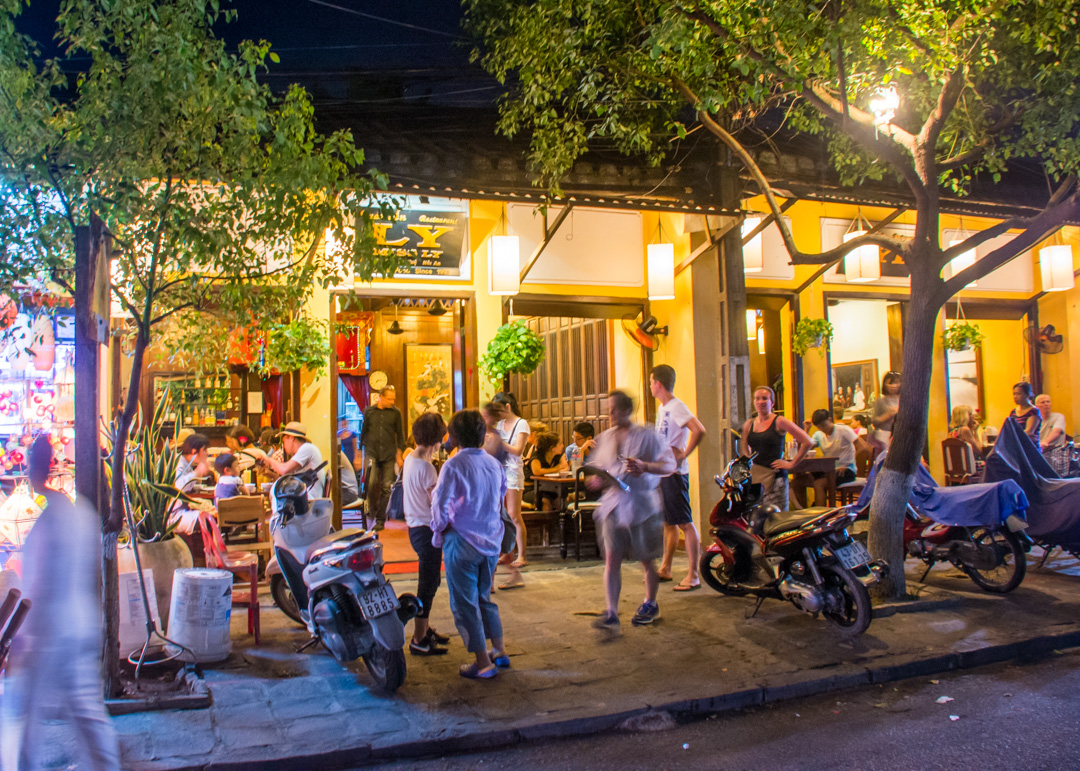
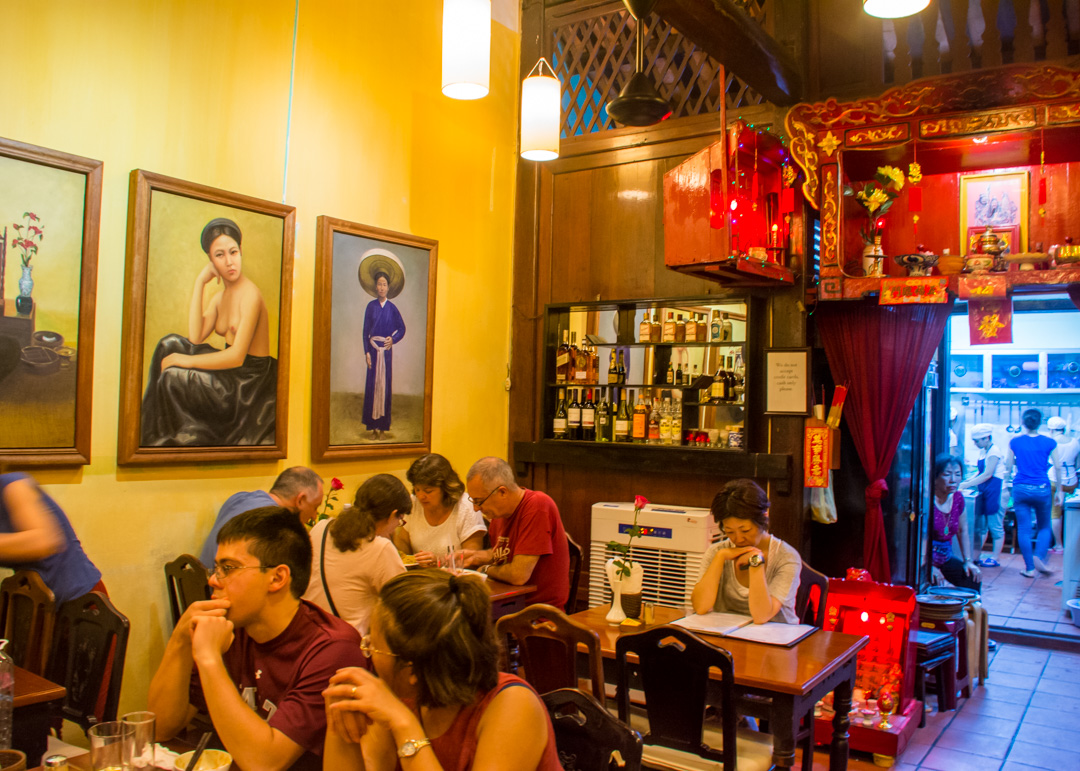
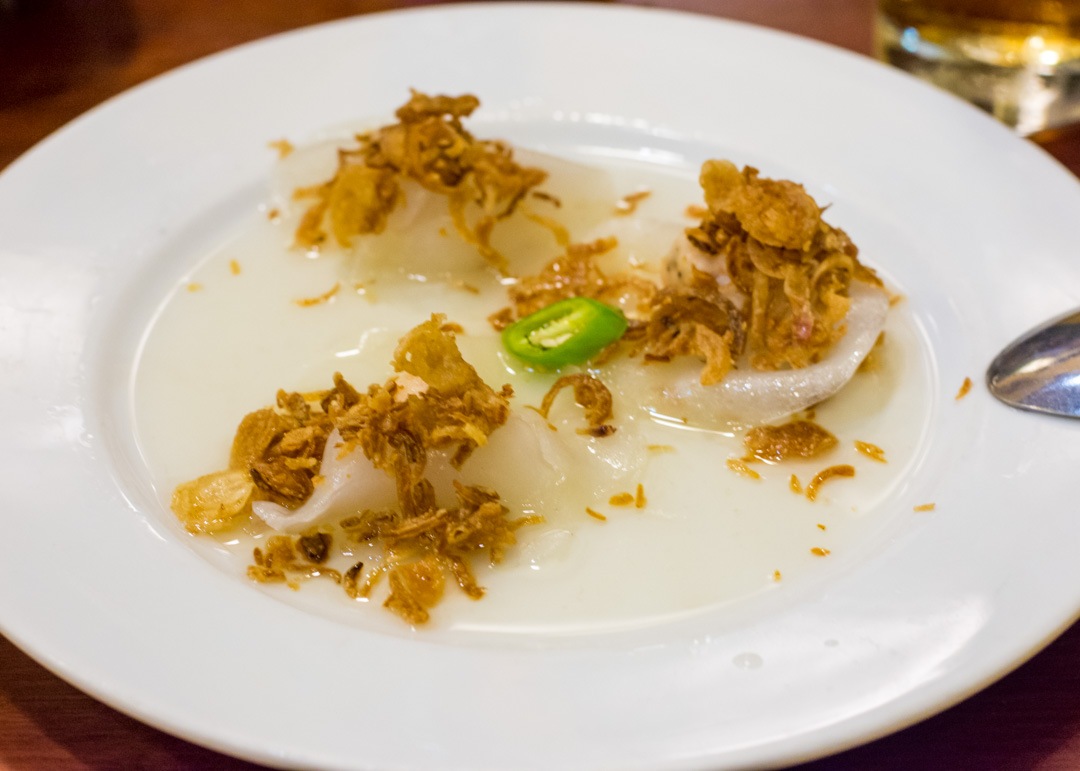
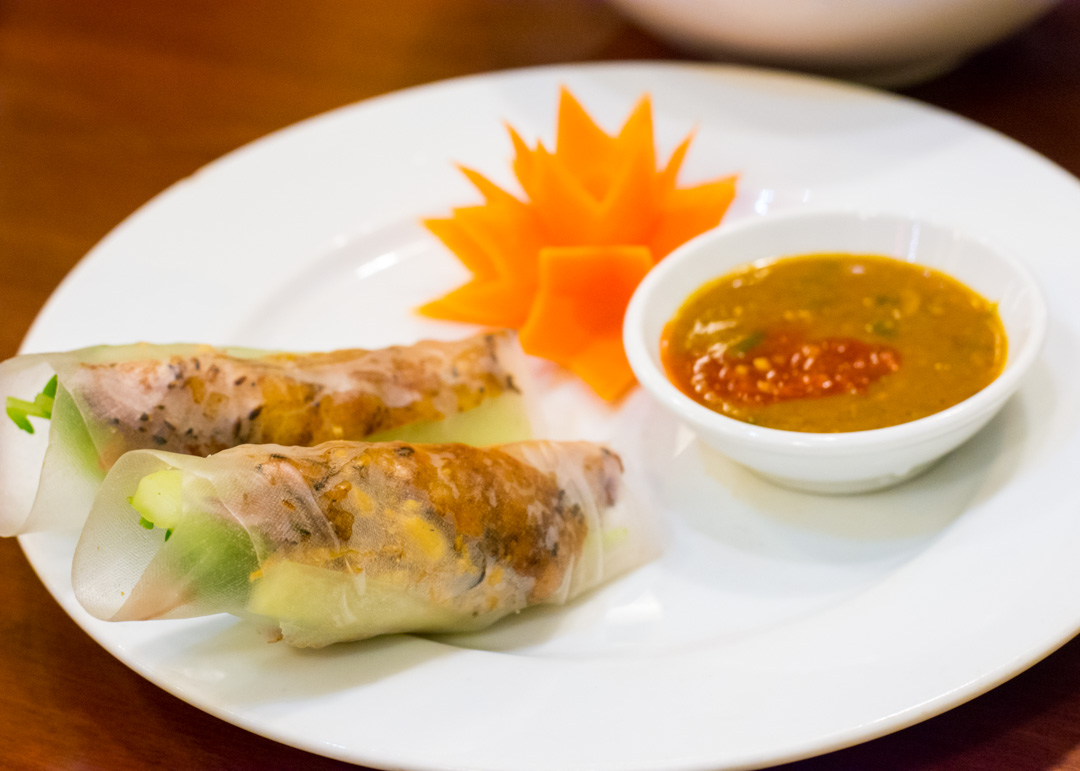
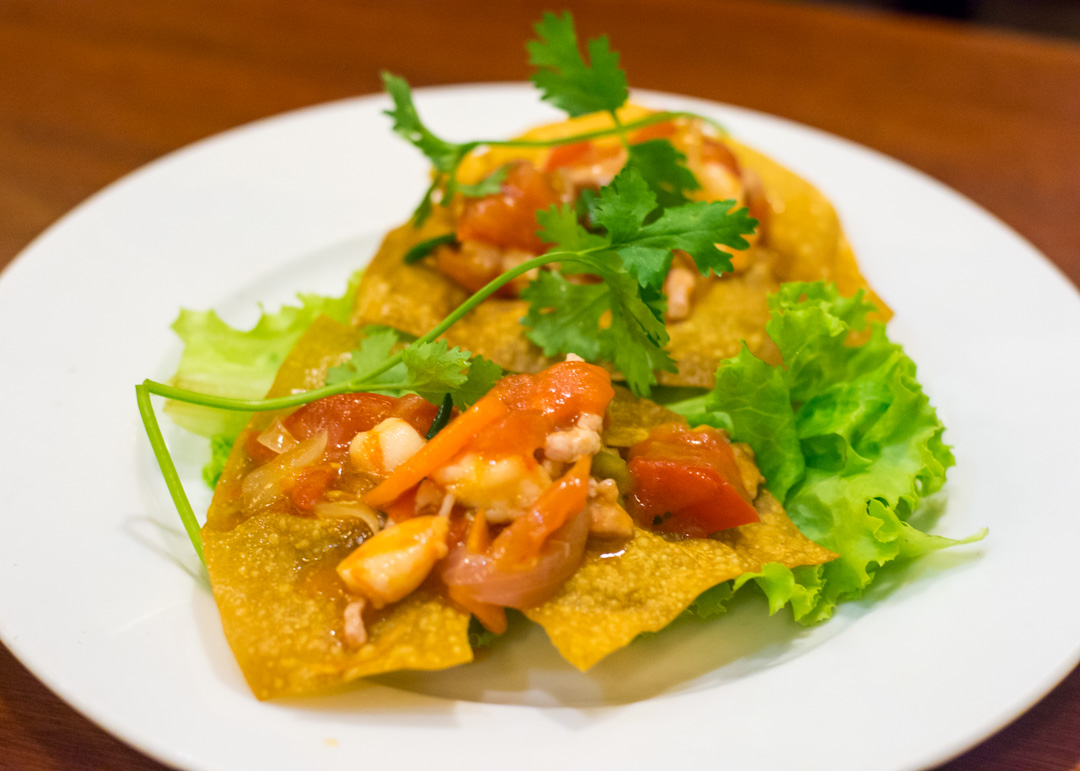
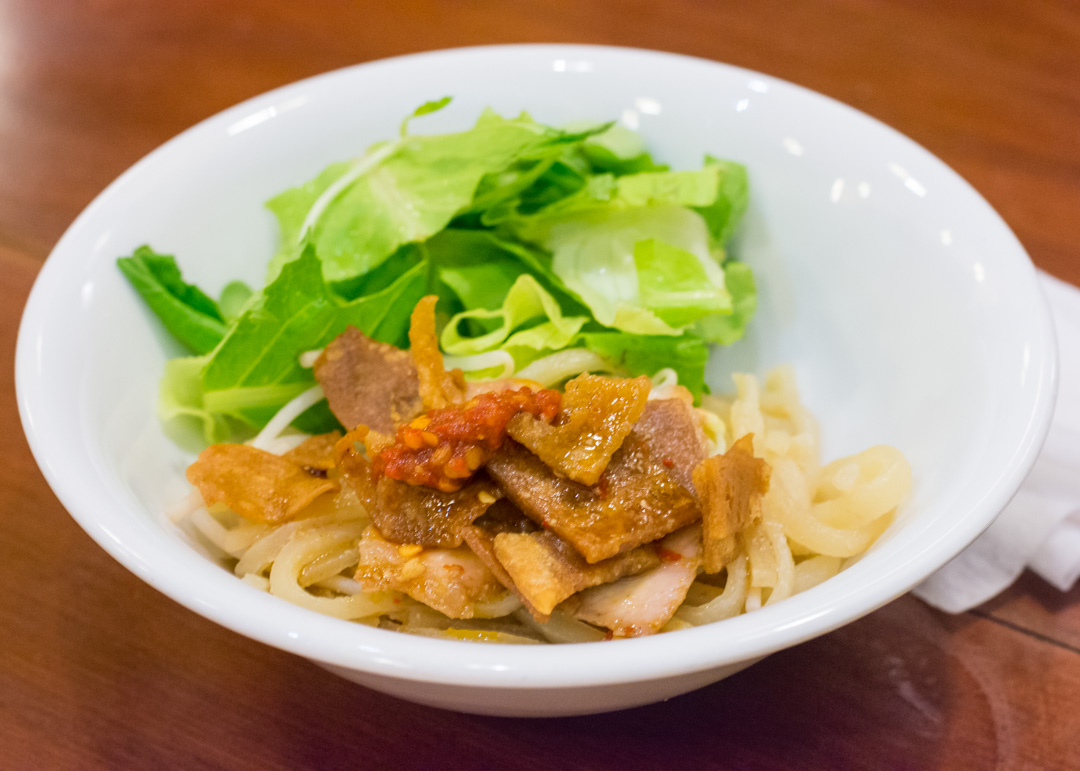
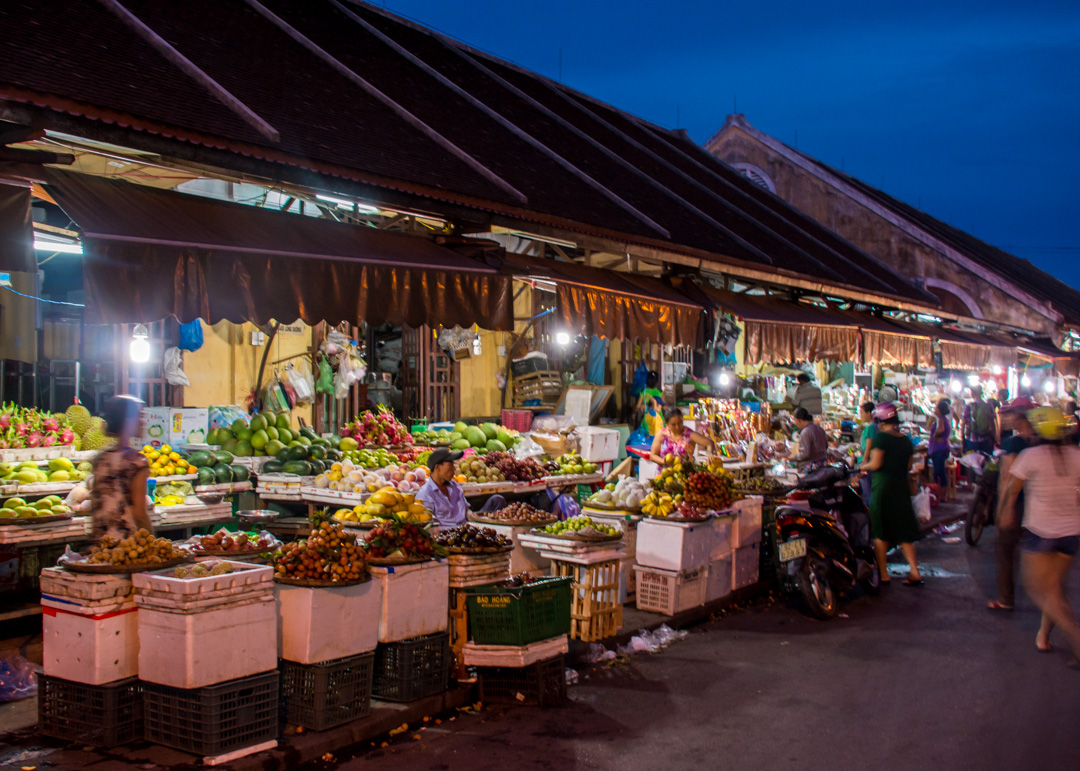
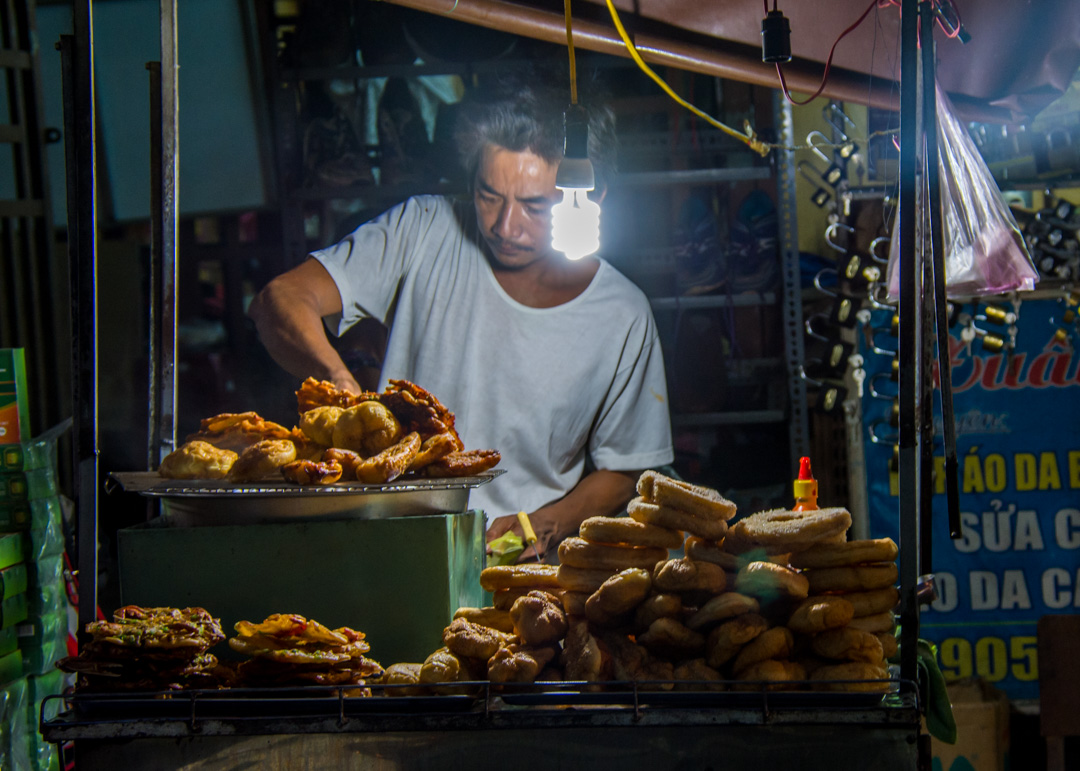
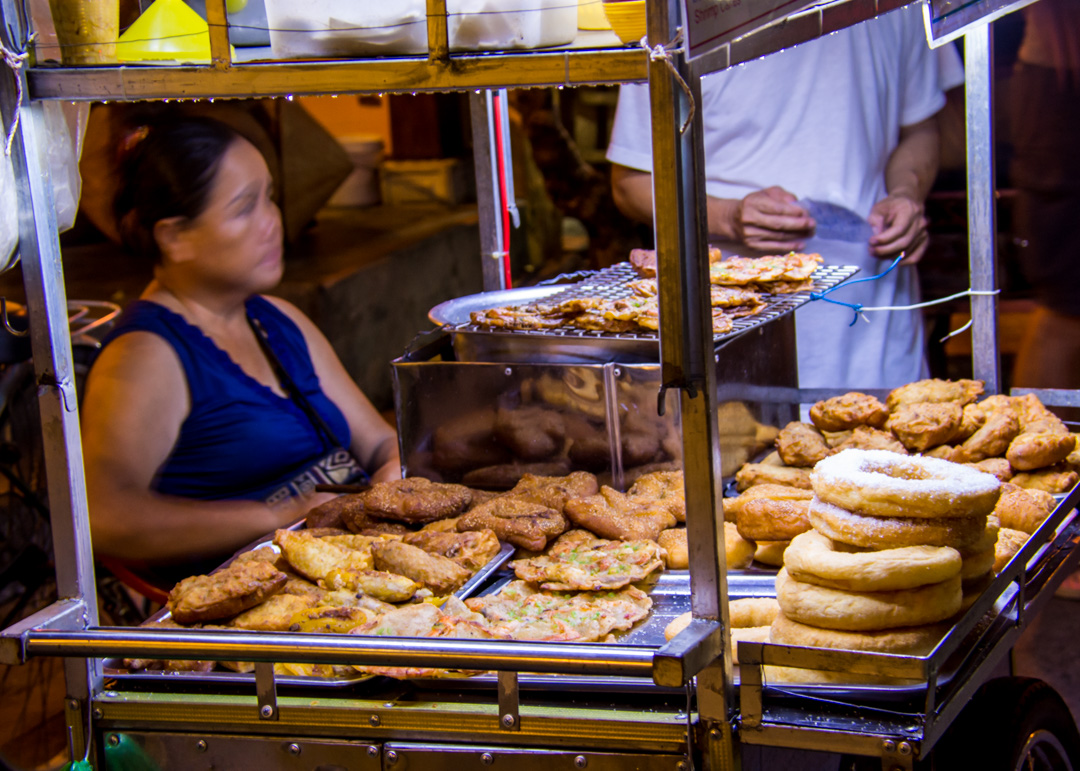
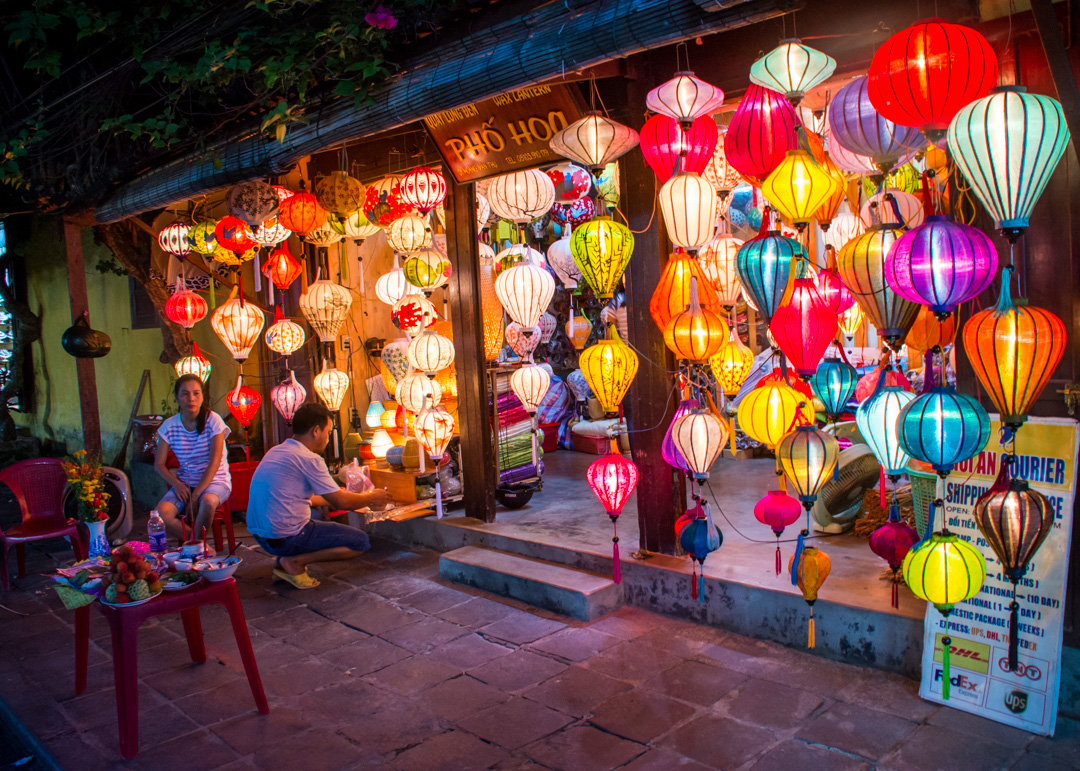
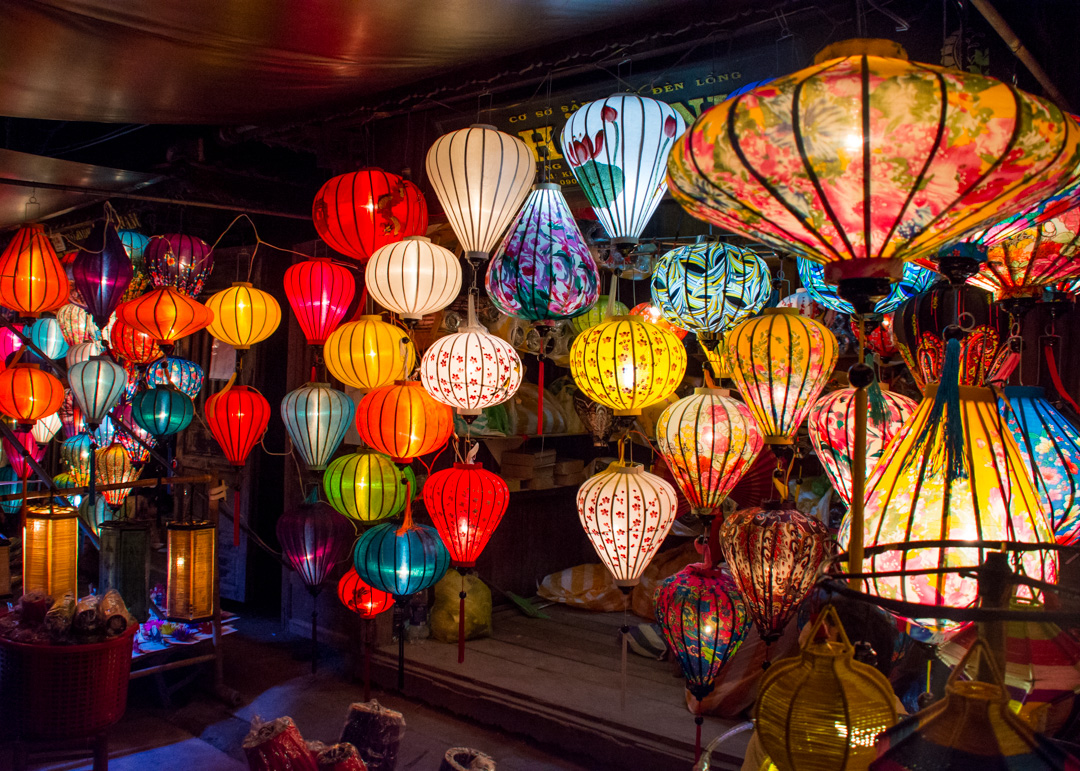
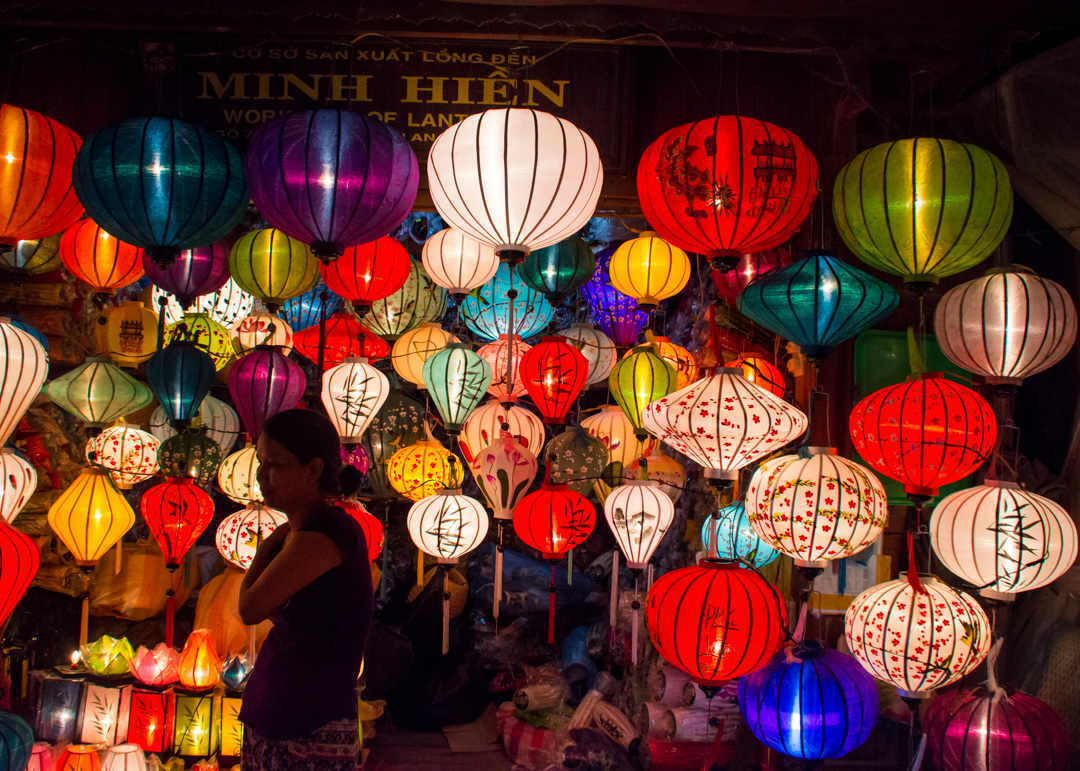
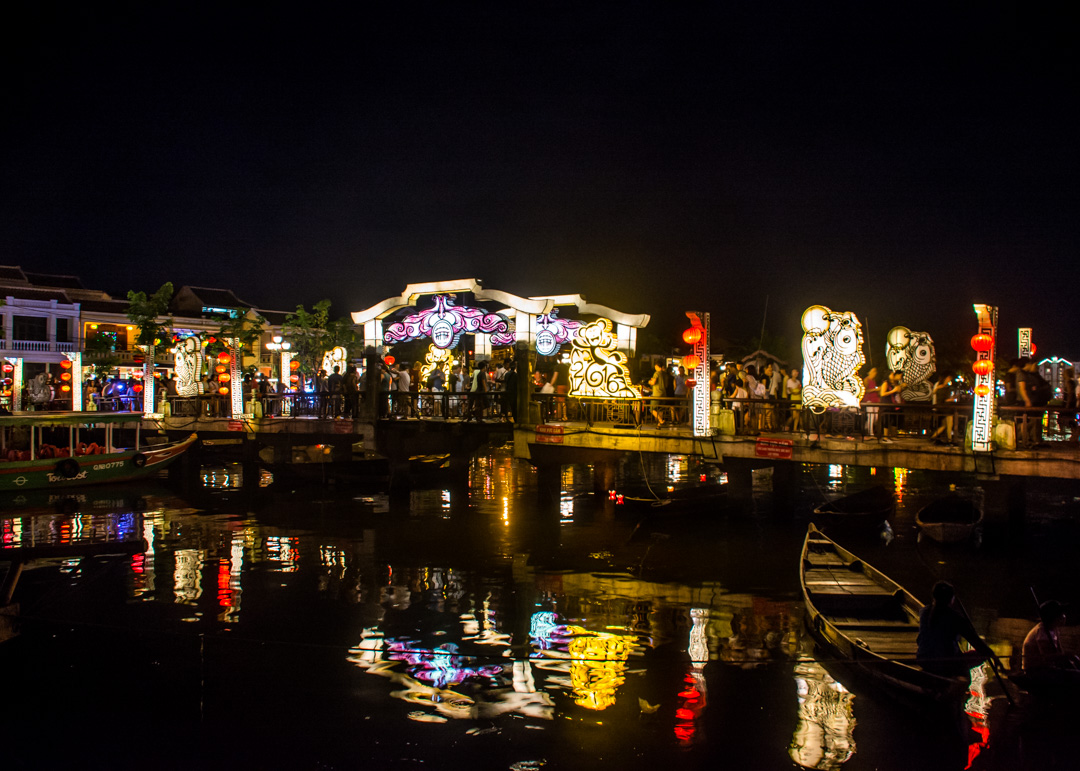
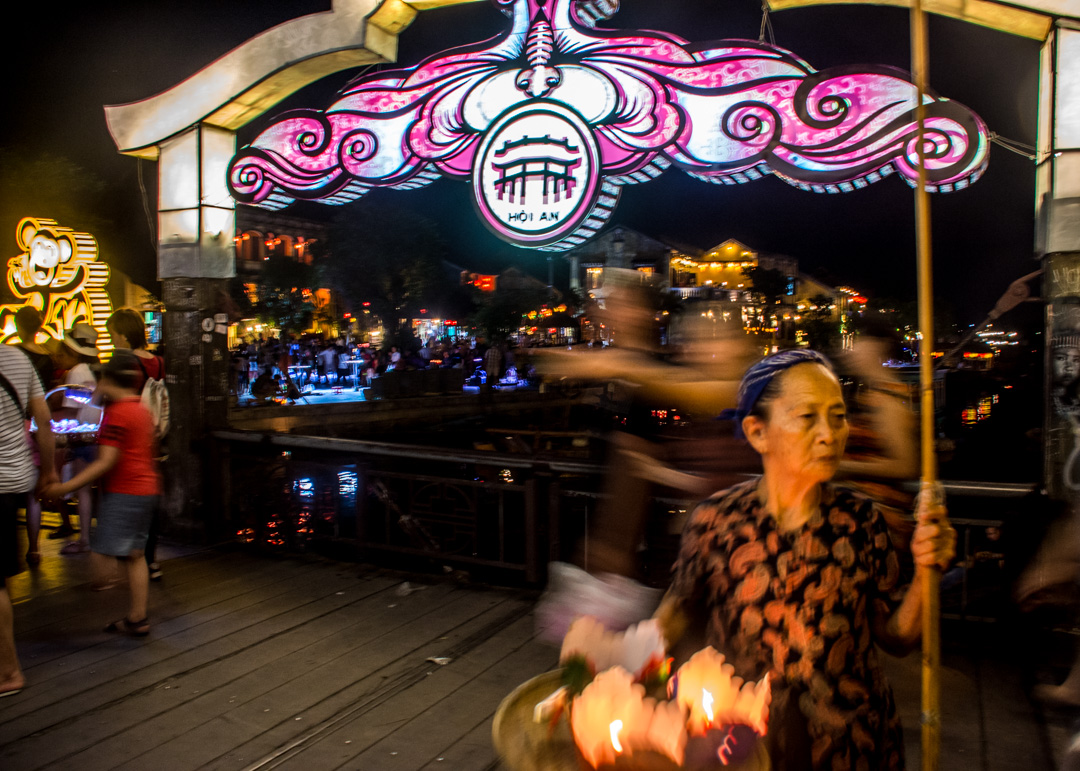
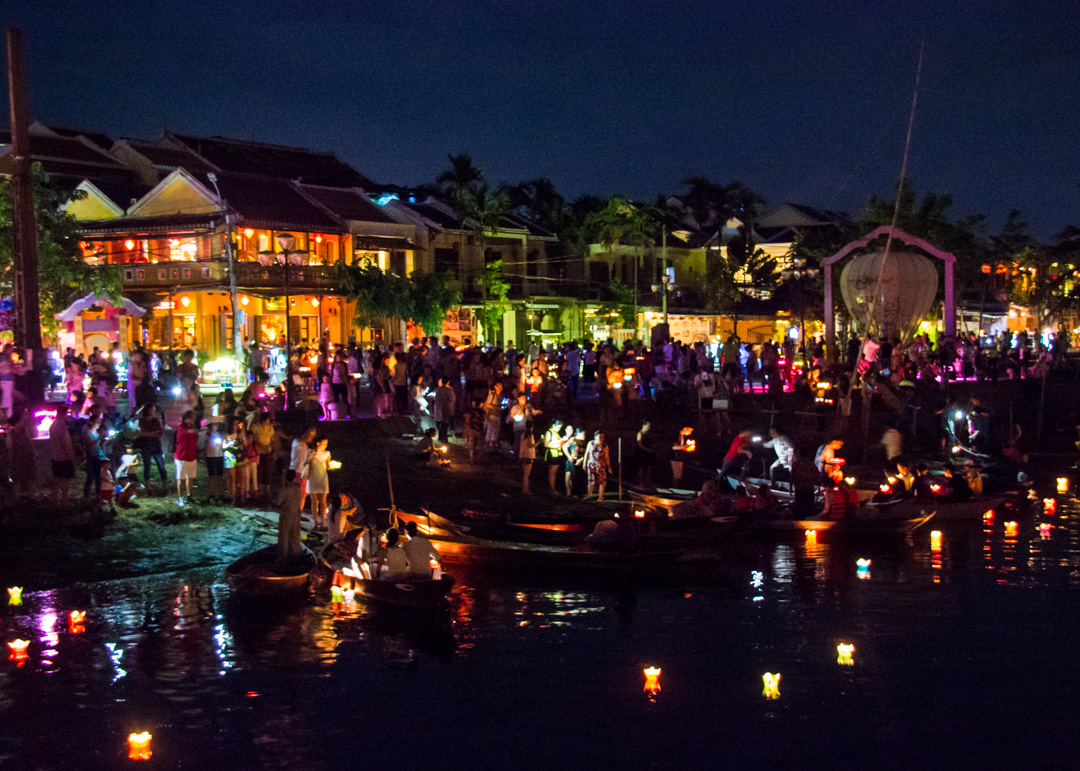
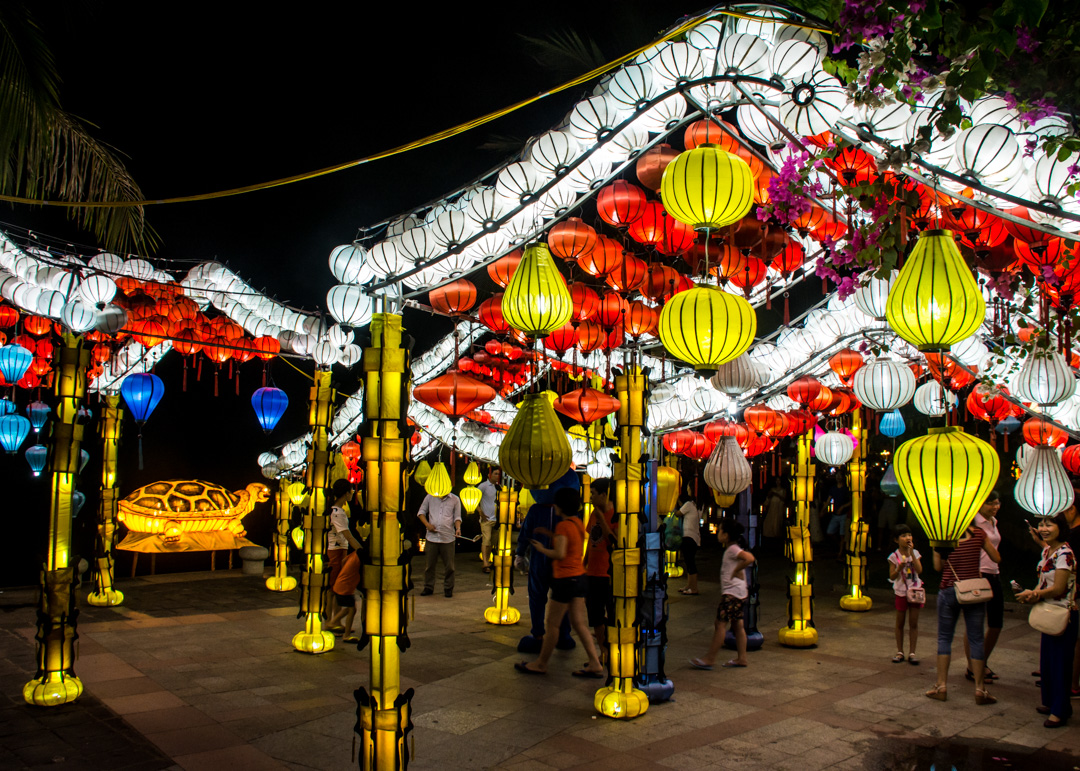
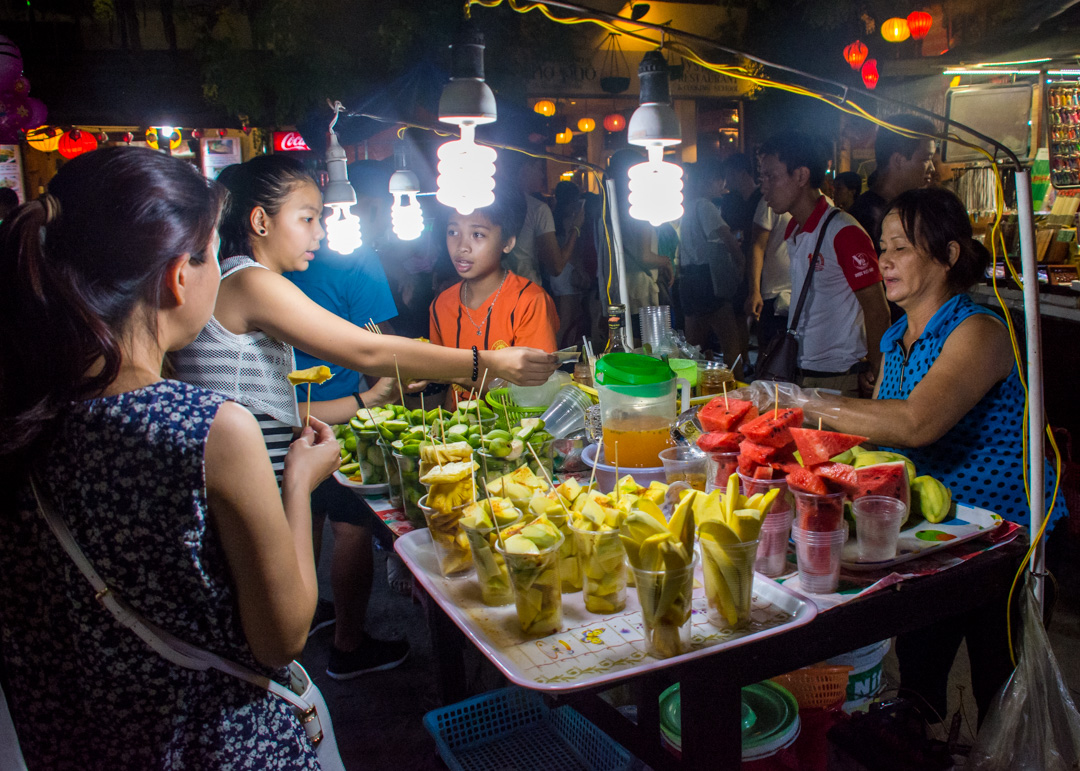
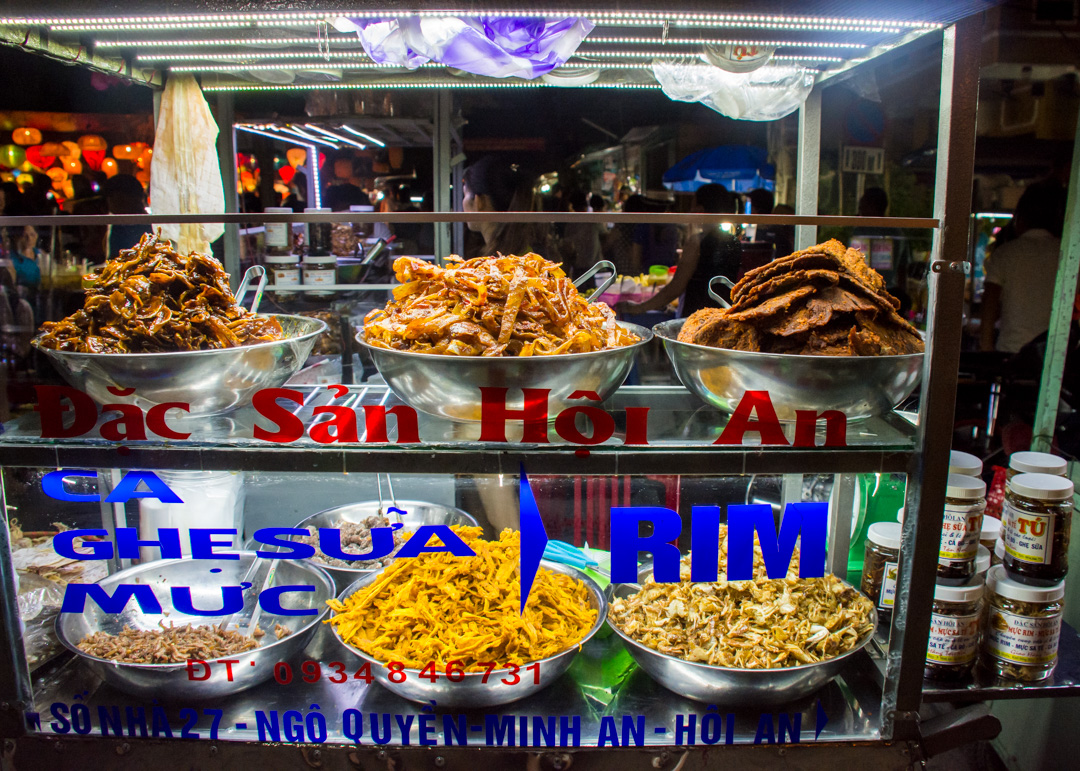
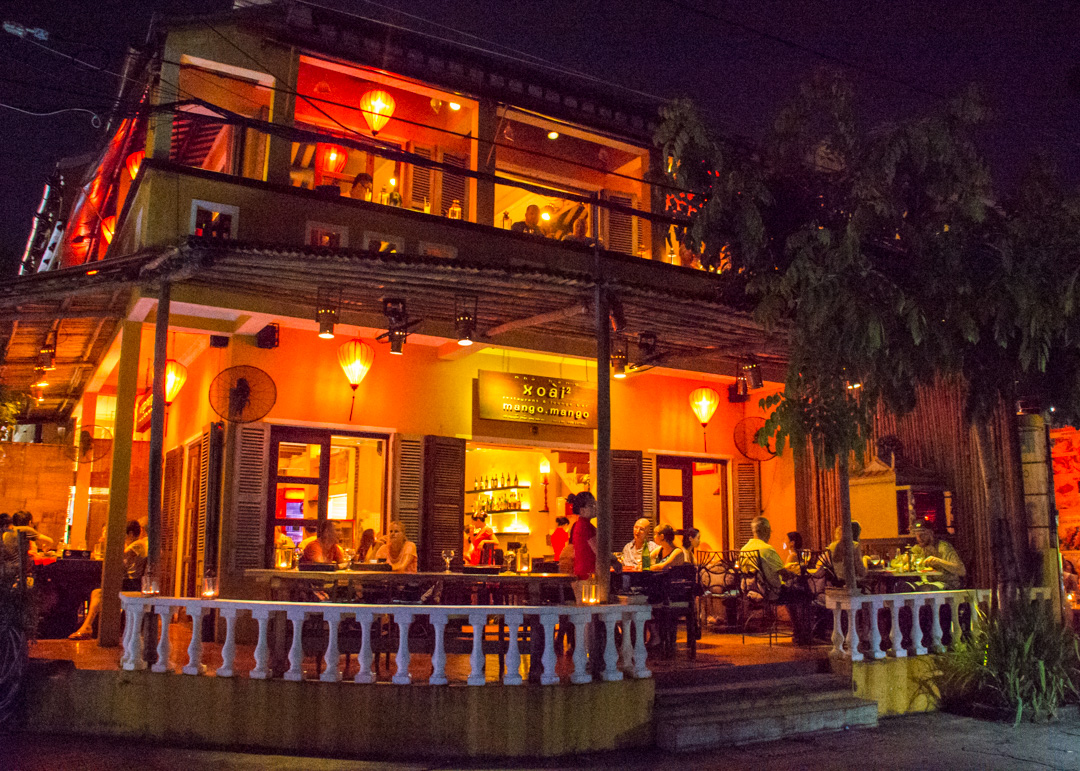
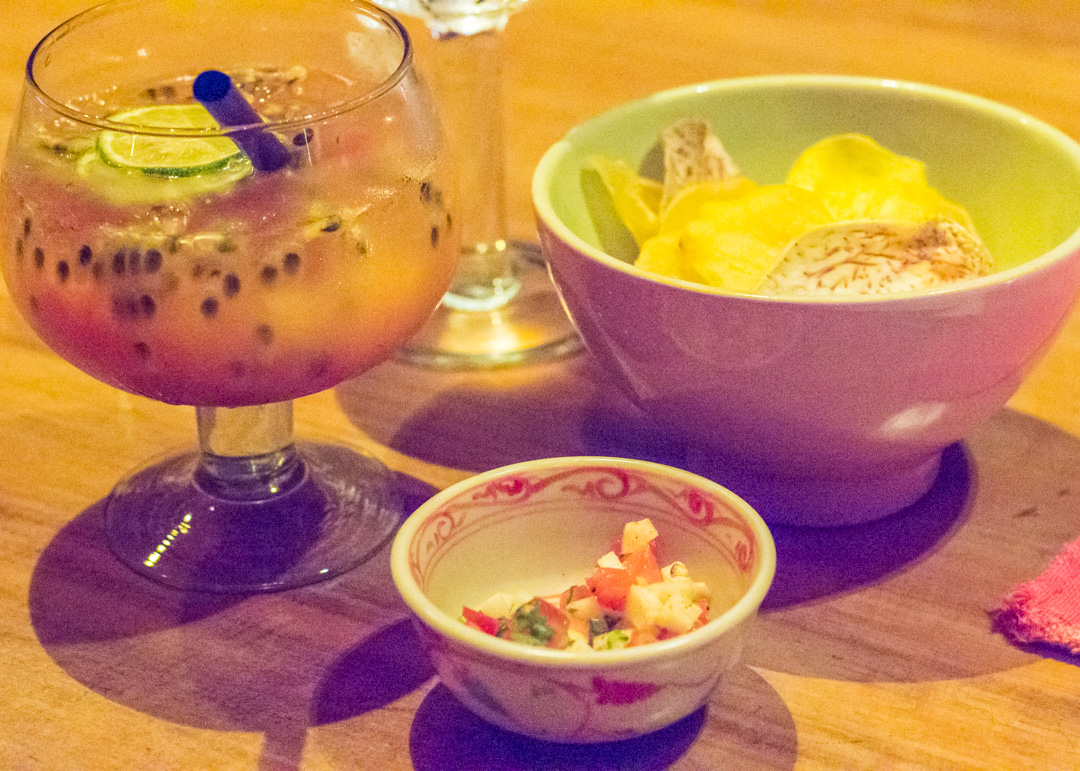
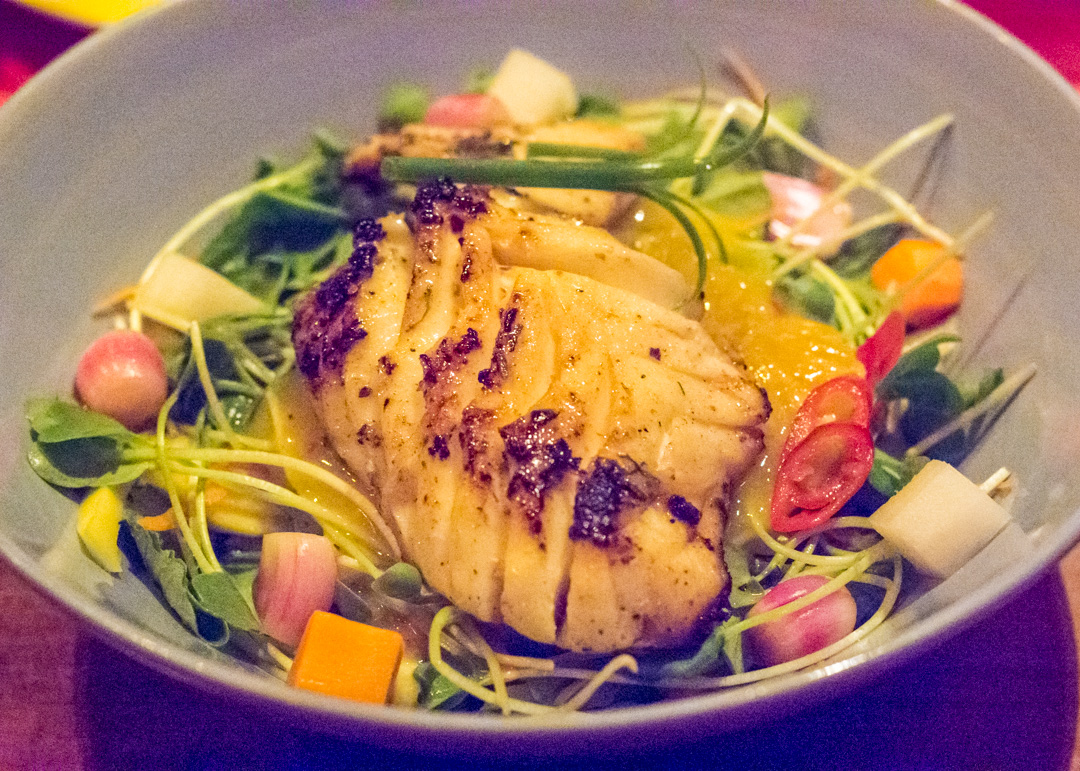
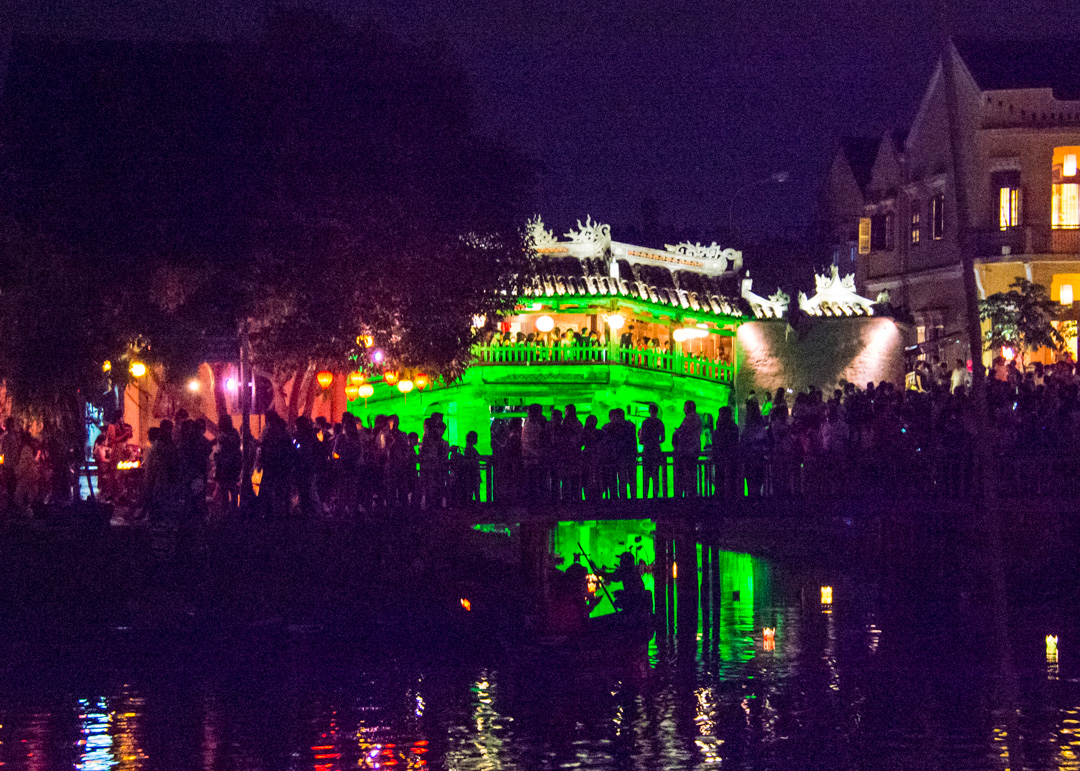
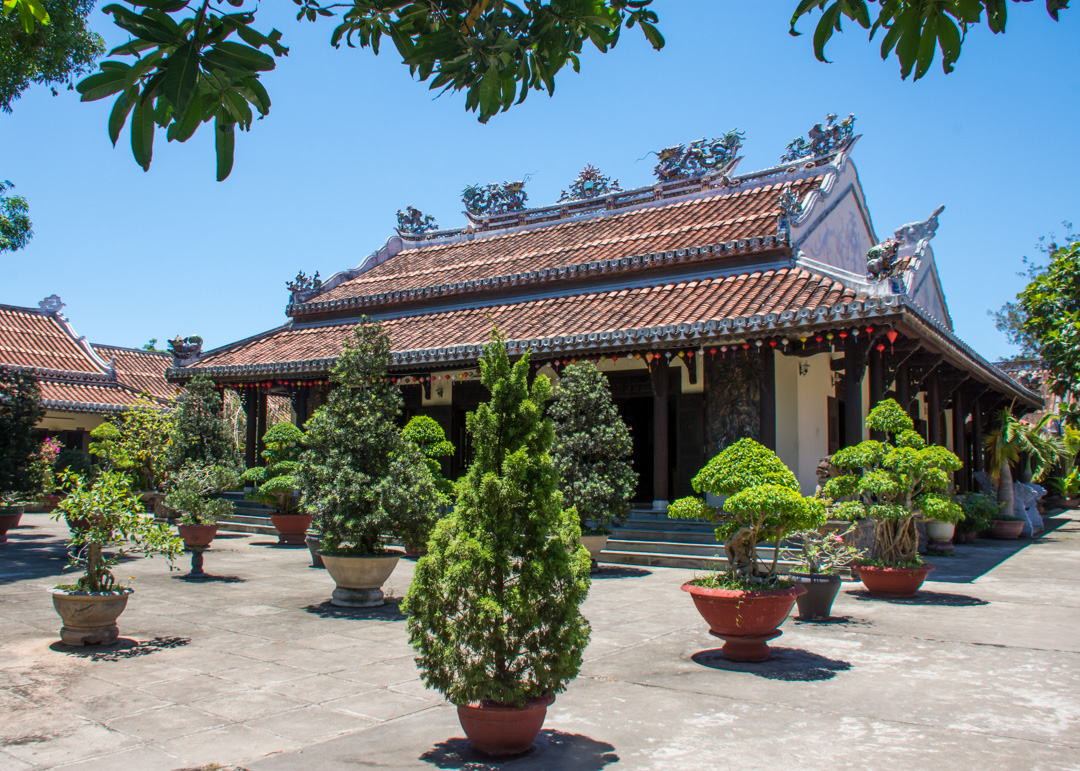
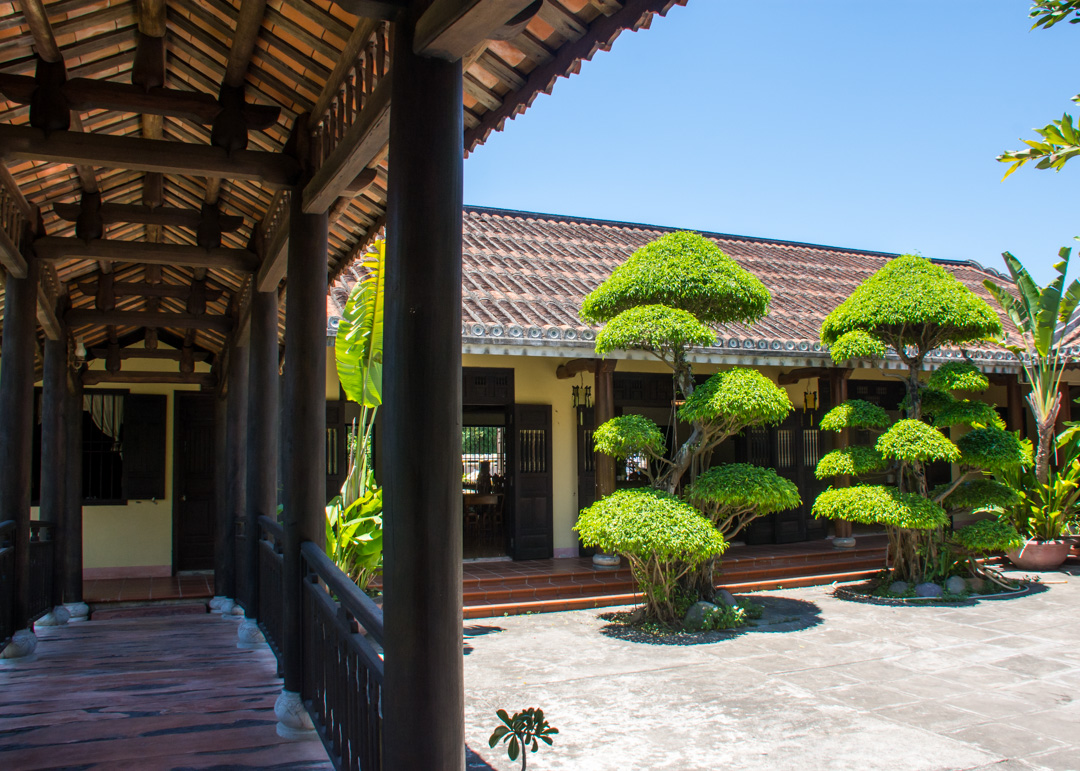
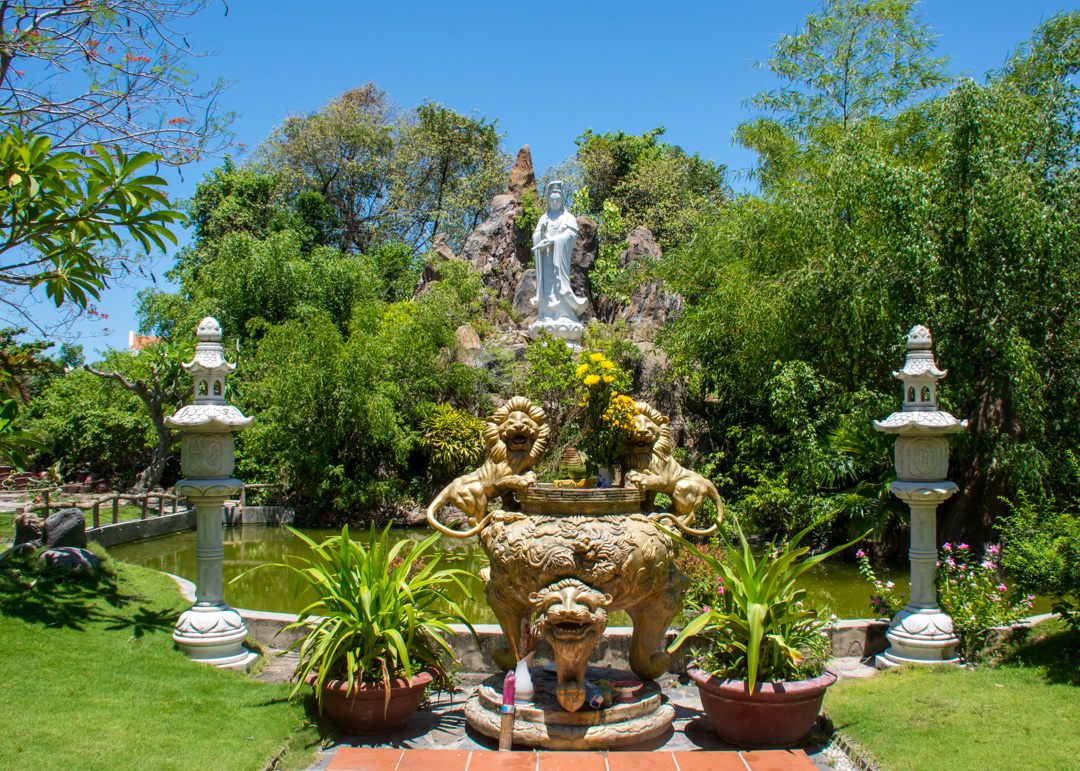
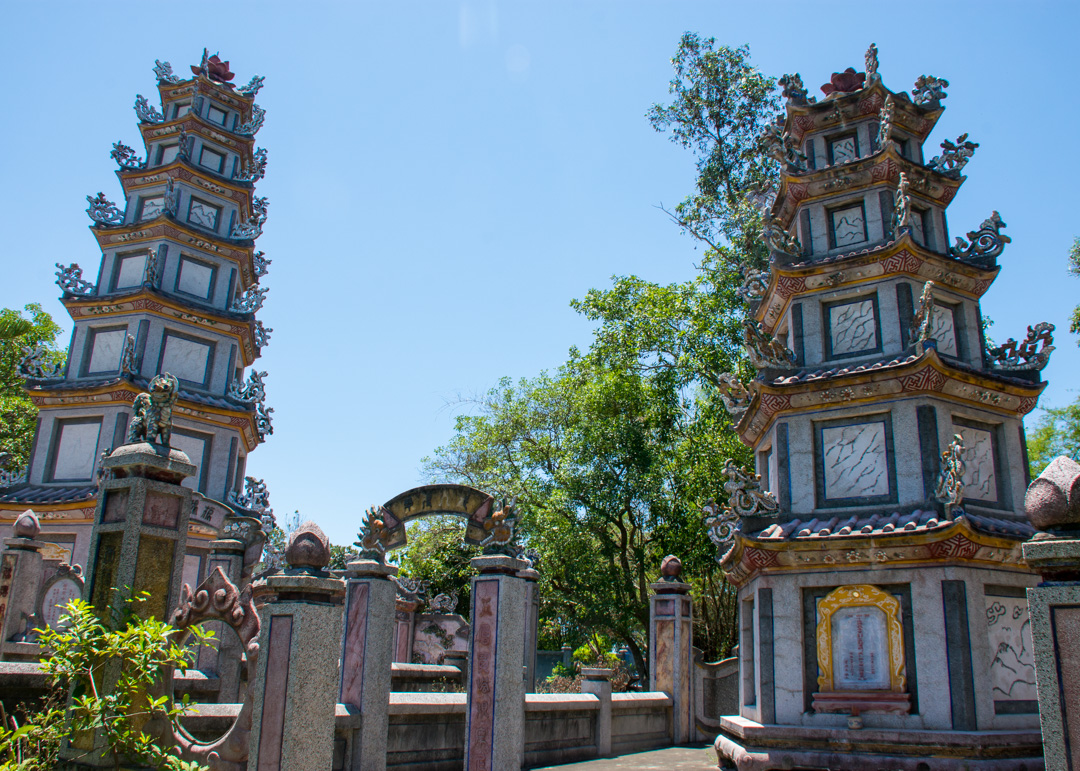
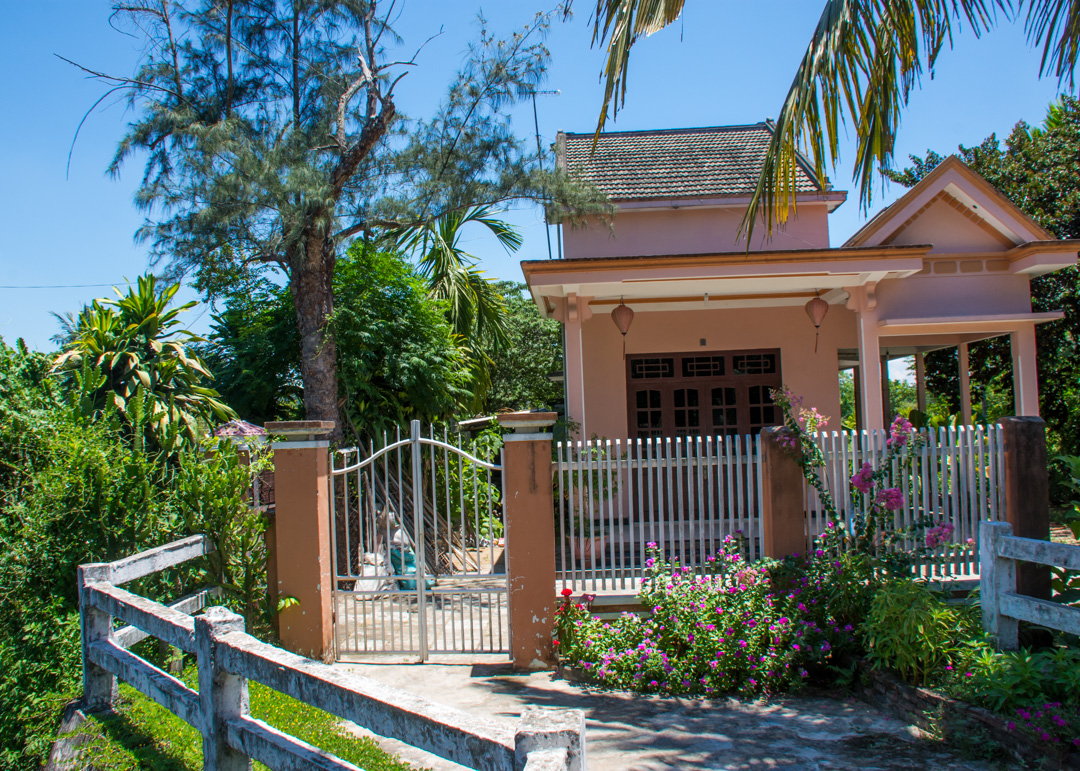
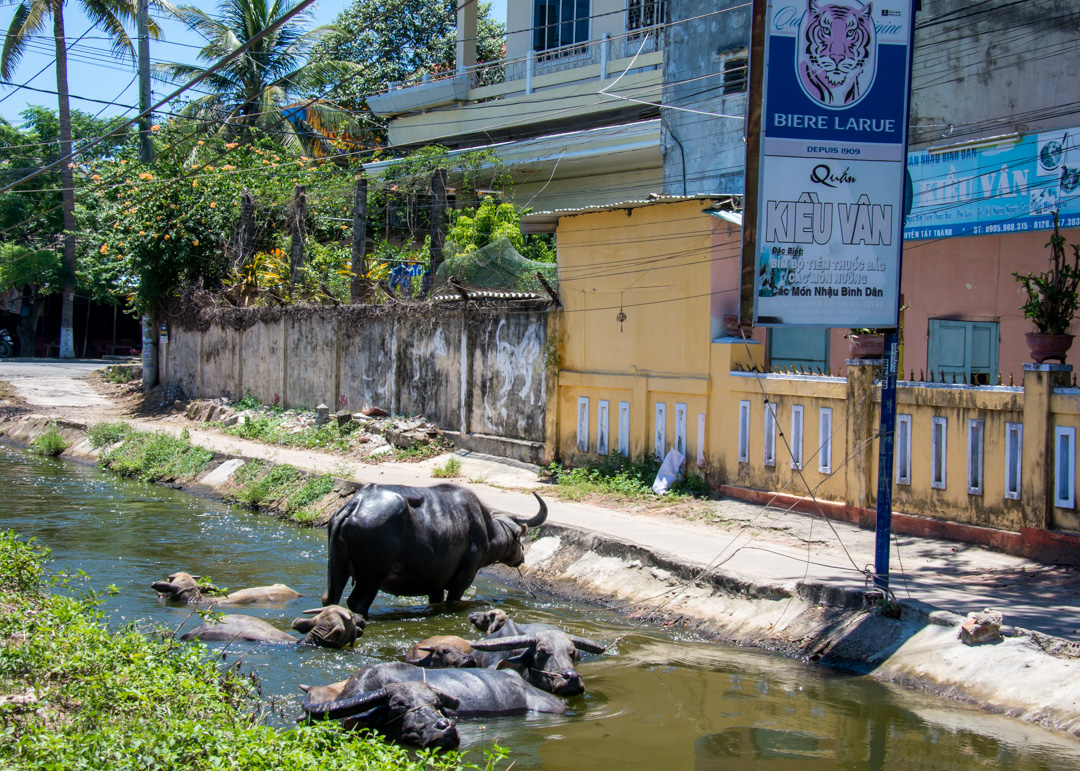
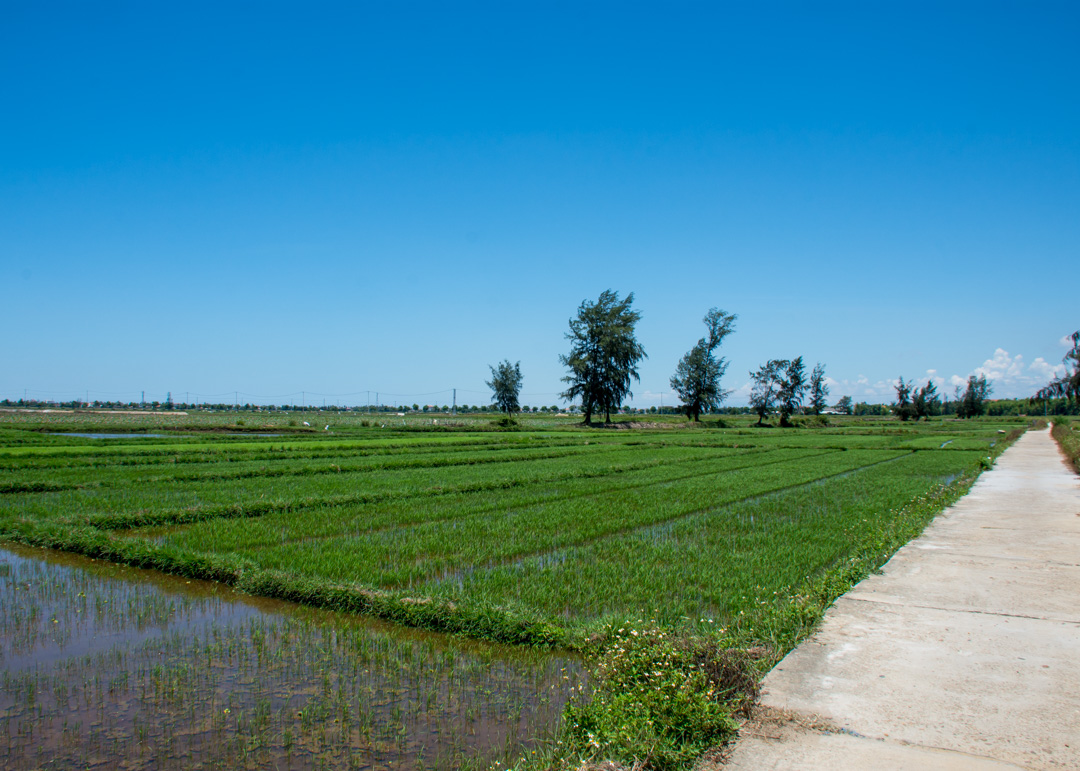

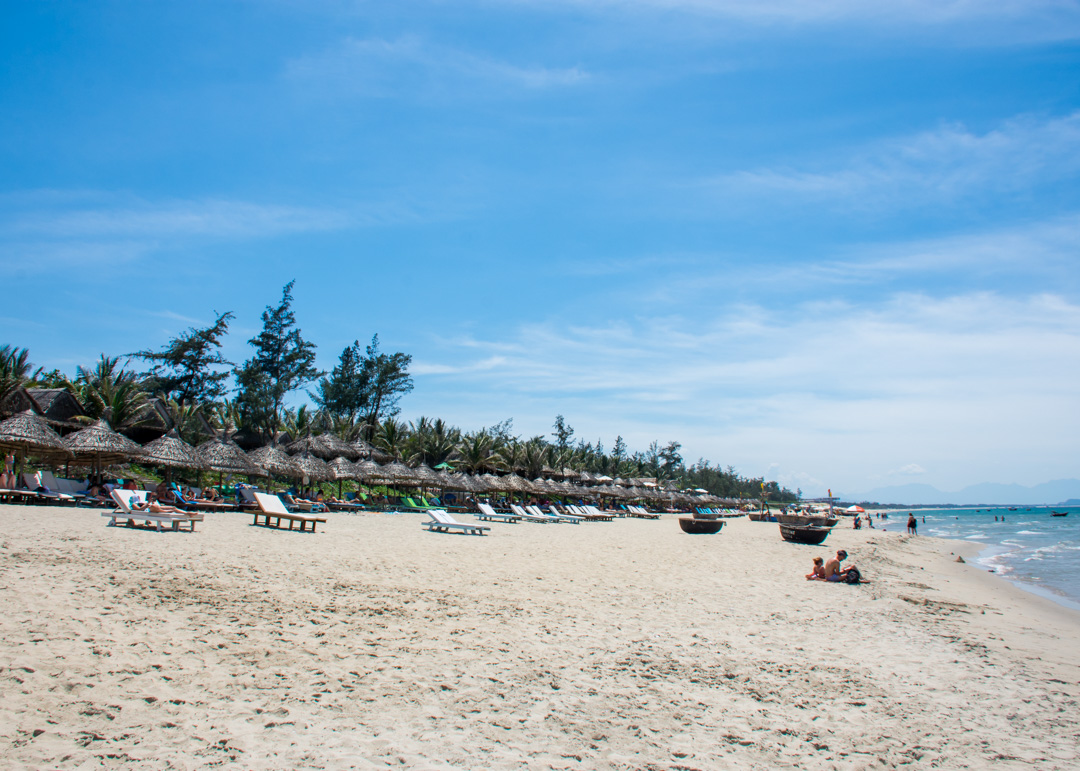
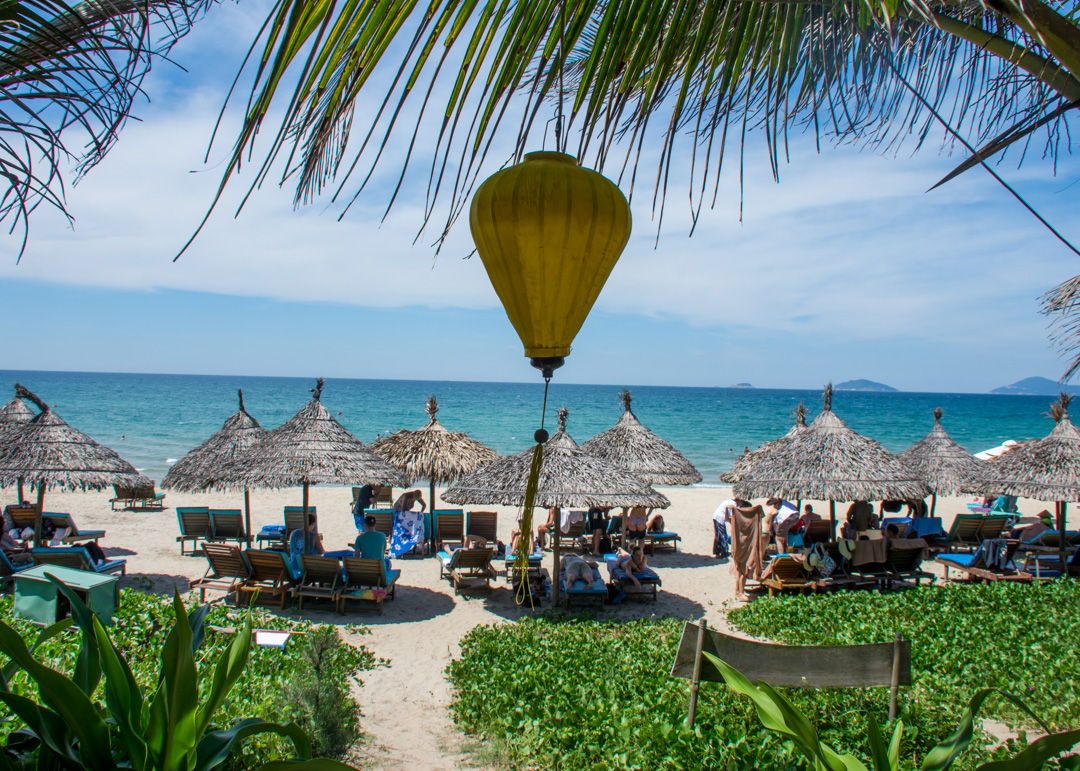
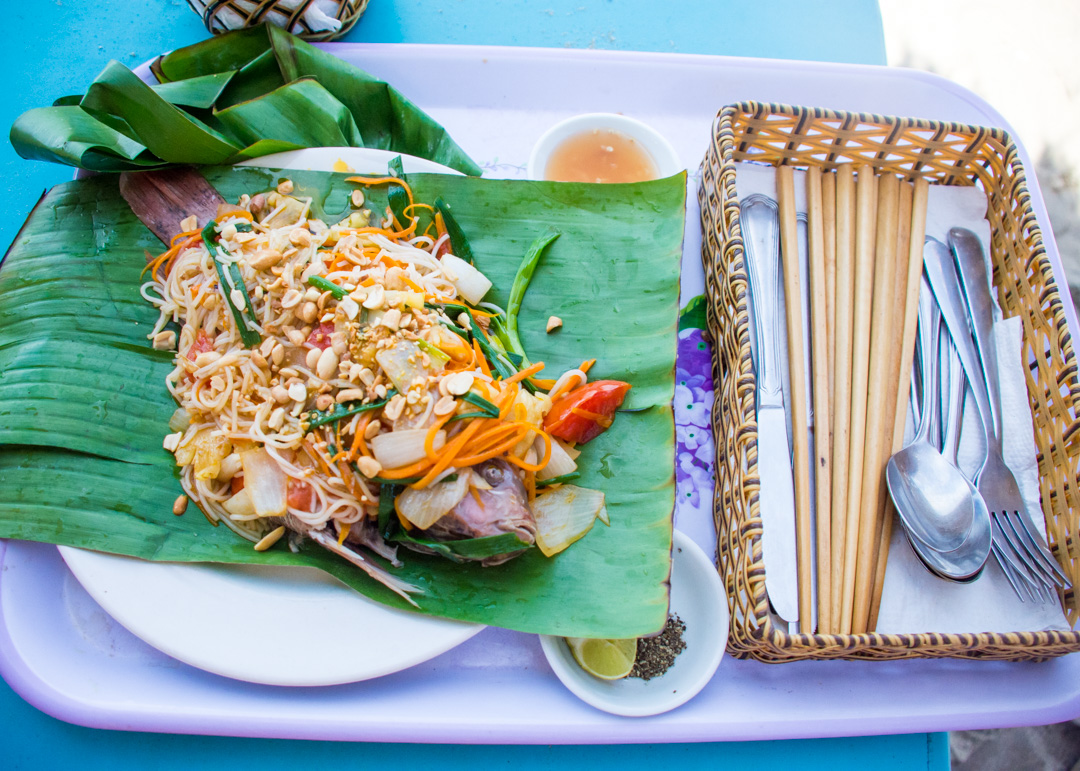
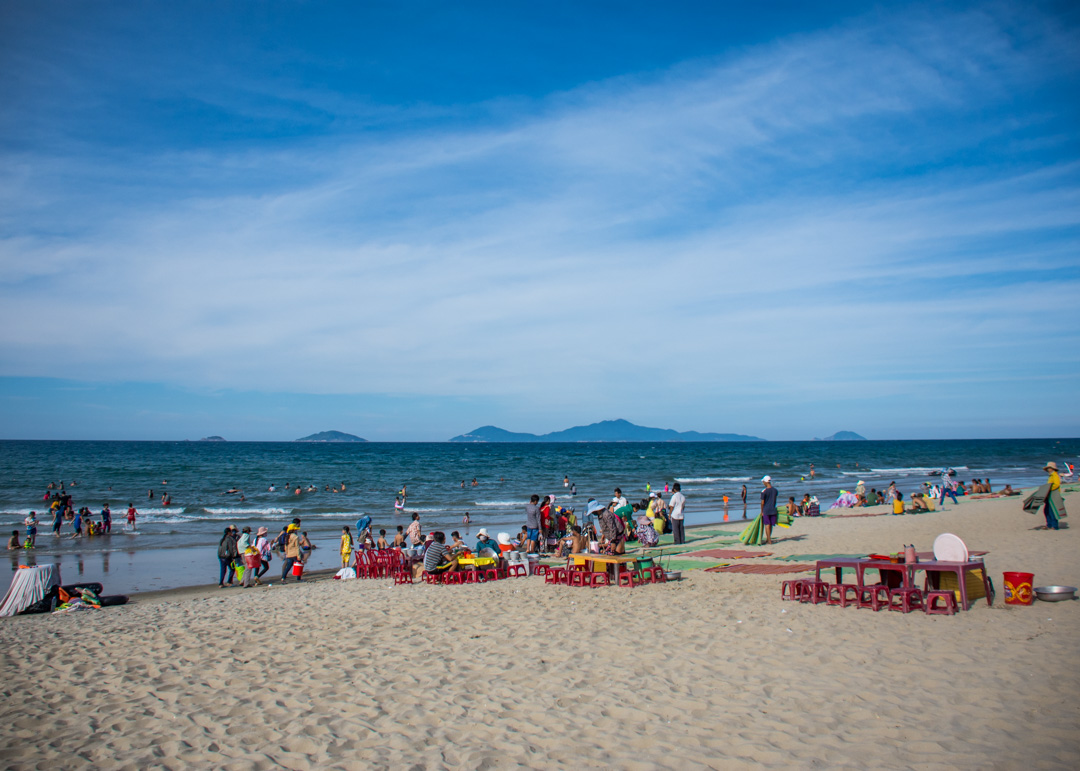
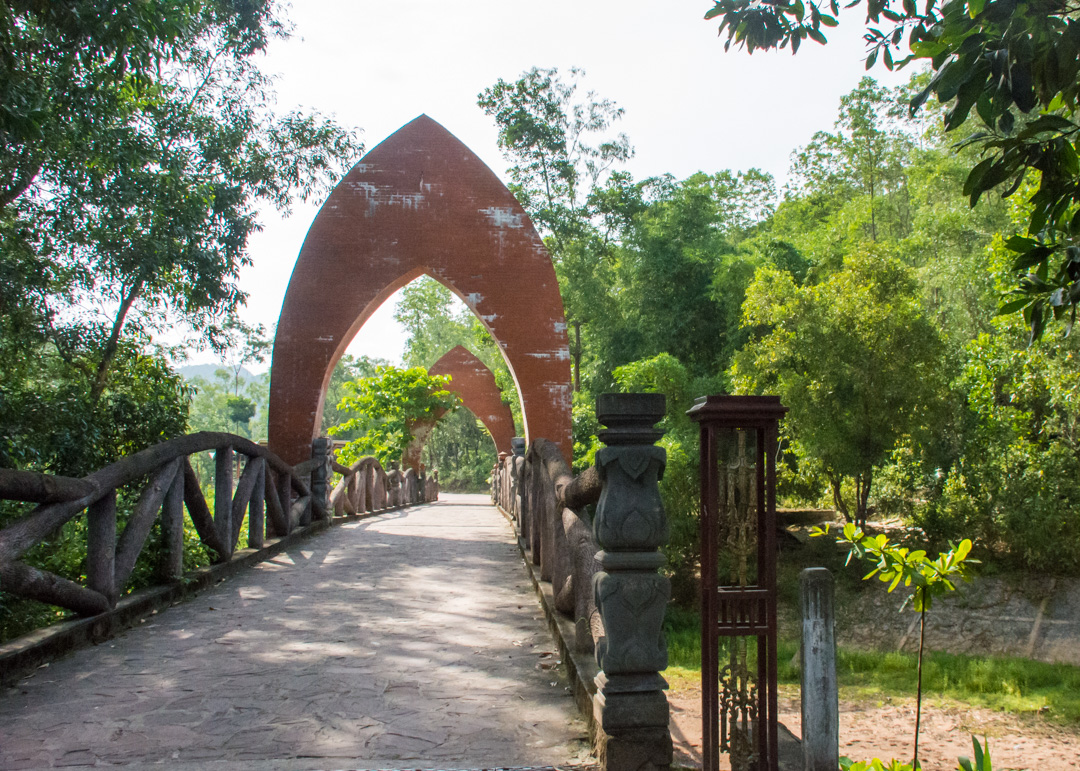
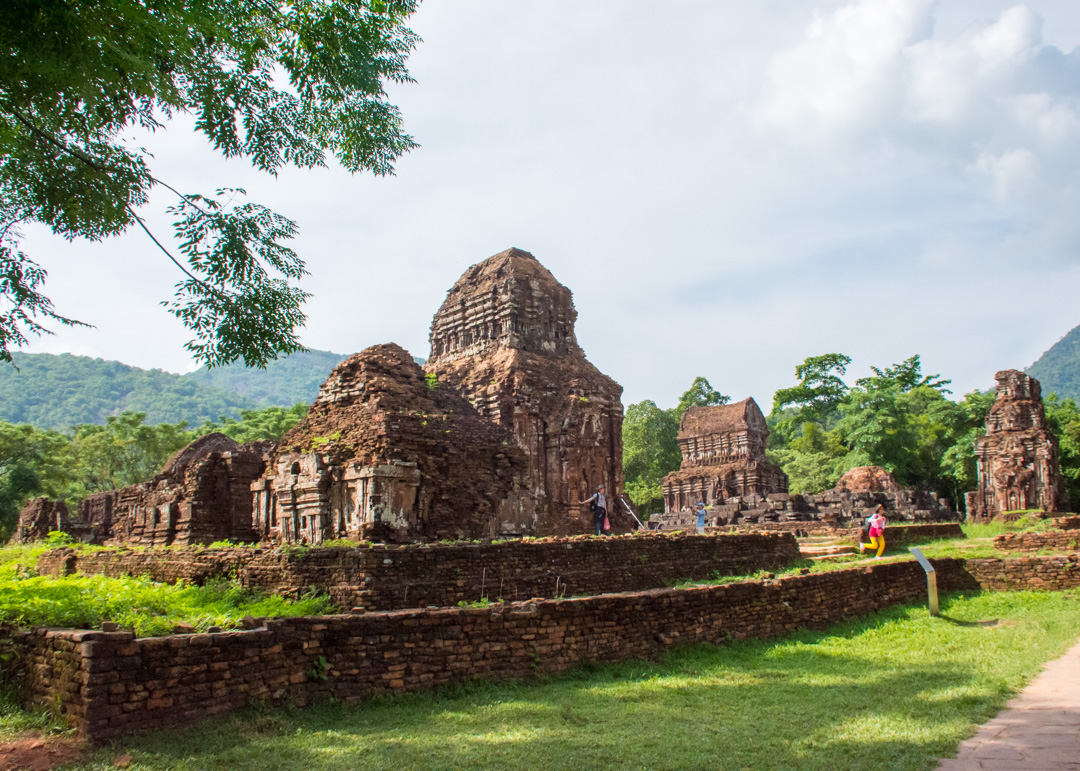
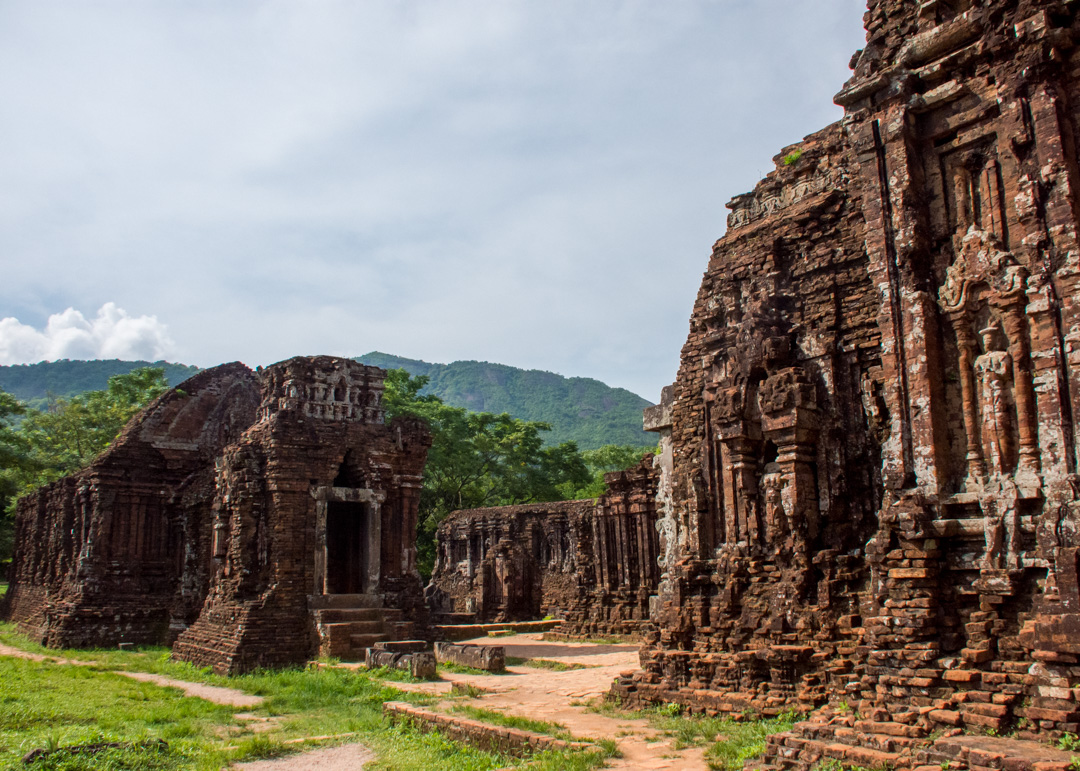
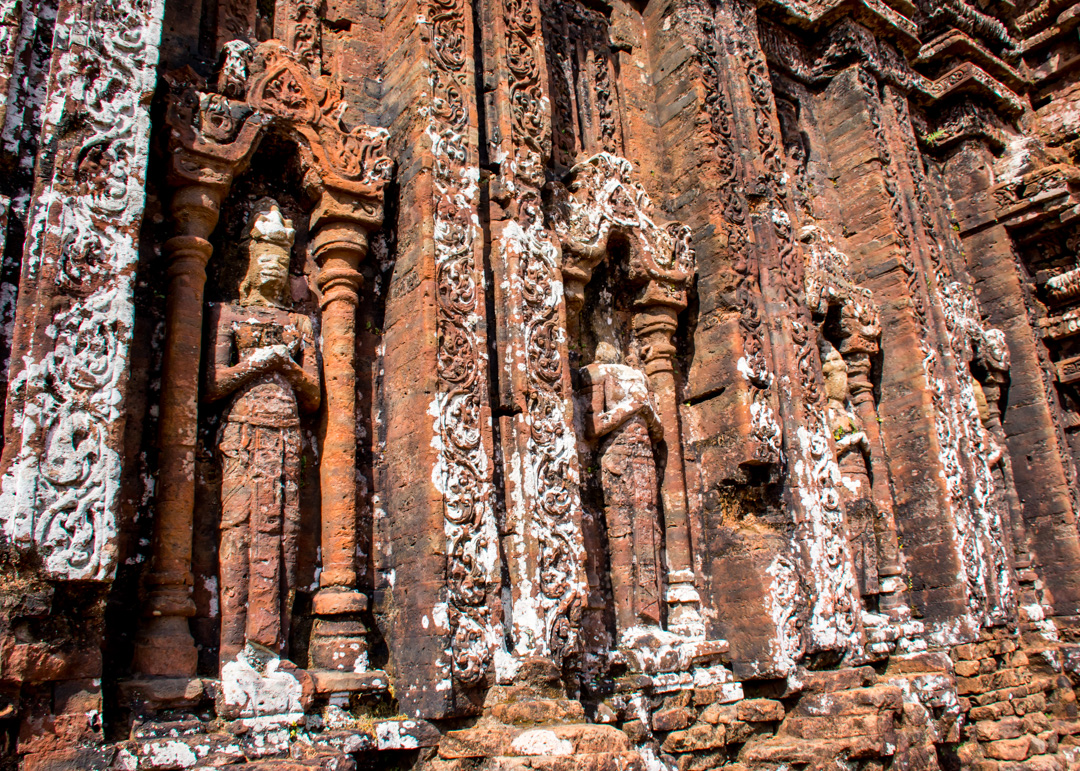
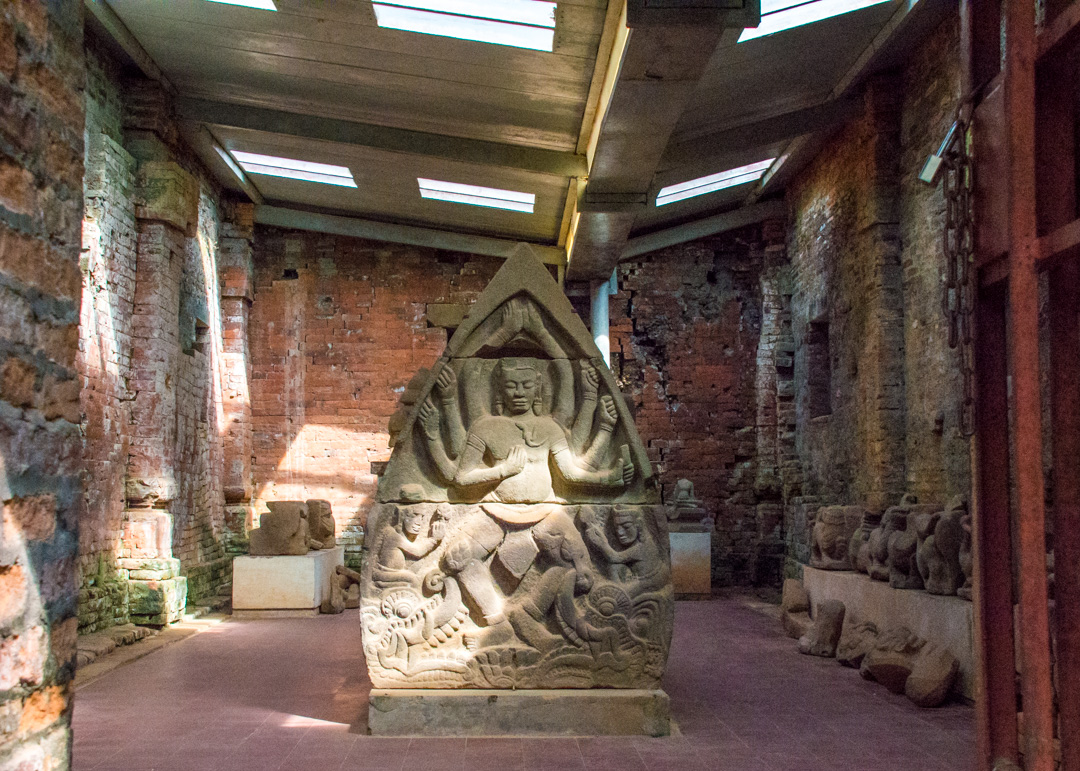
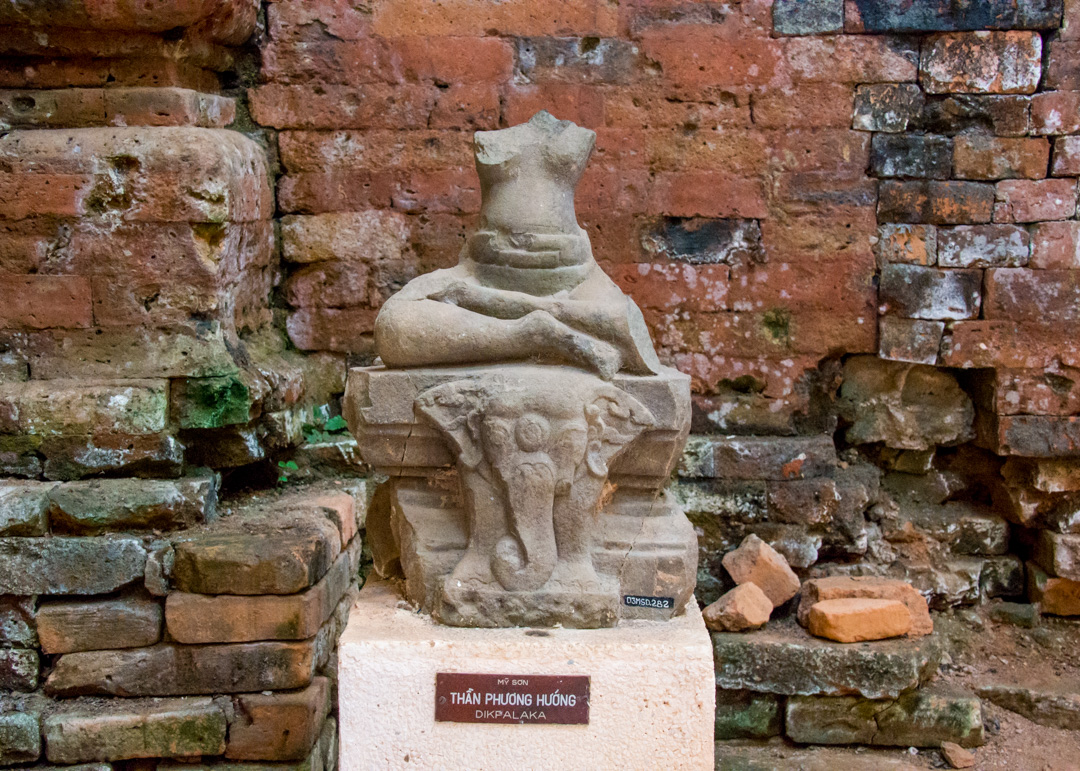
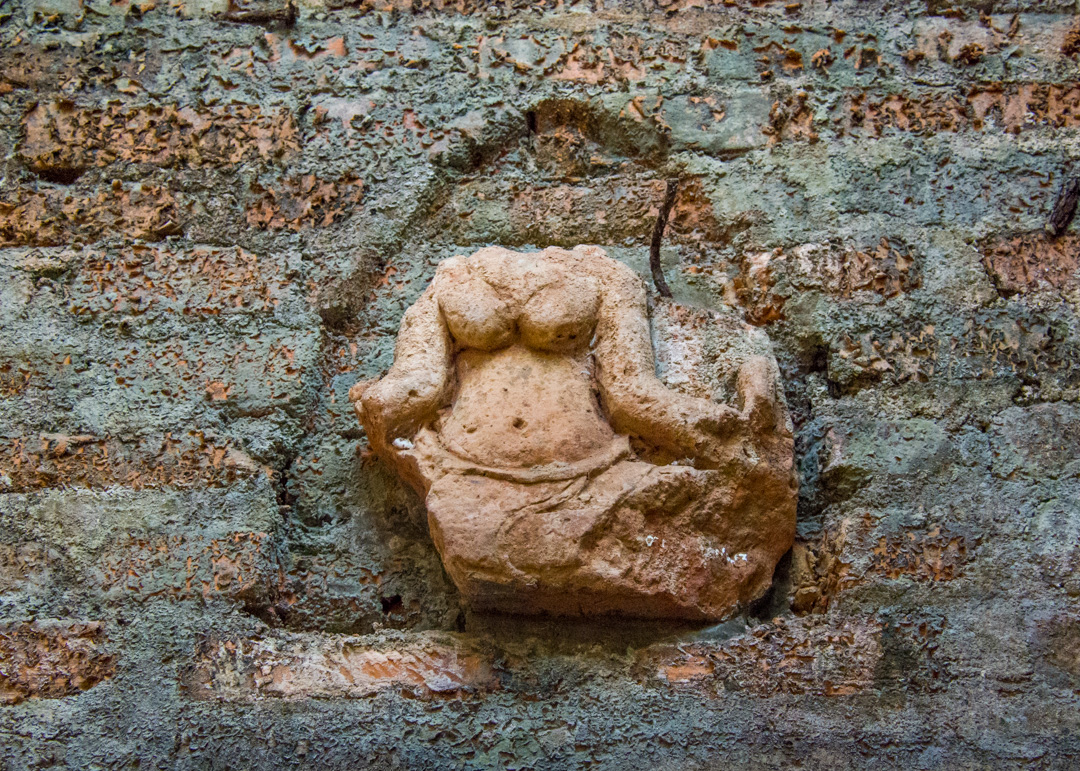
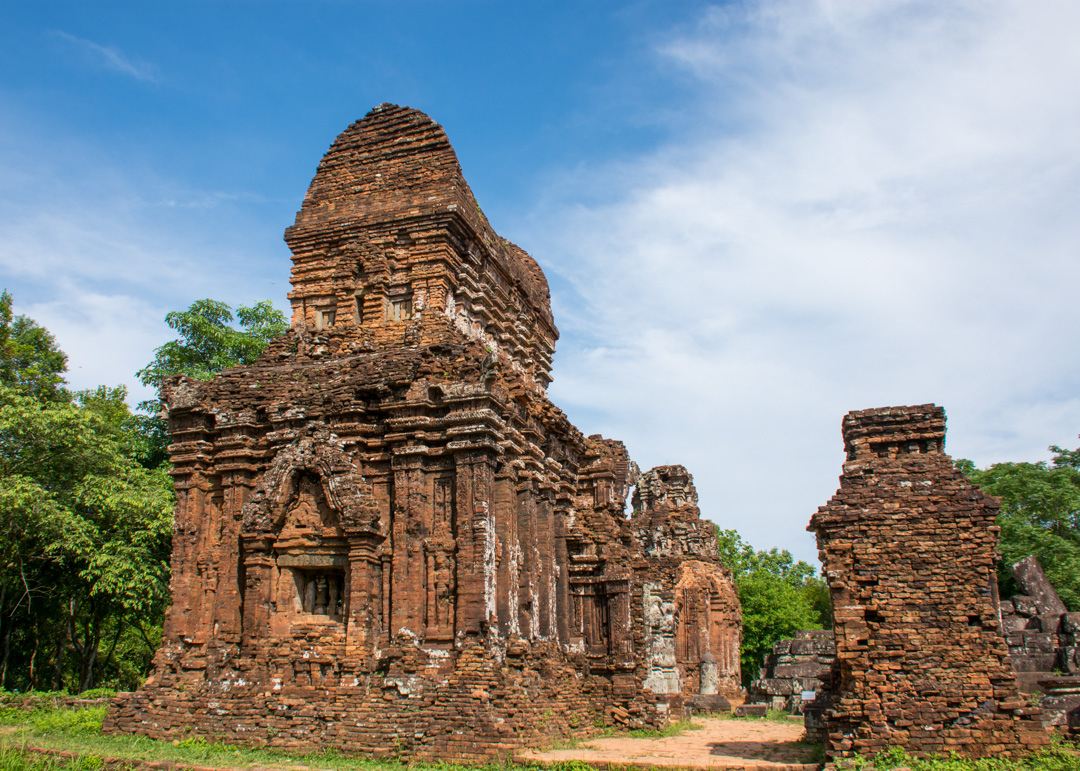
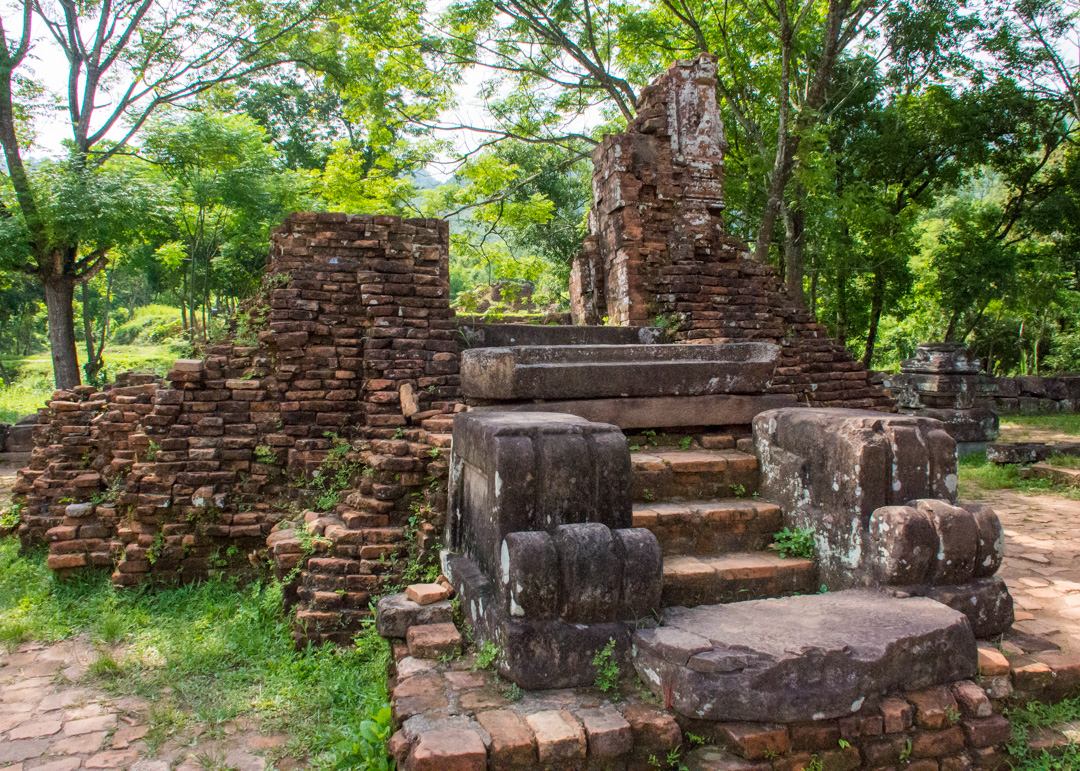
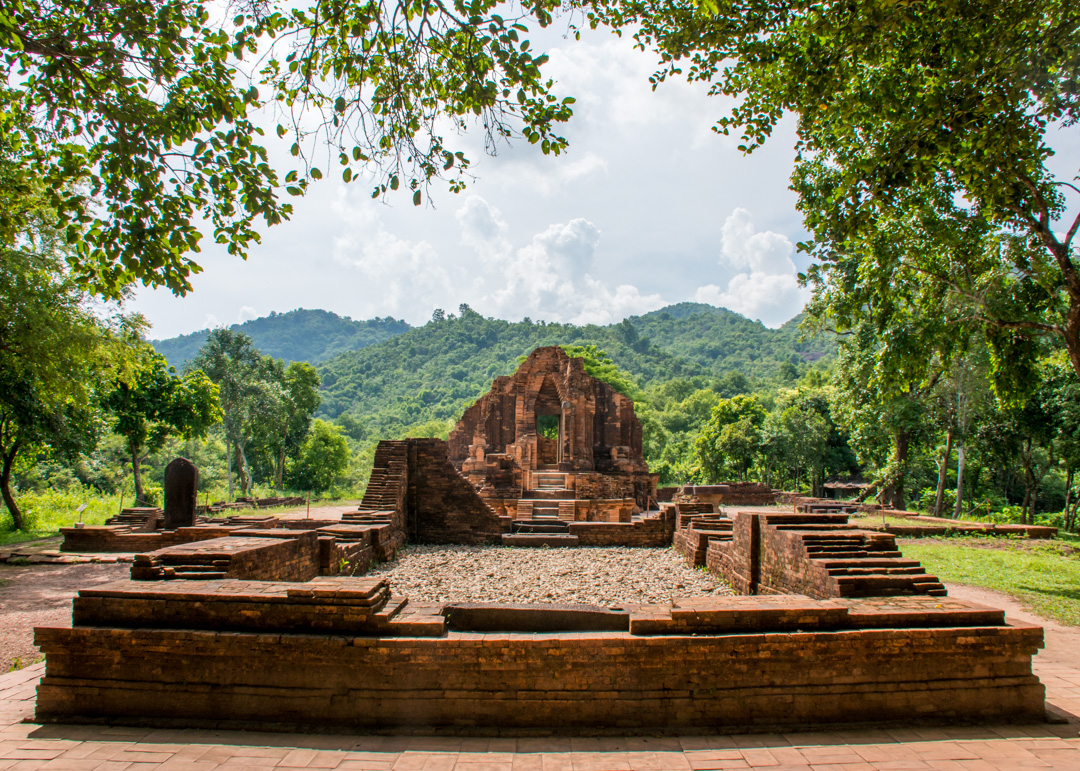
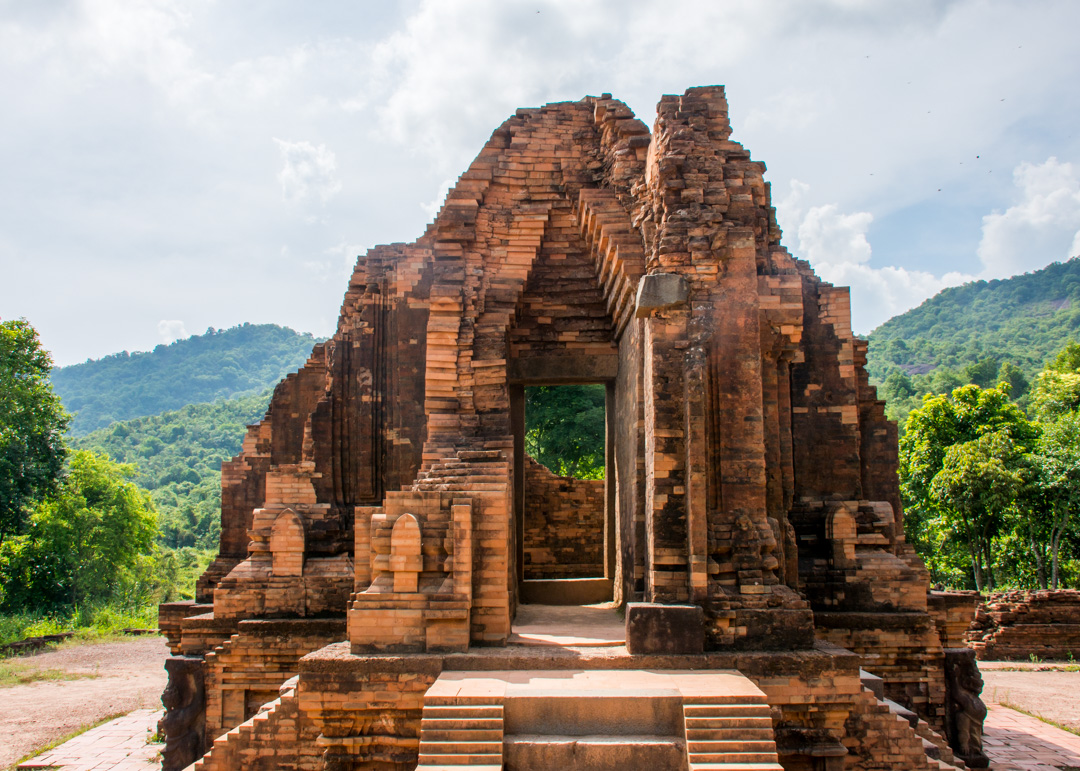
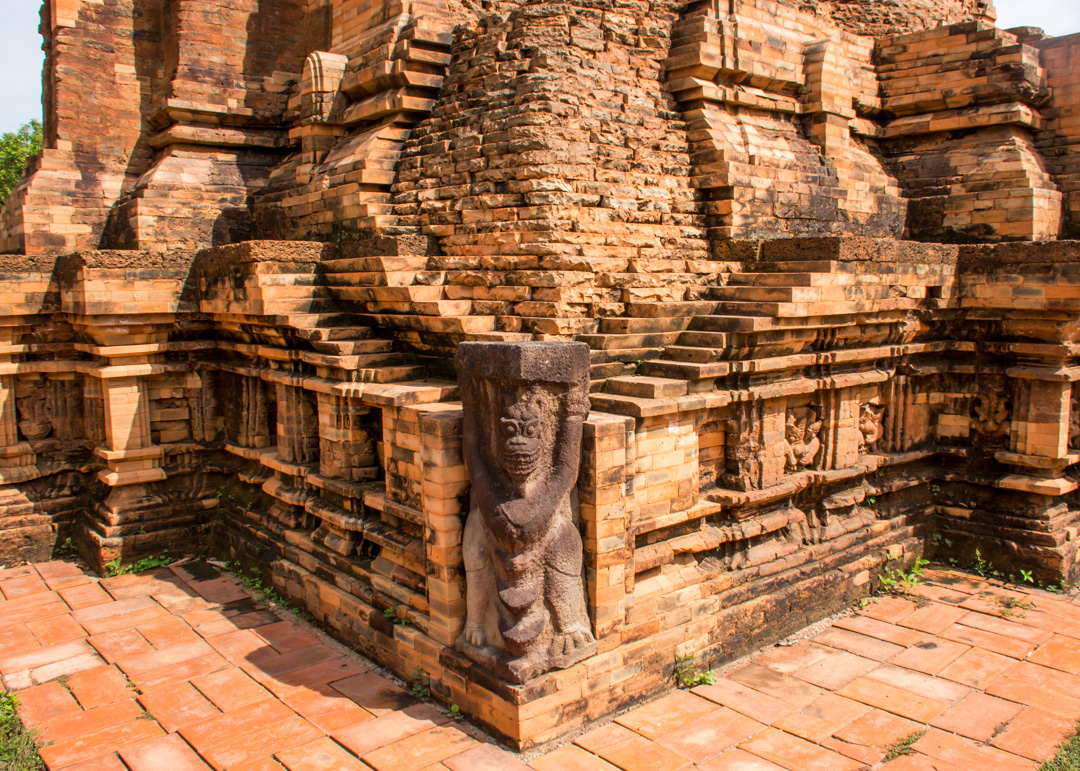
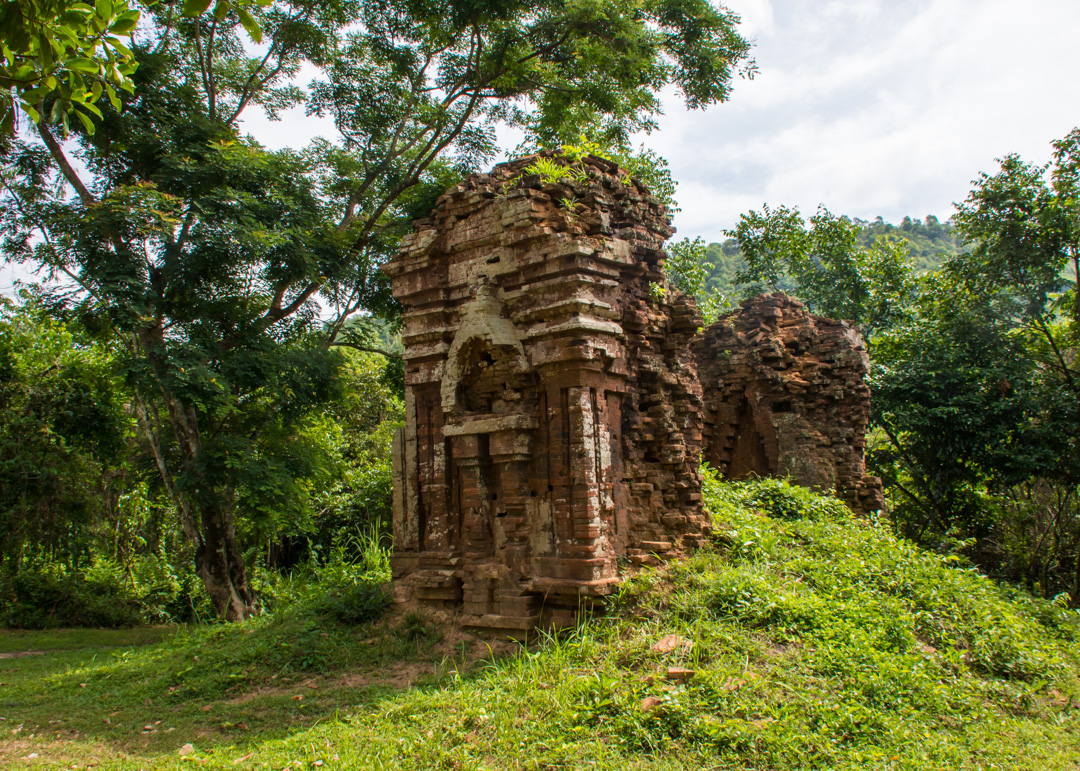
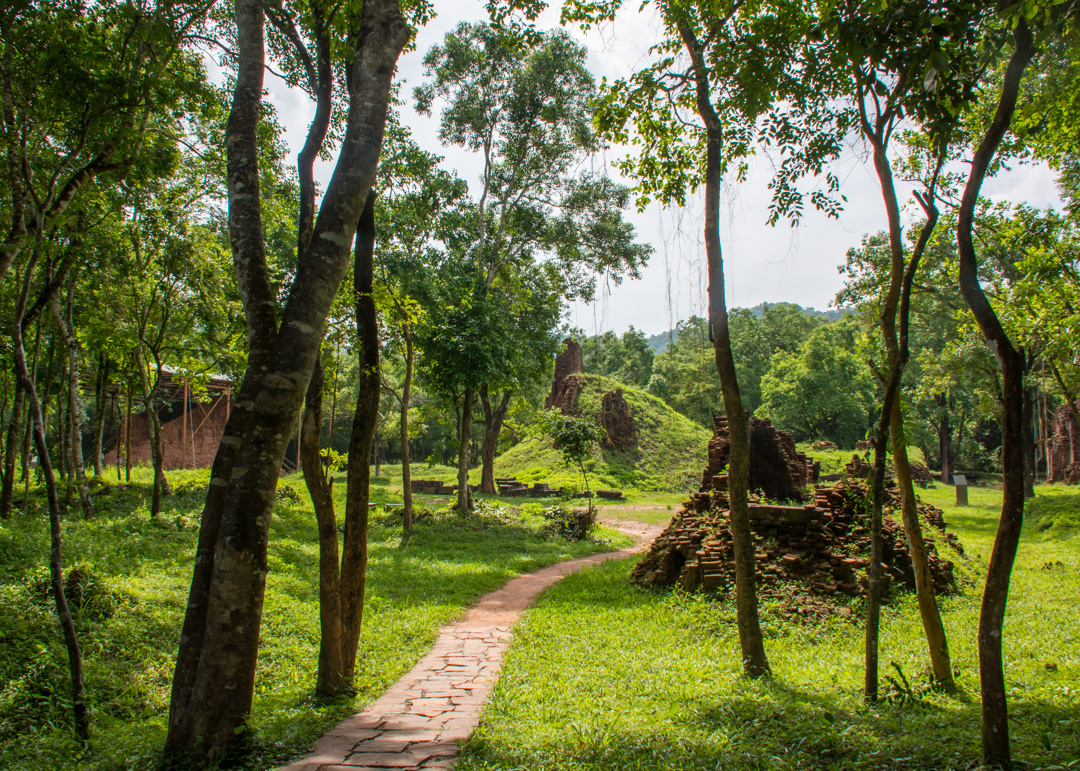
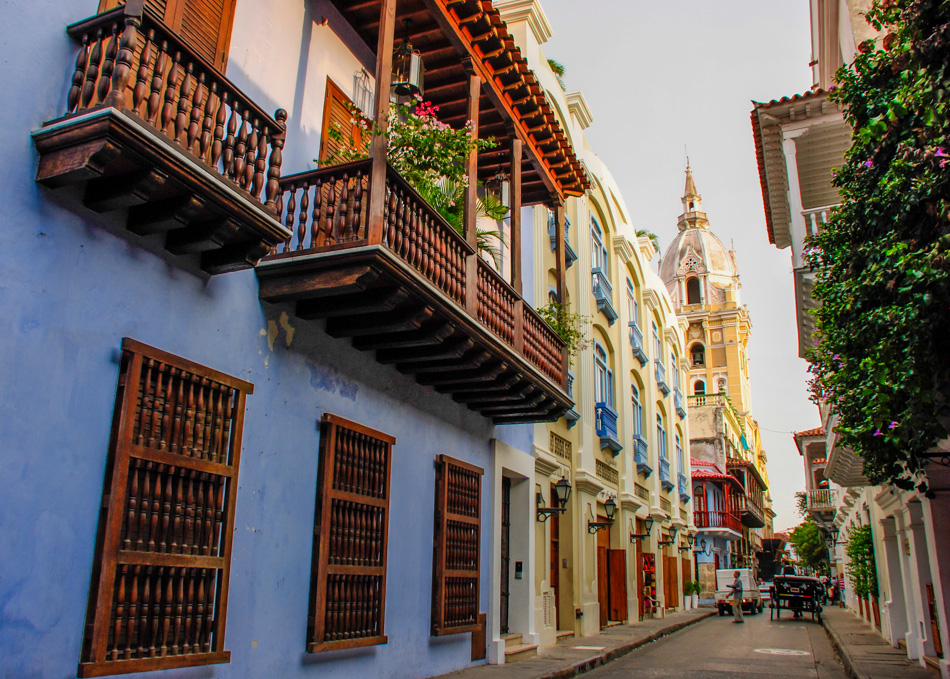
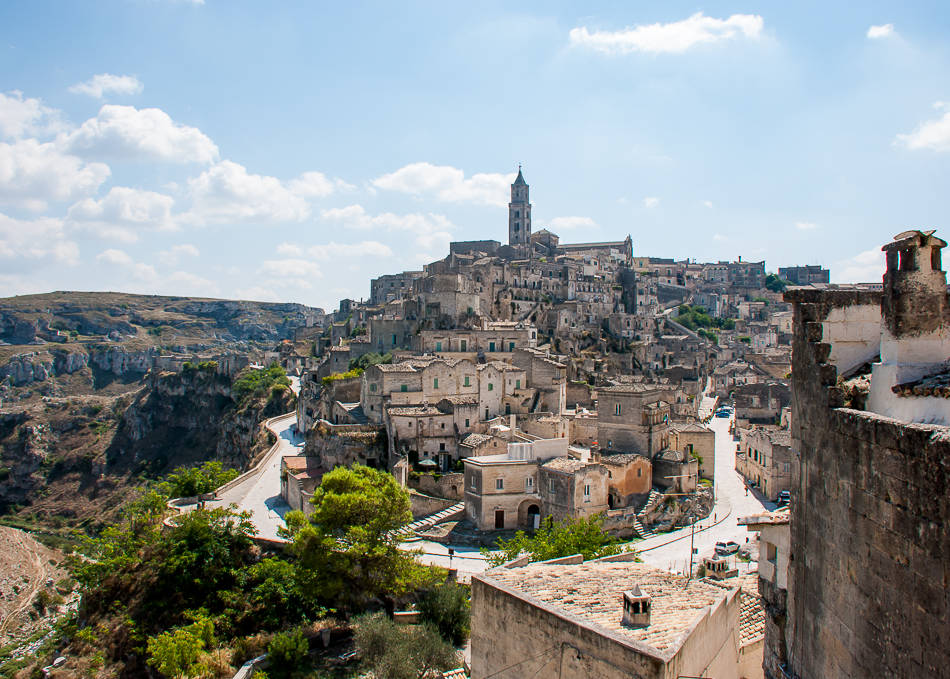



This is quite an impressive and delightful photo essay. Thank-you for sharing.
Dave Anderson from Parksville, Vancouver Island, B.C. Canada.
Thanks, Dave!
Beautiful photosgraphs of Hoi An